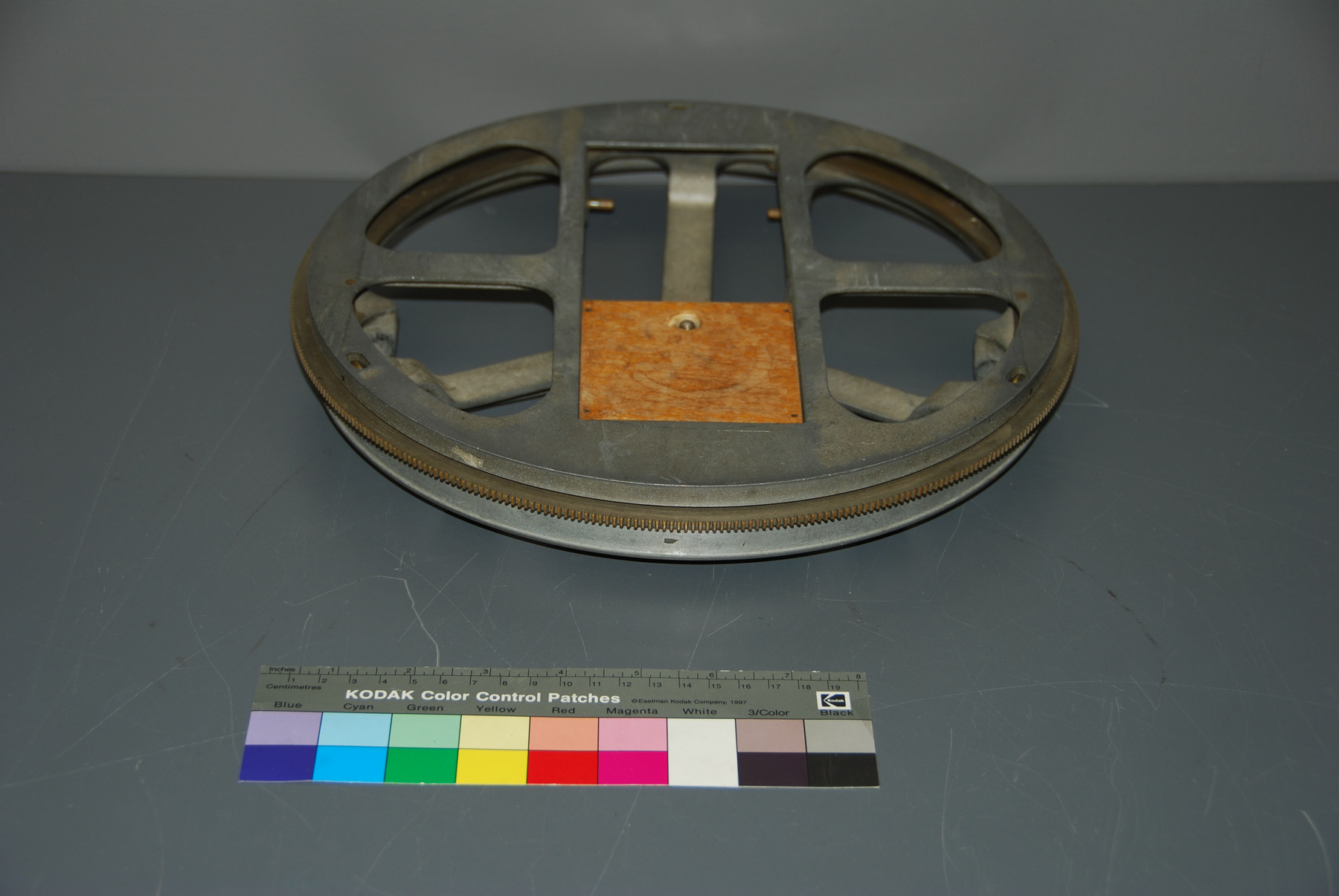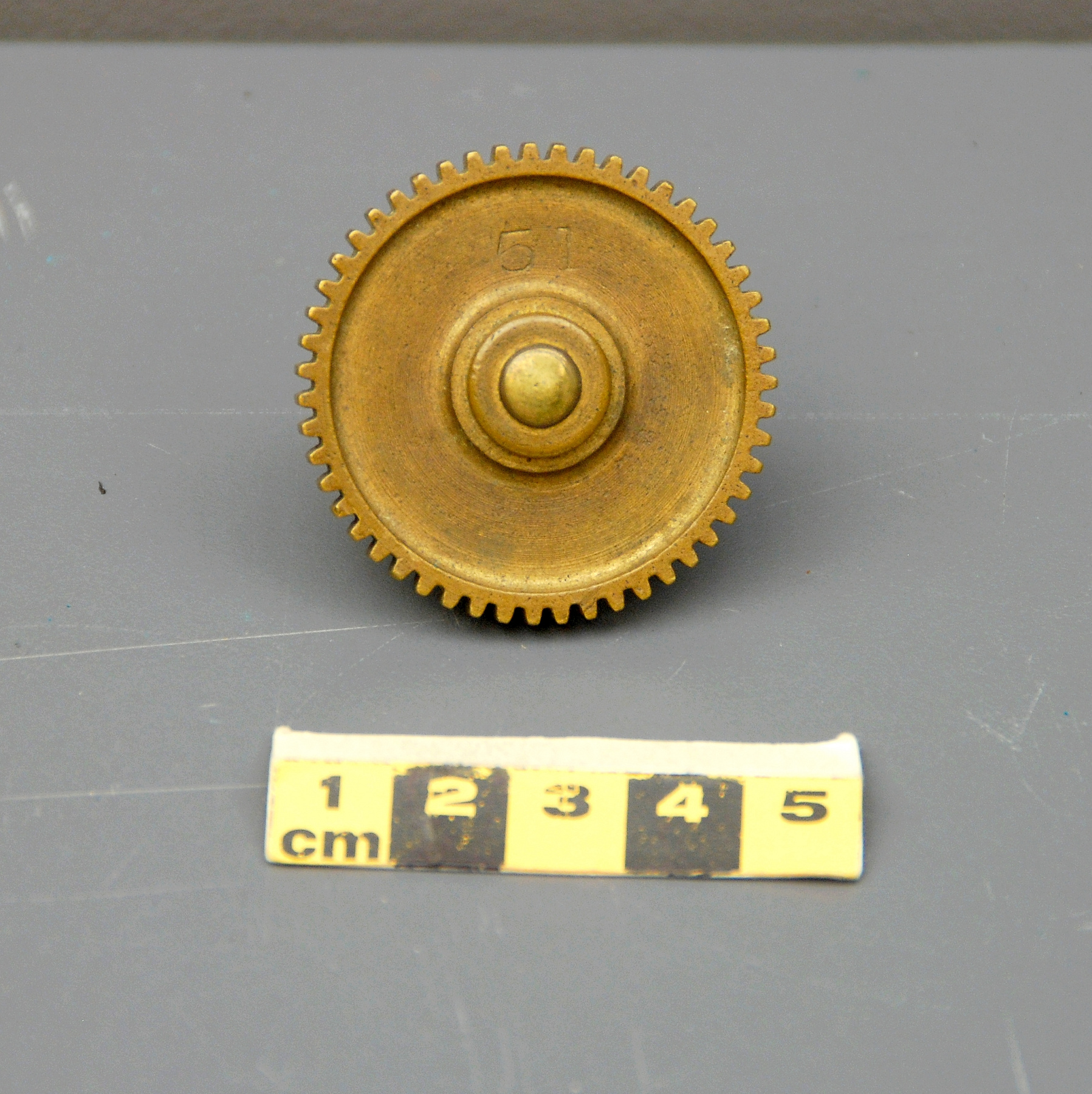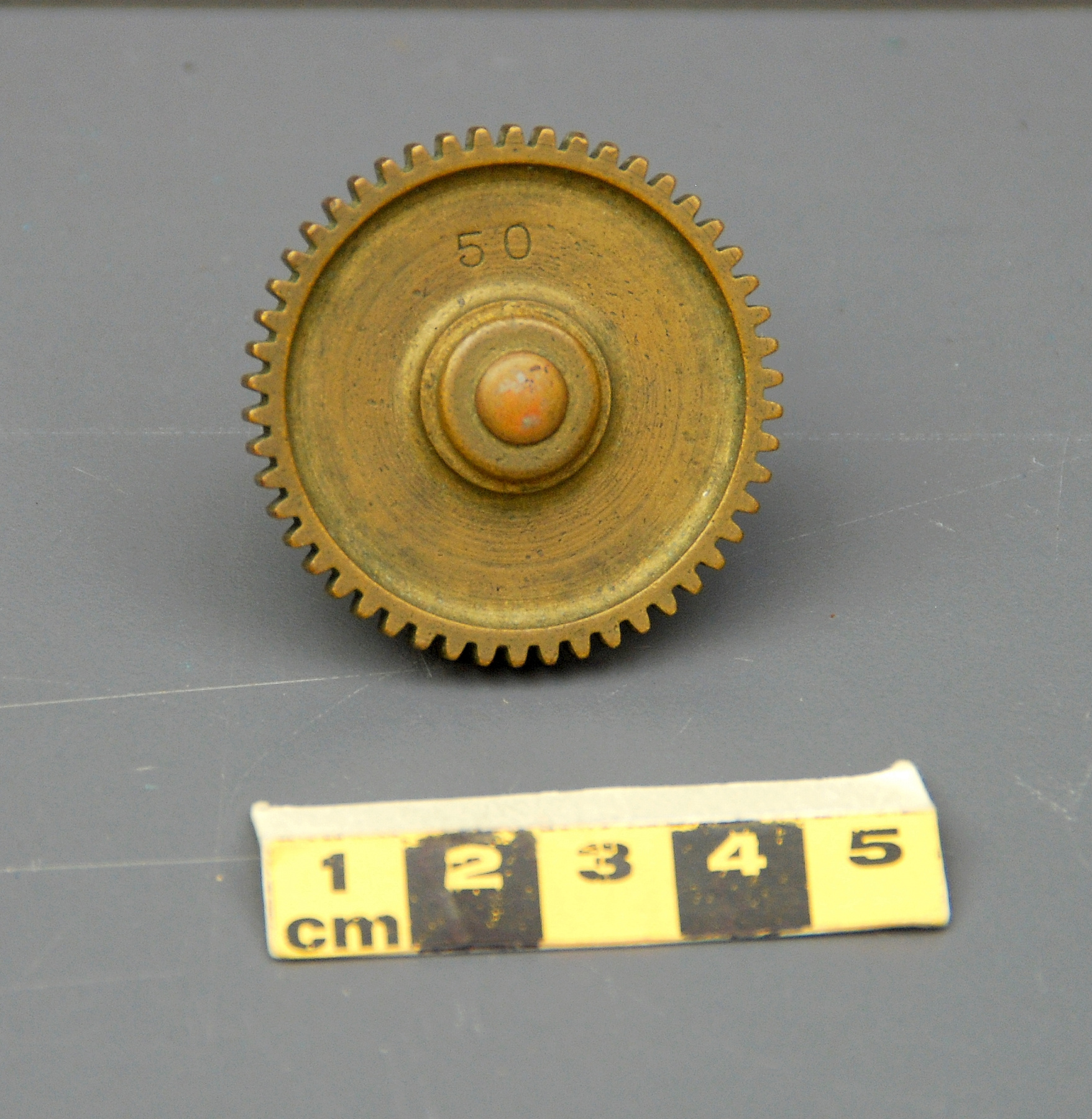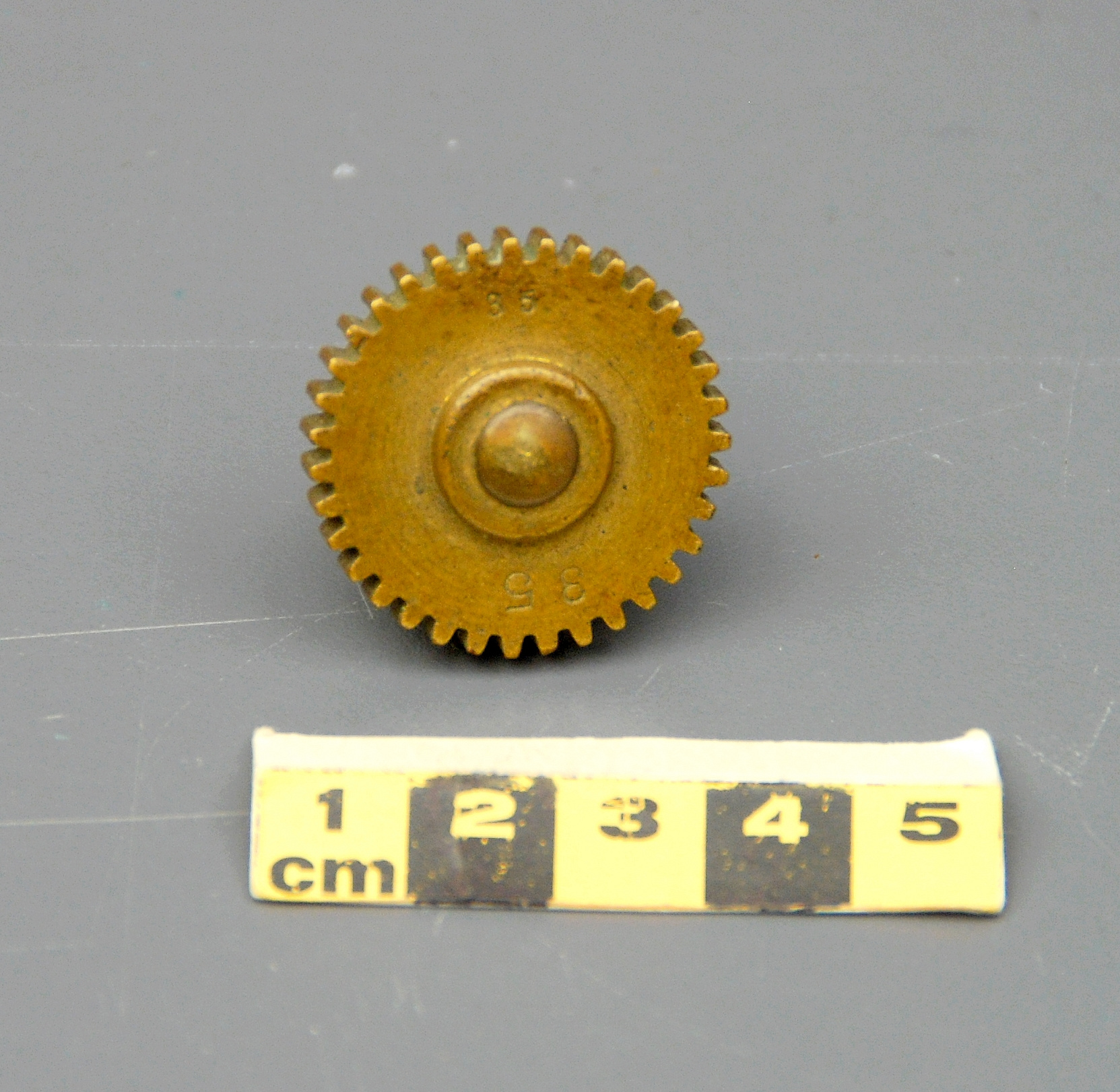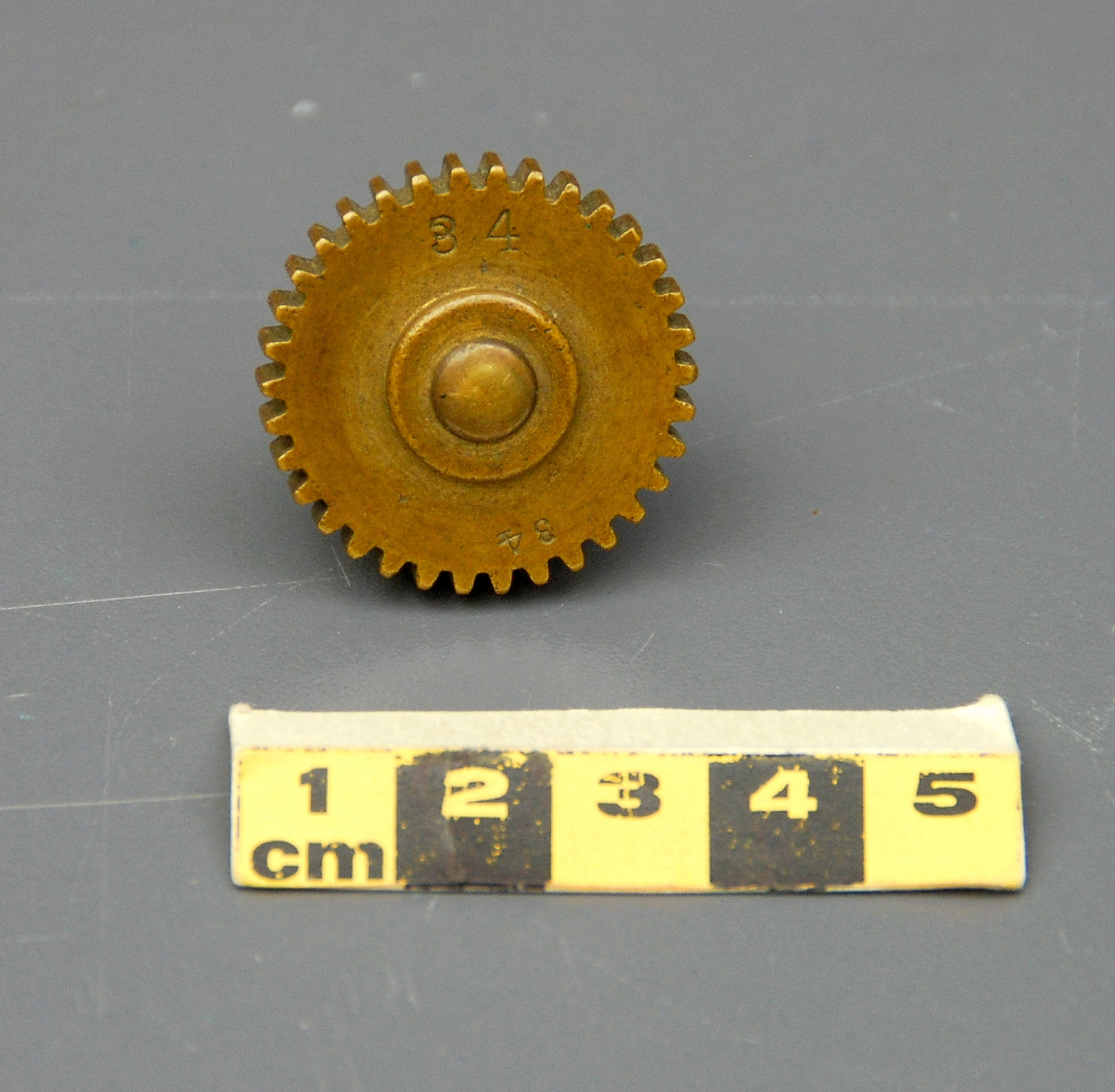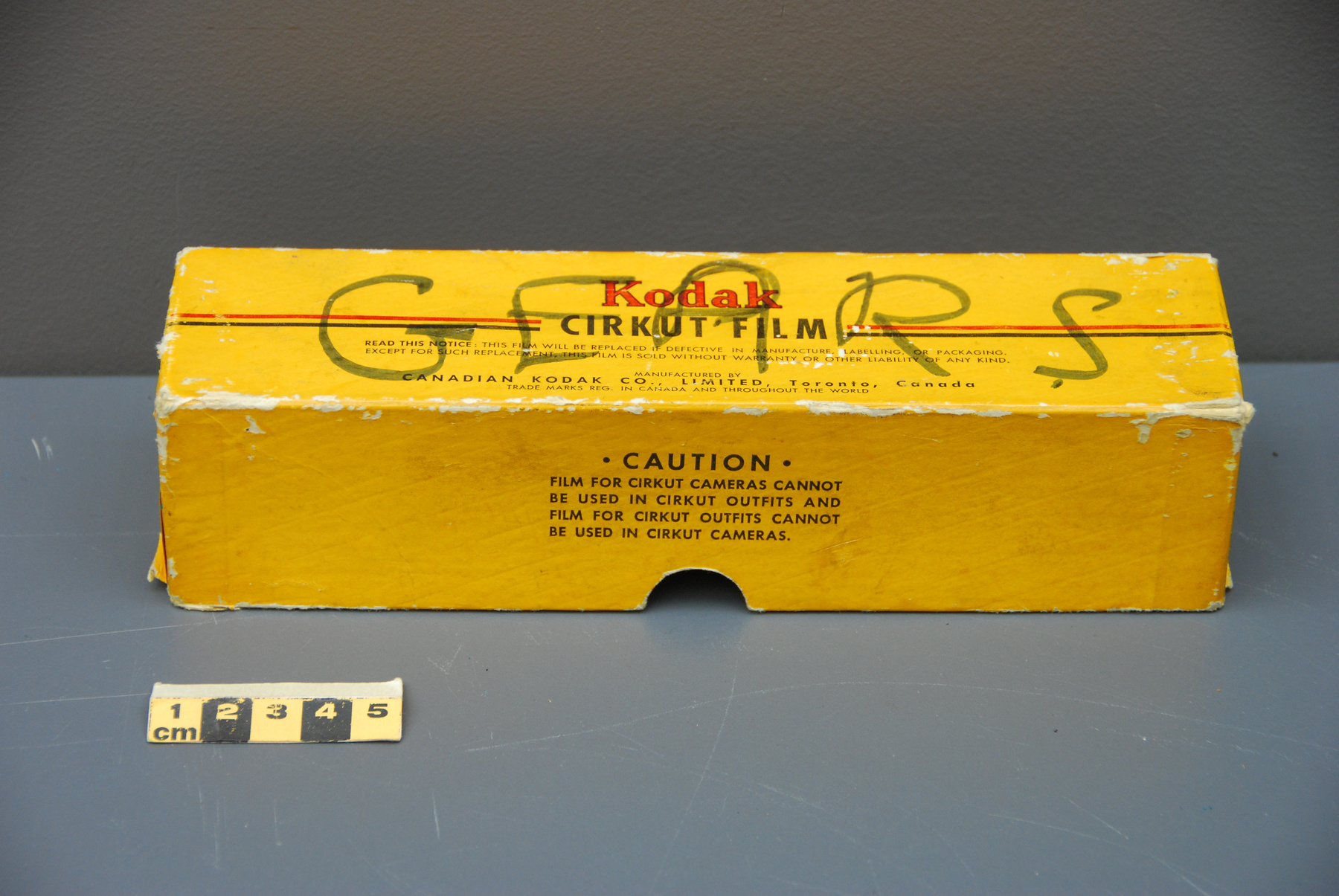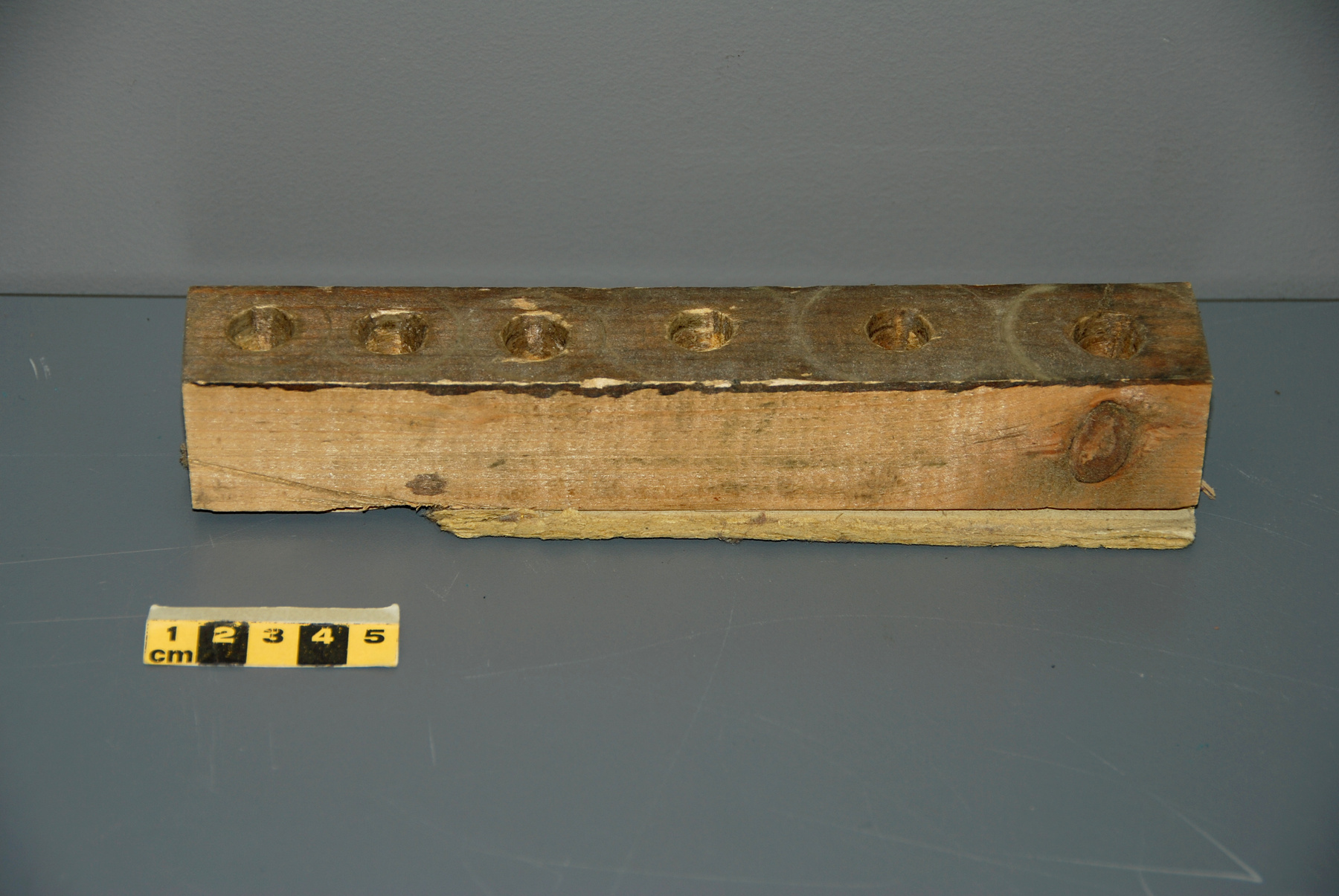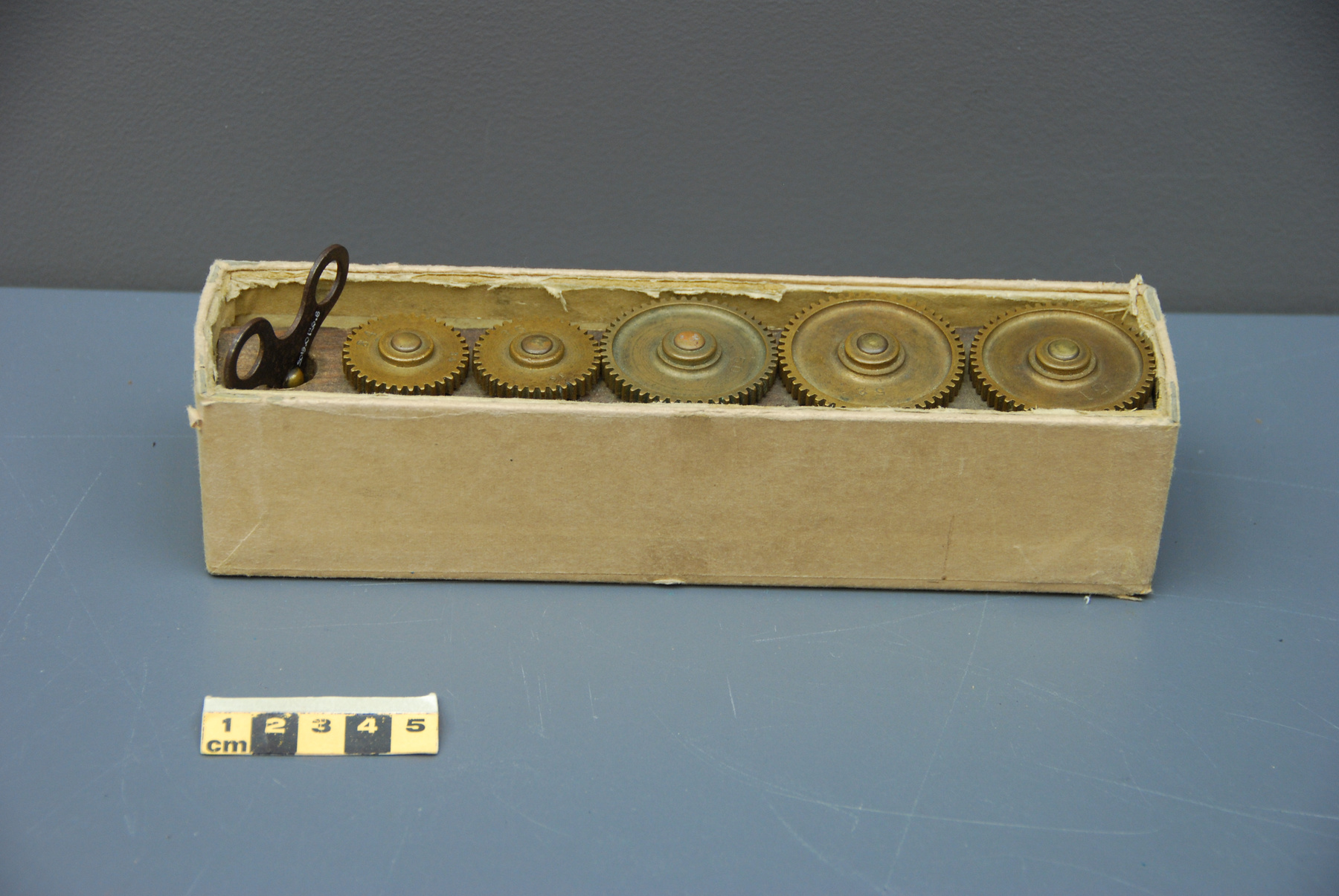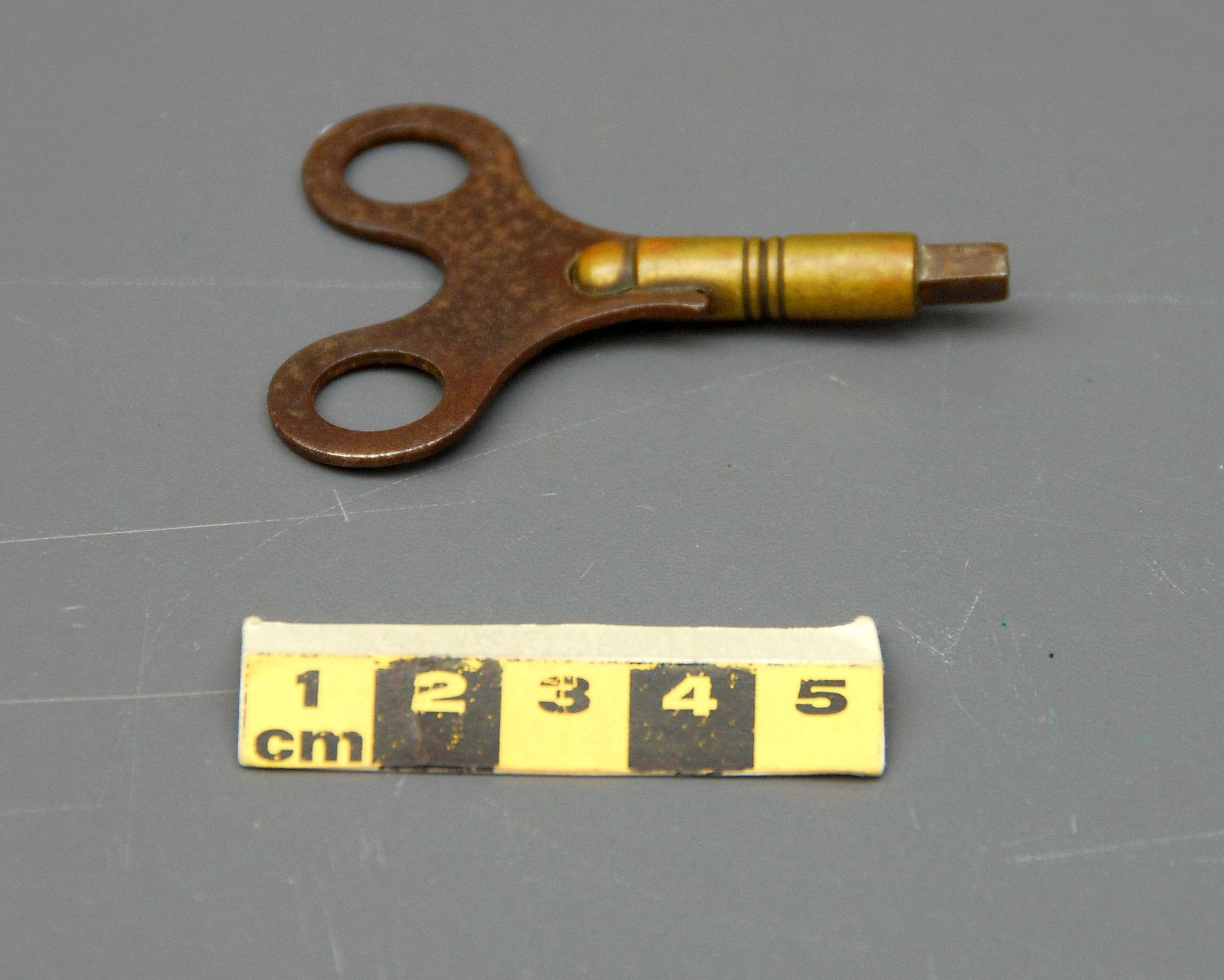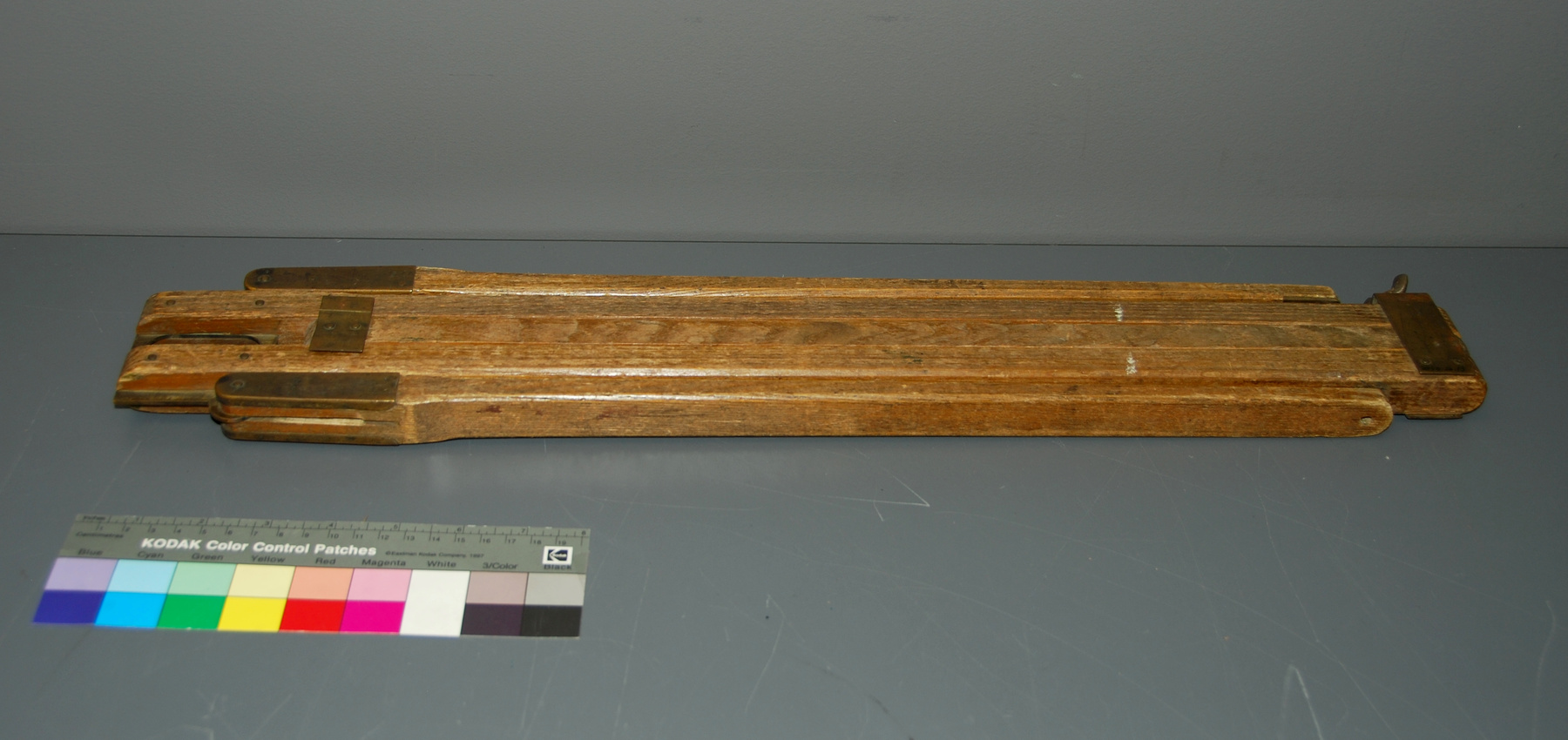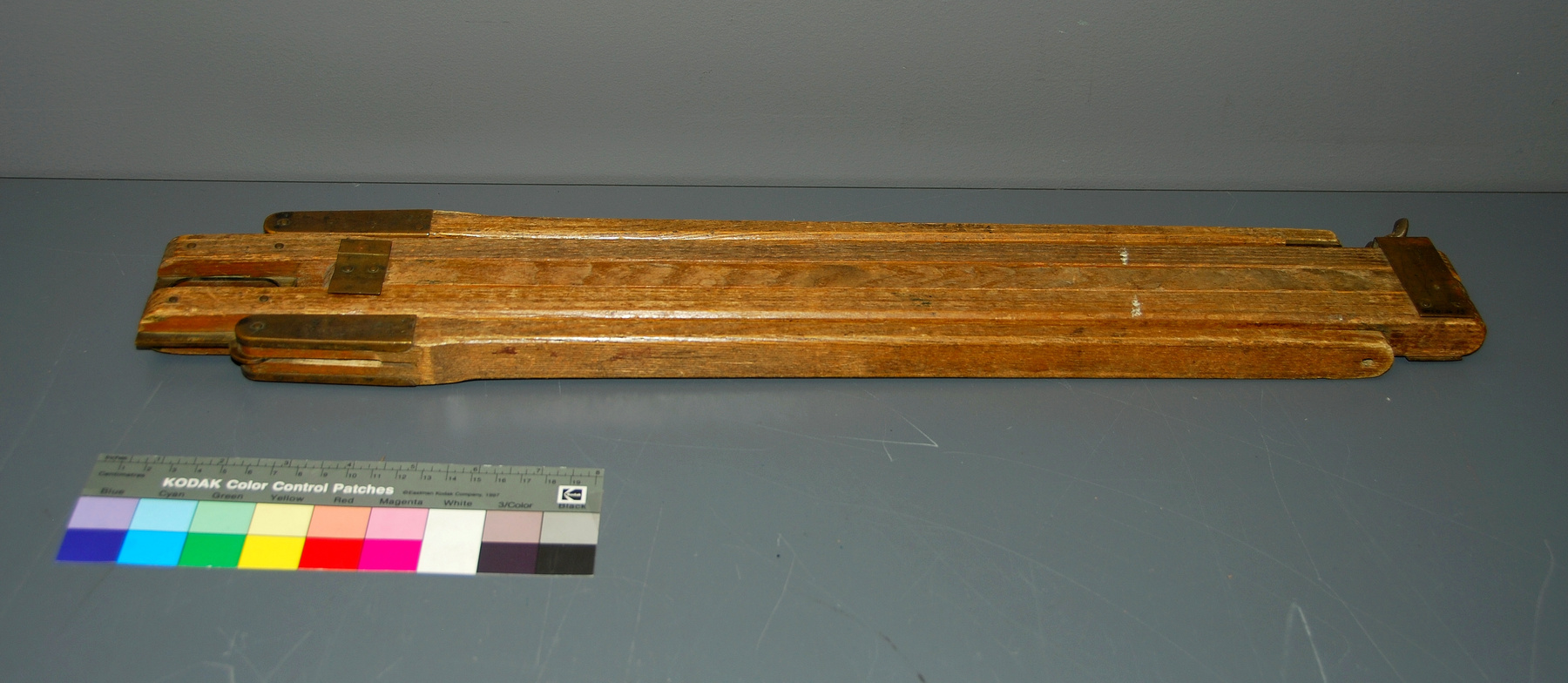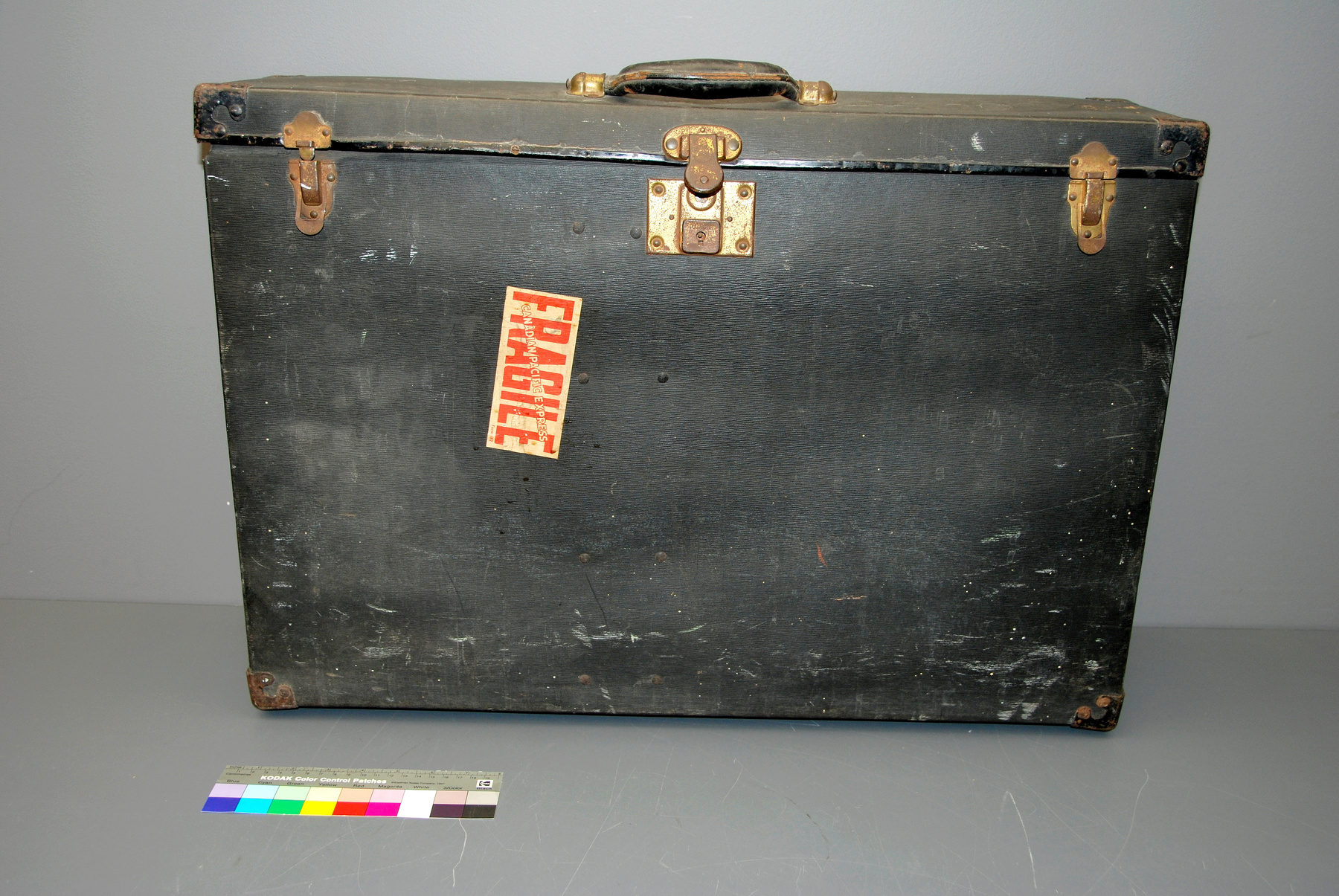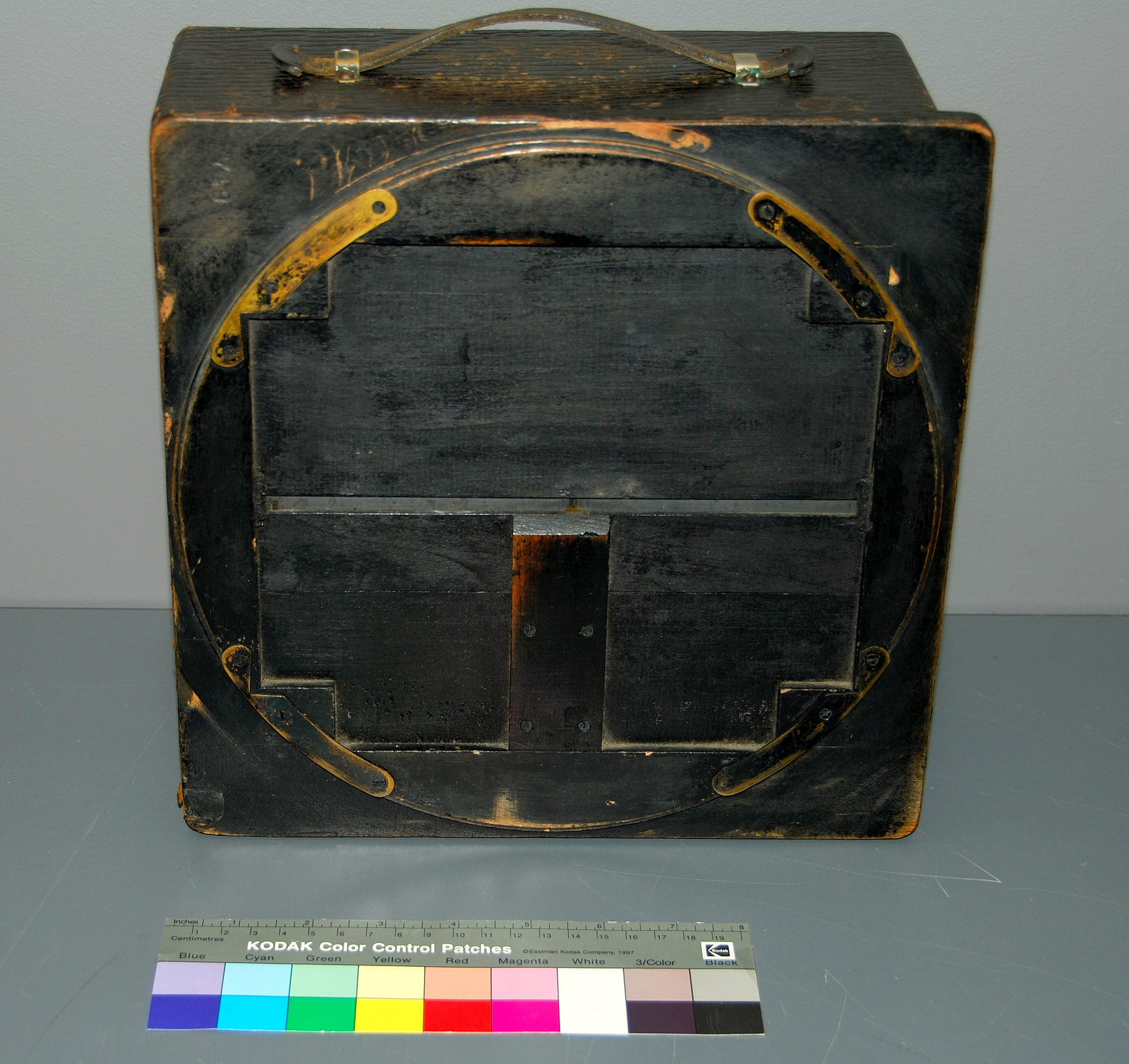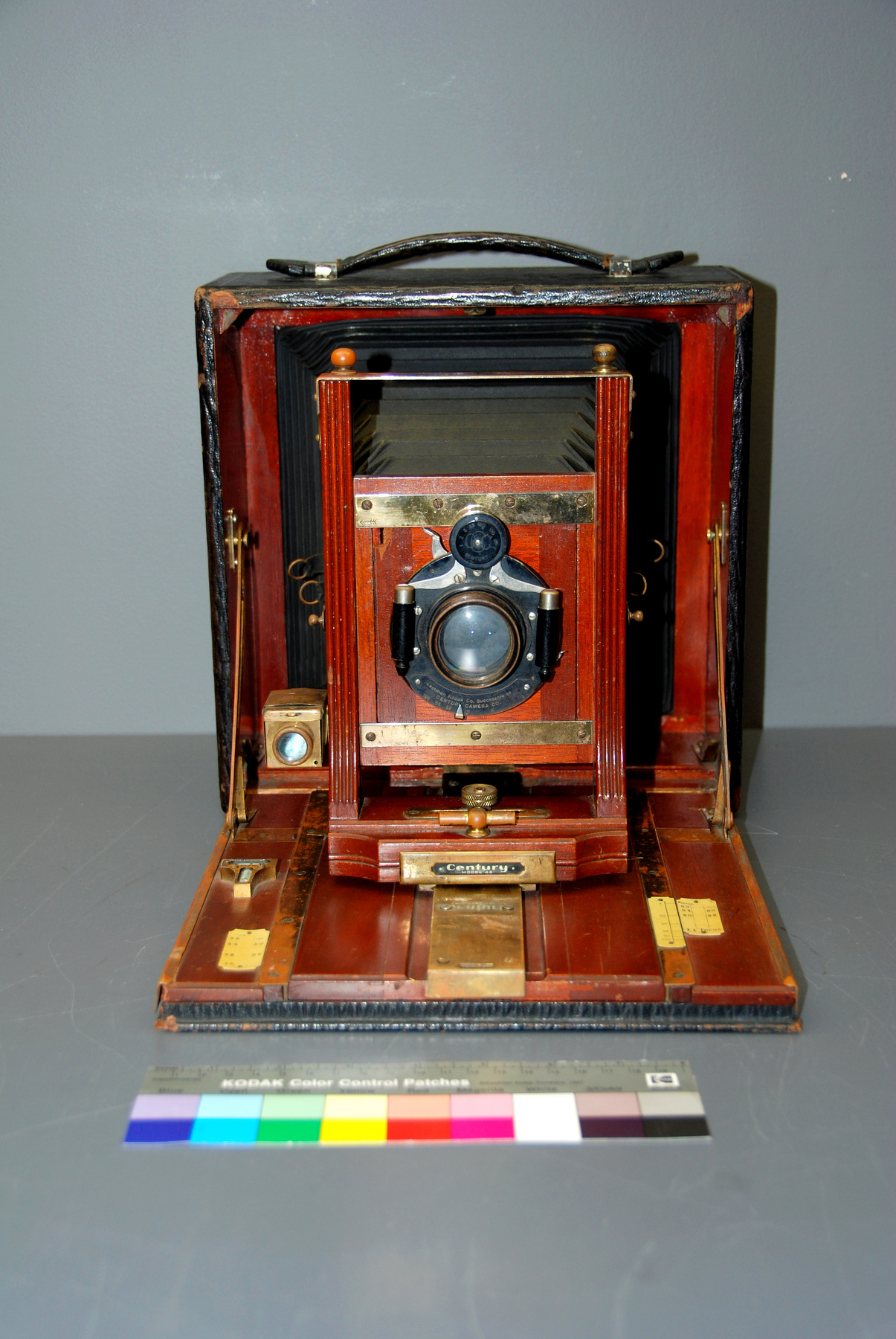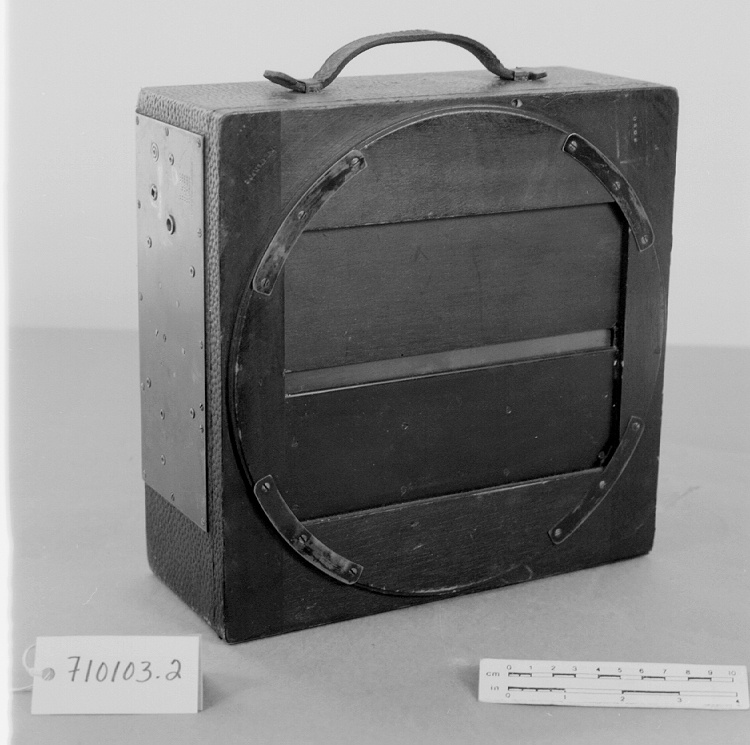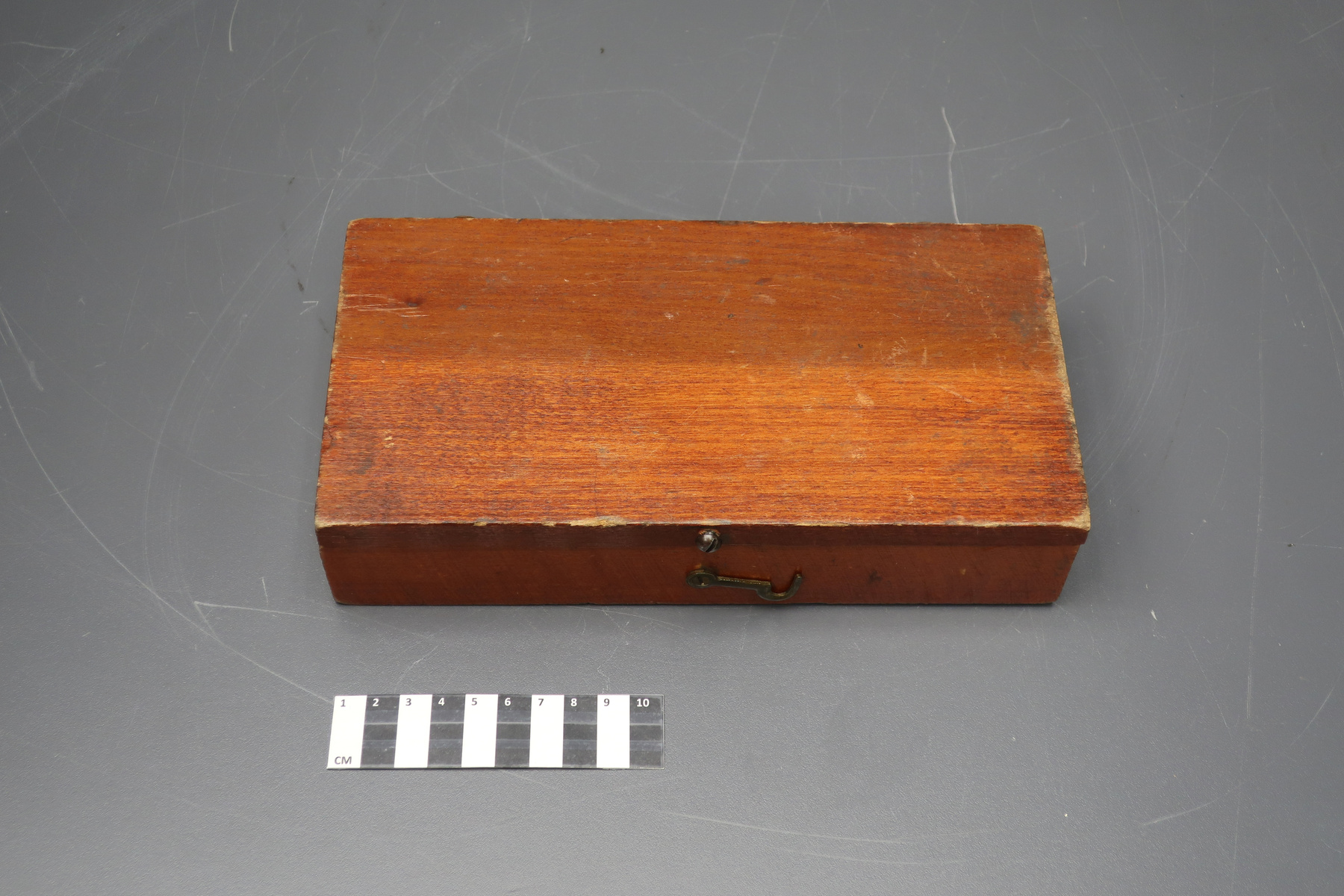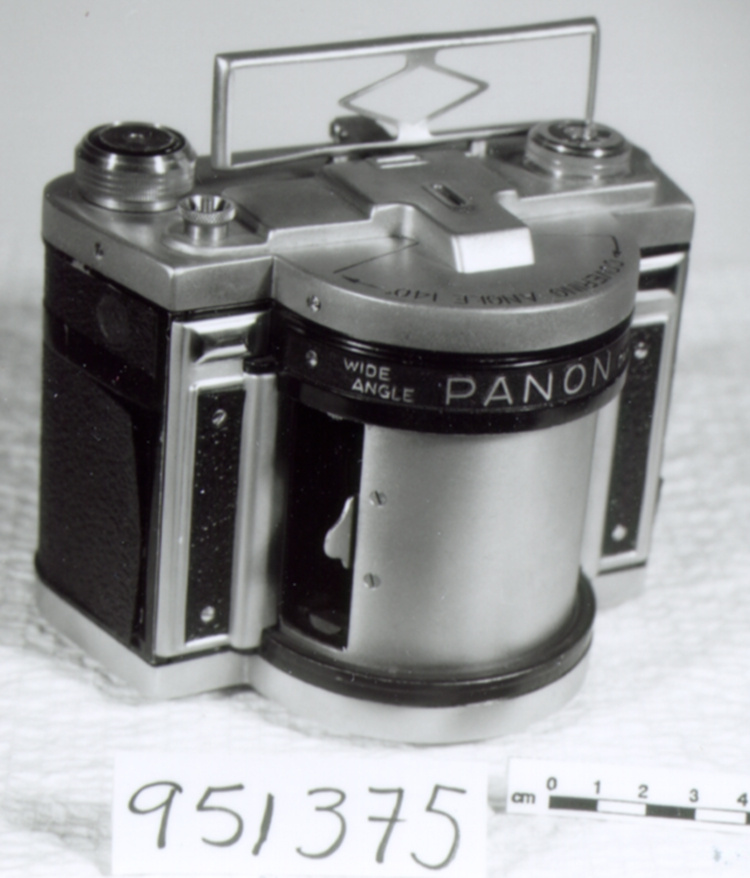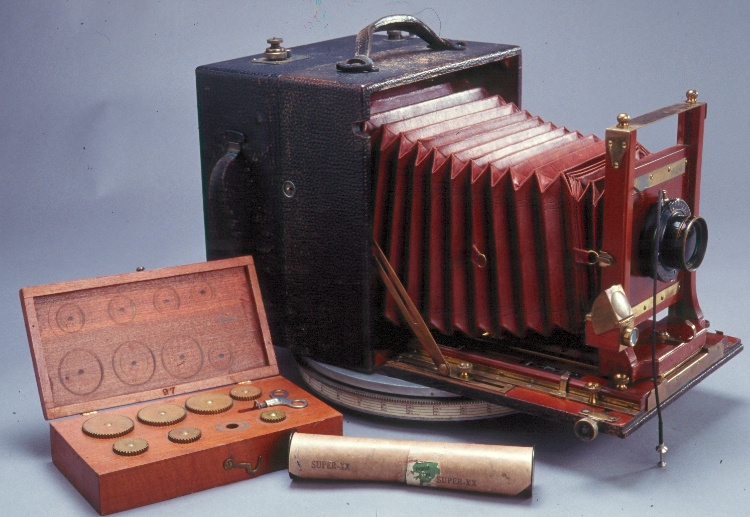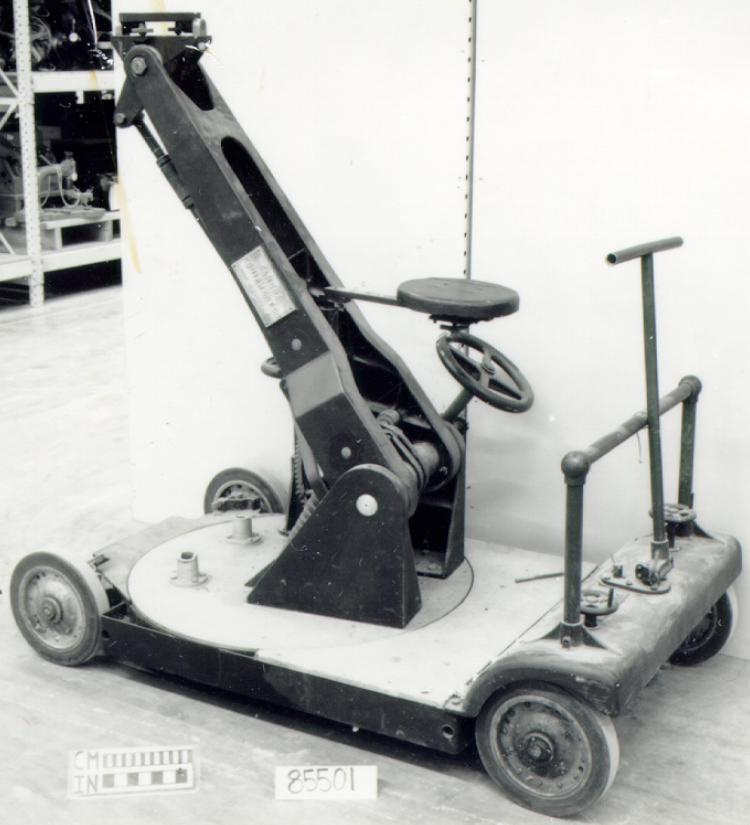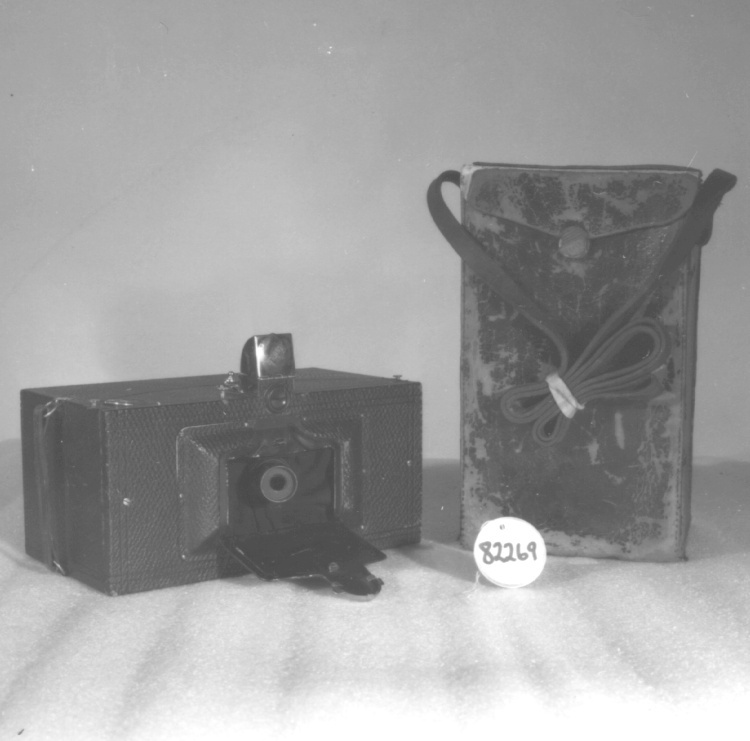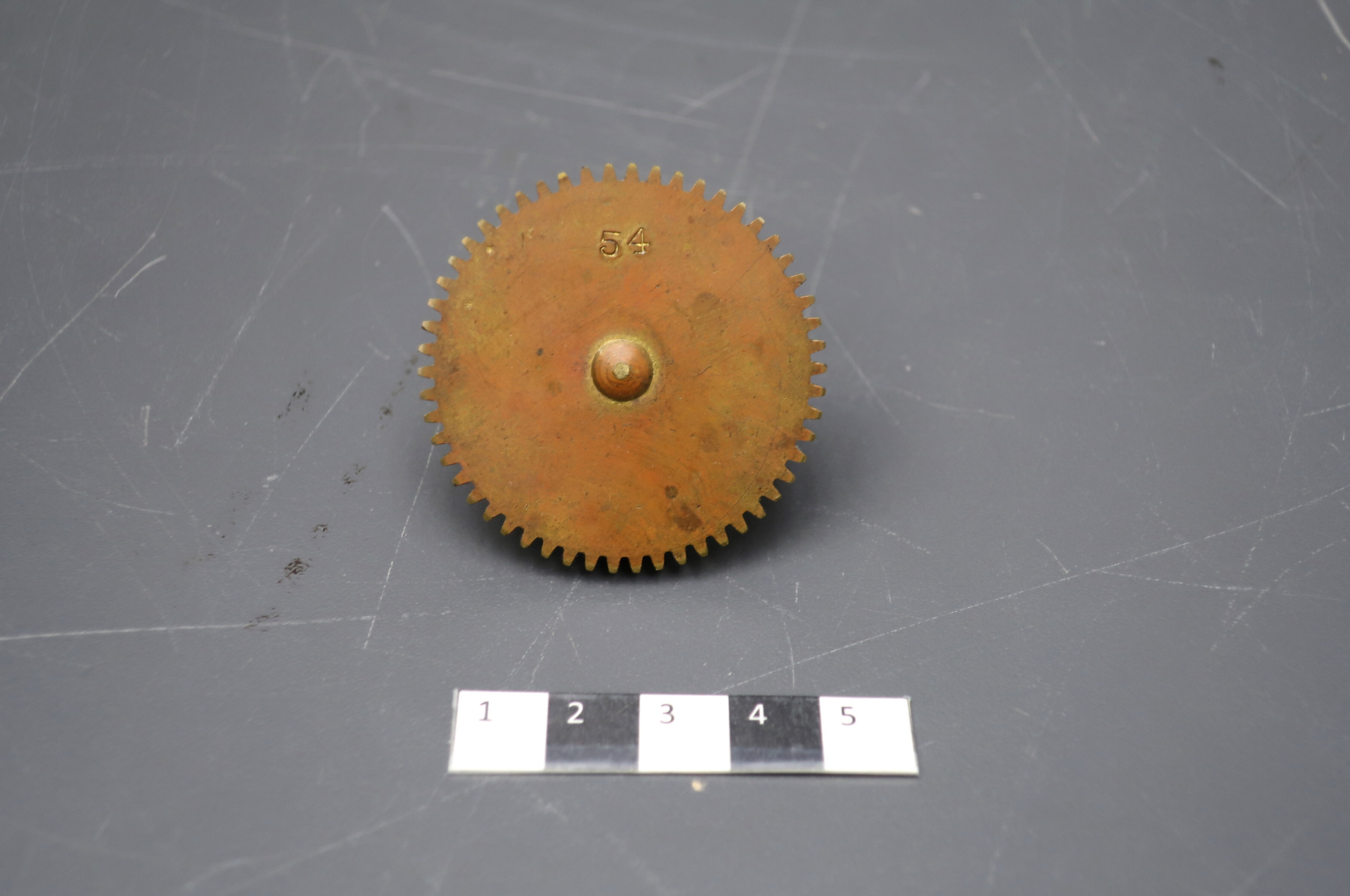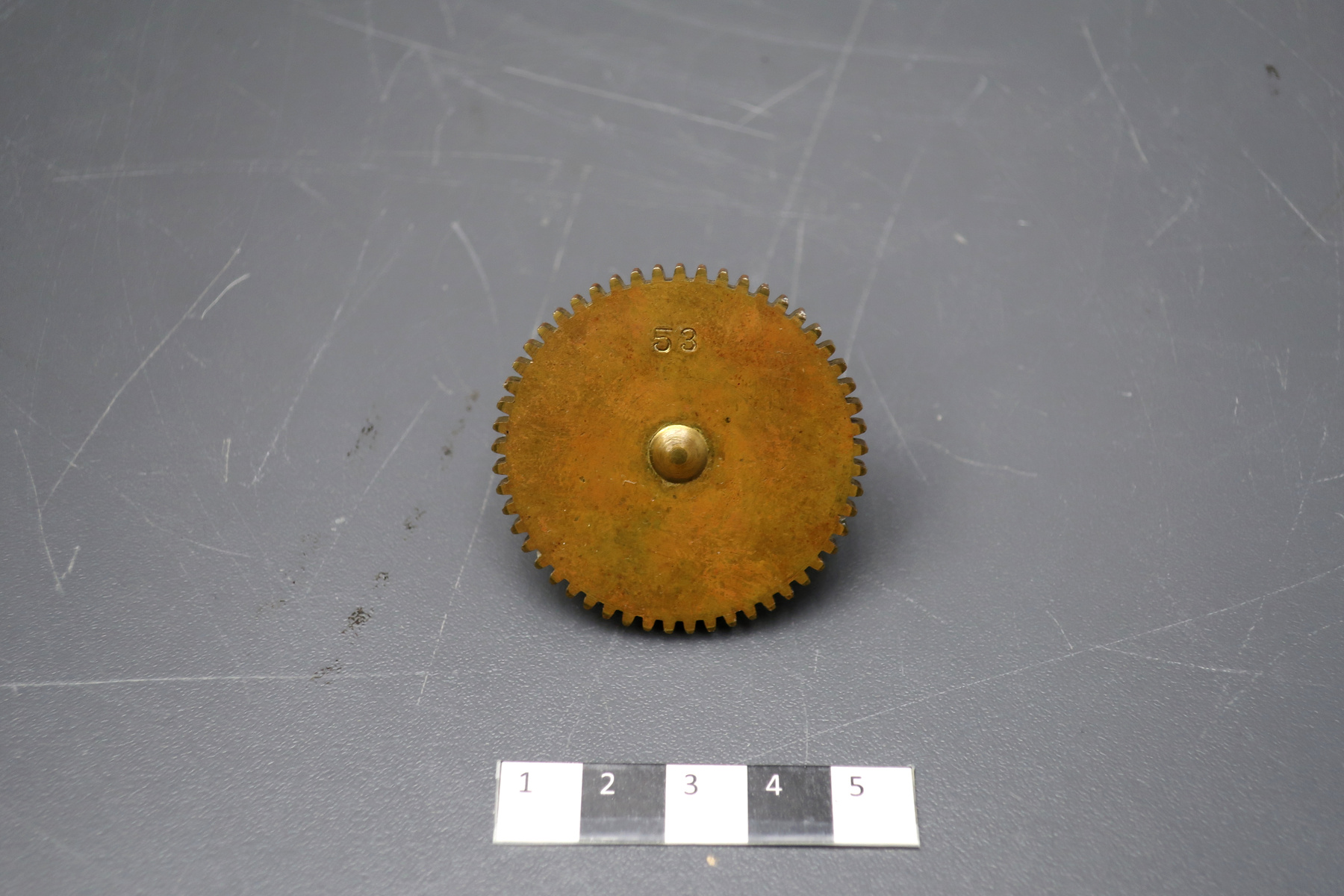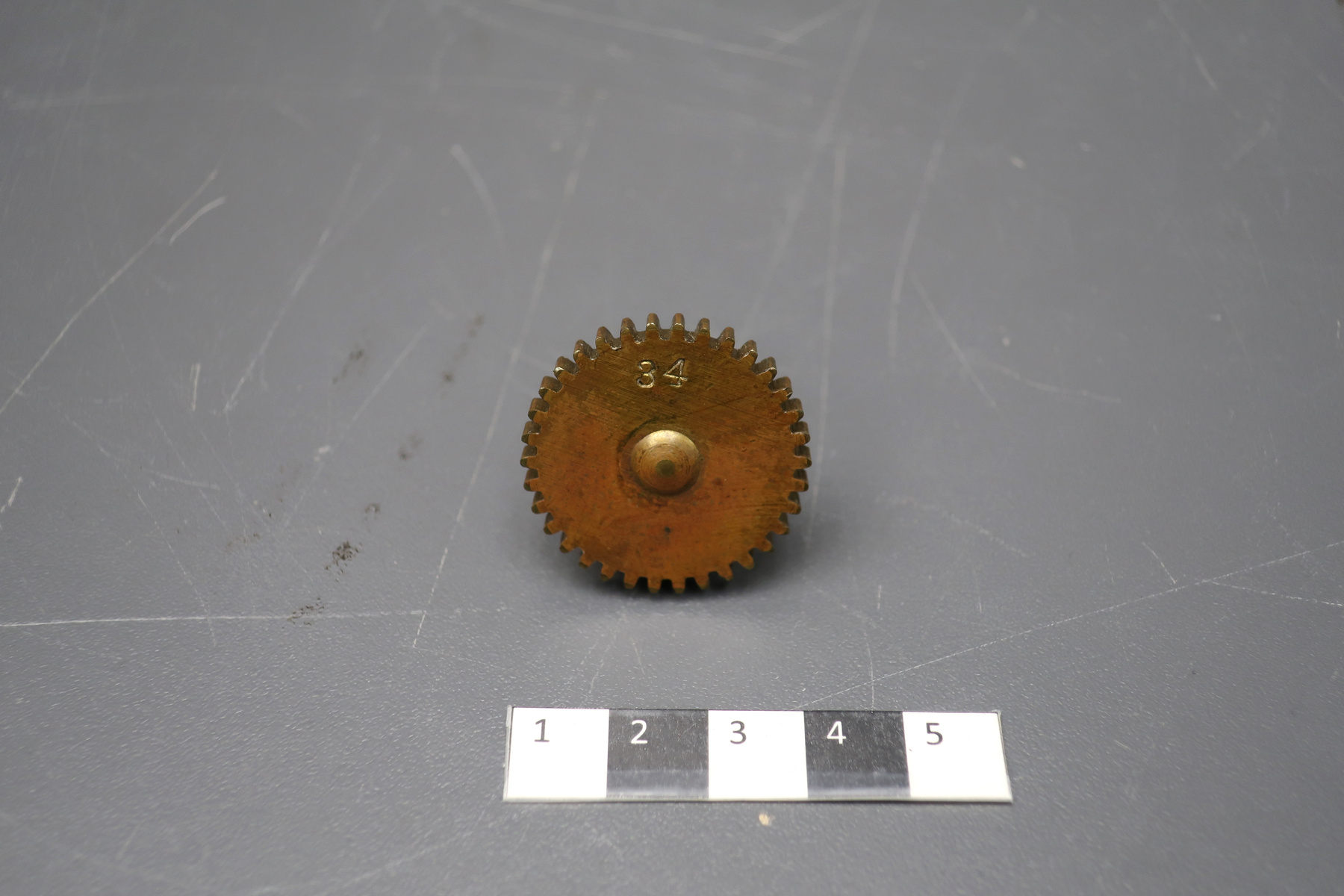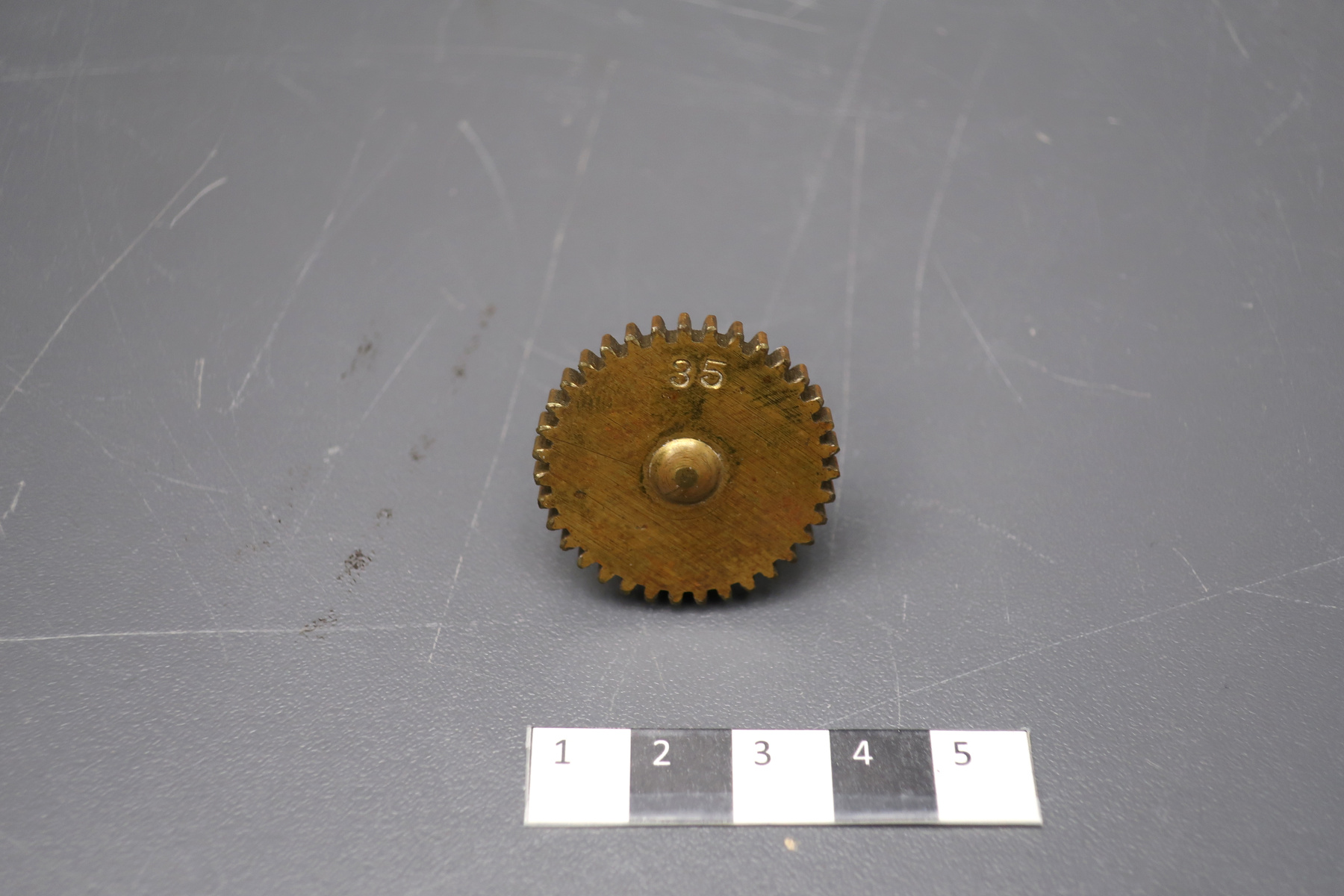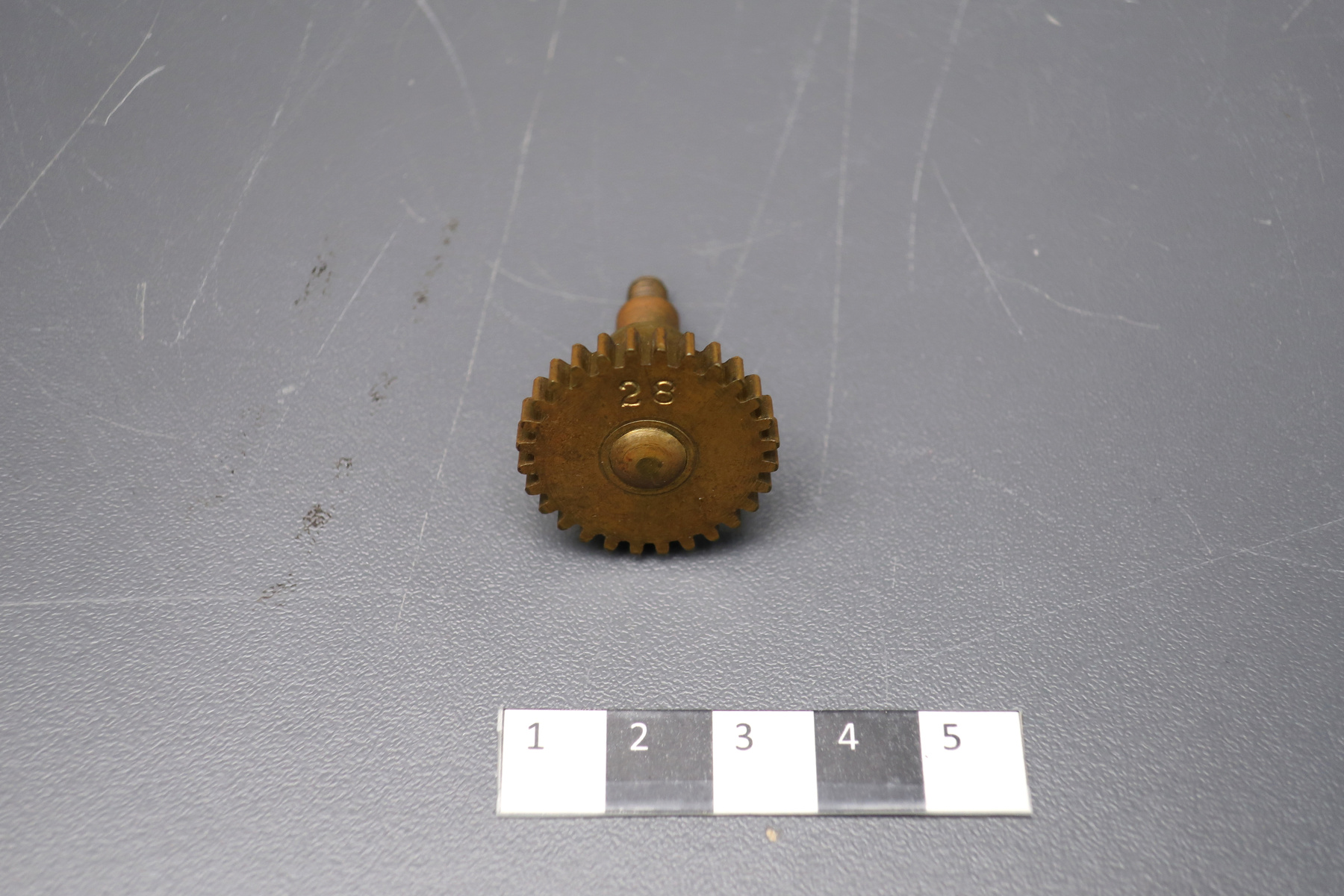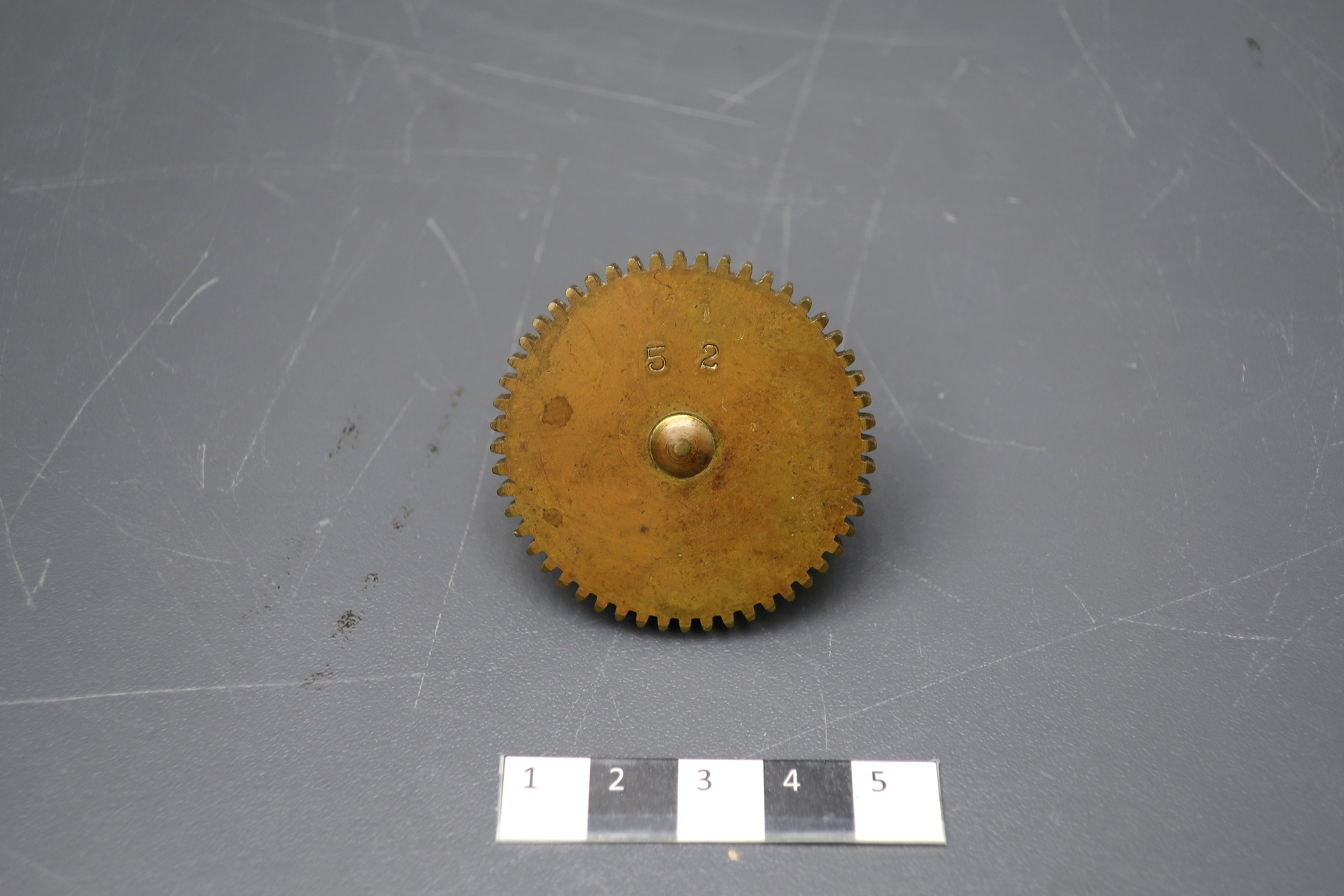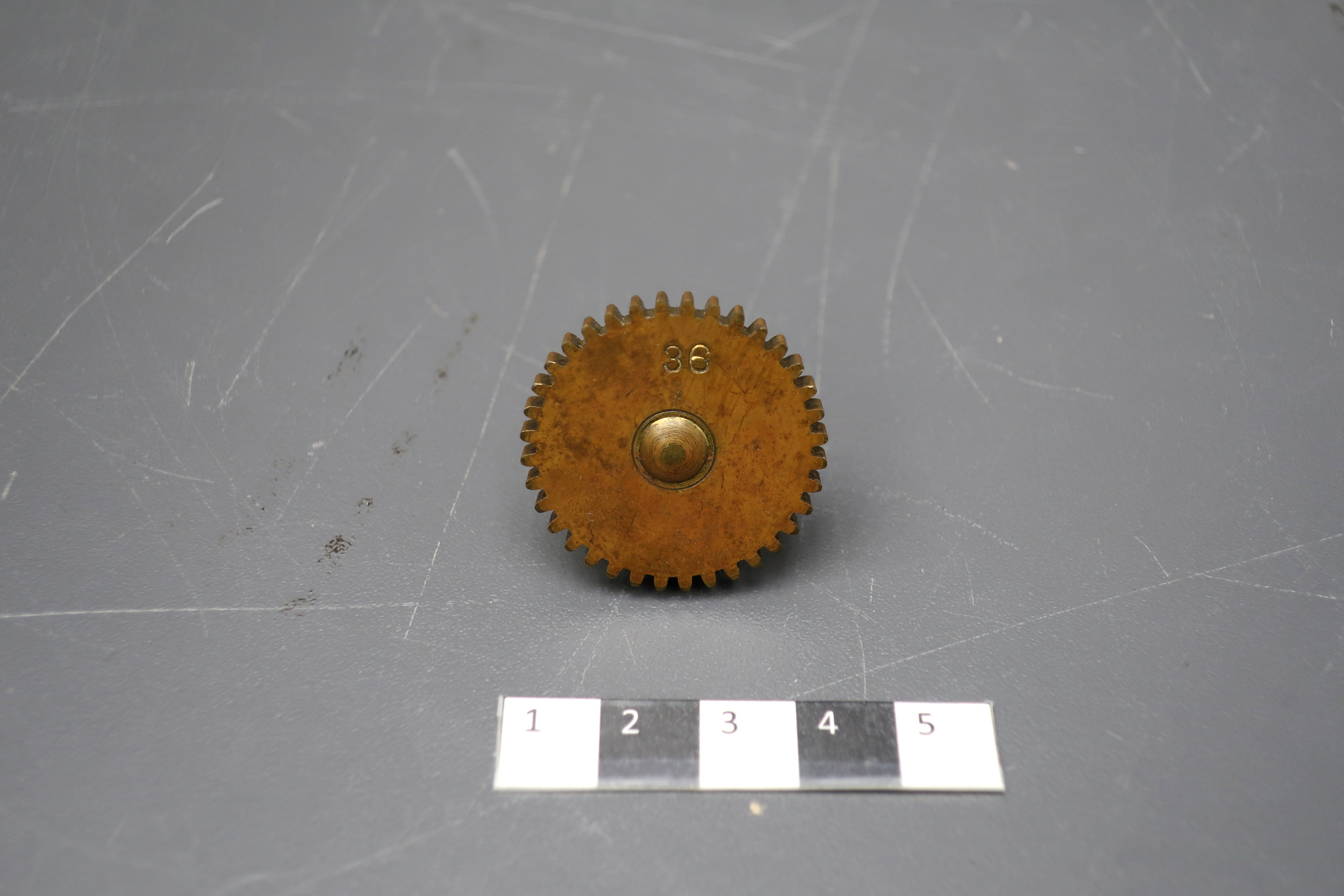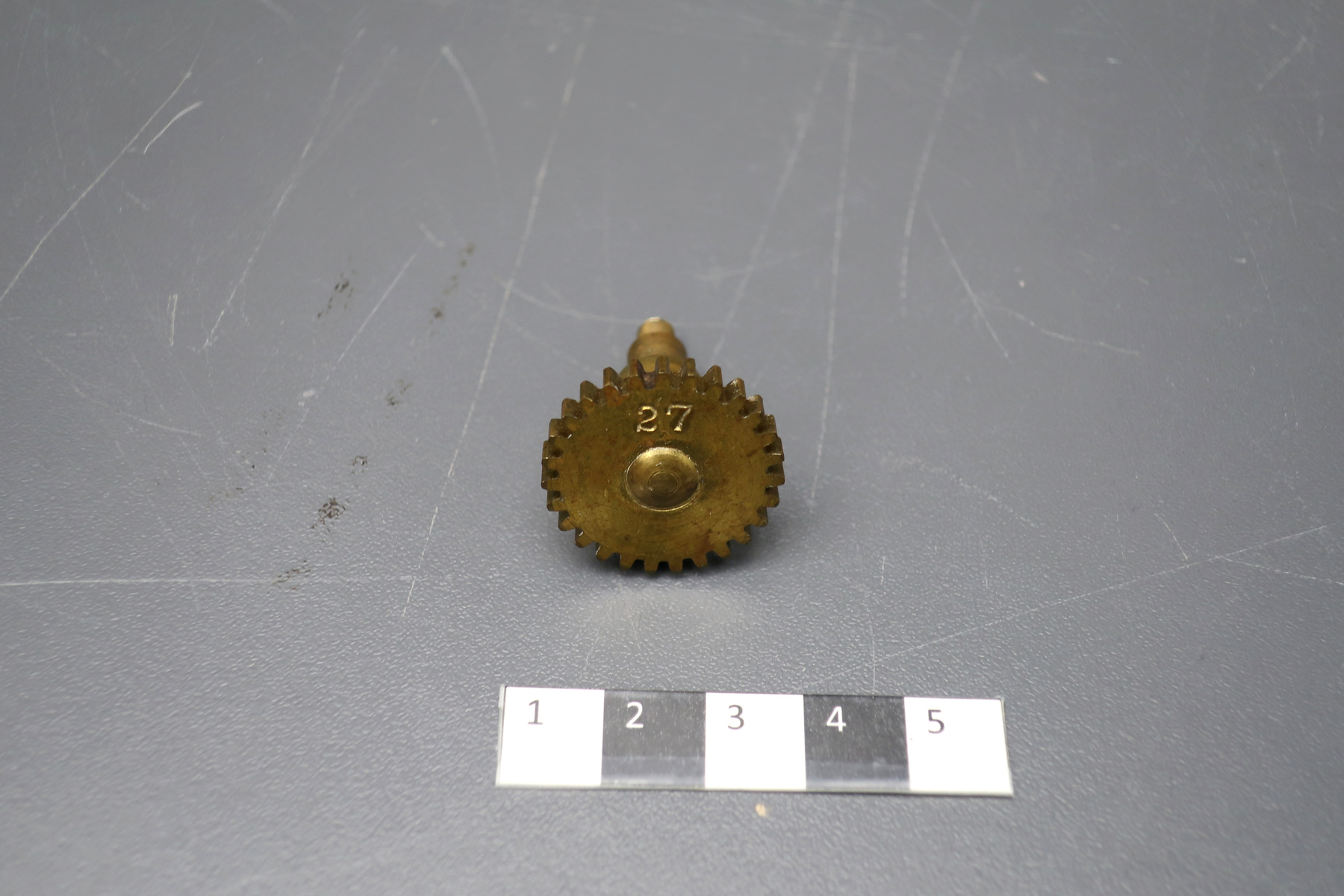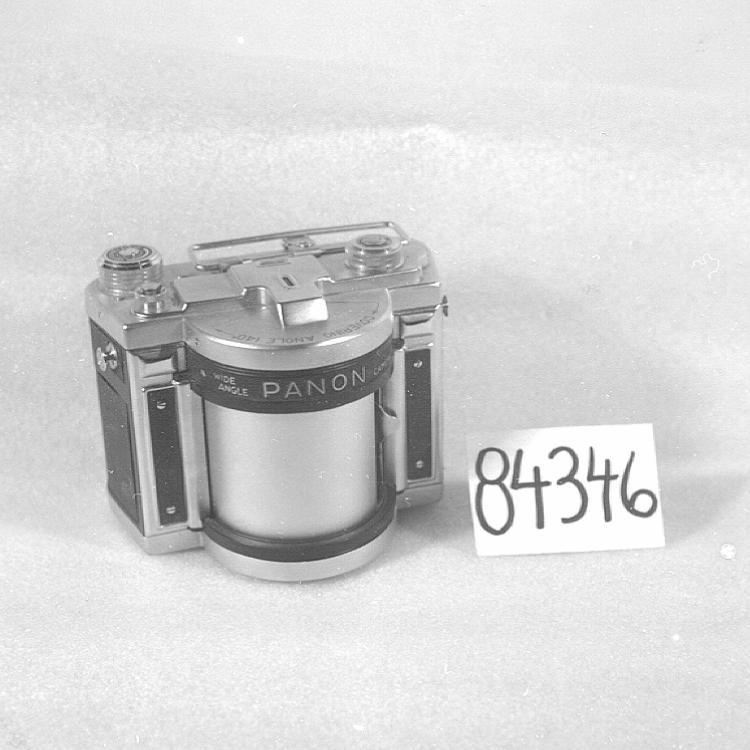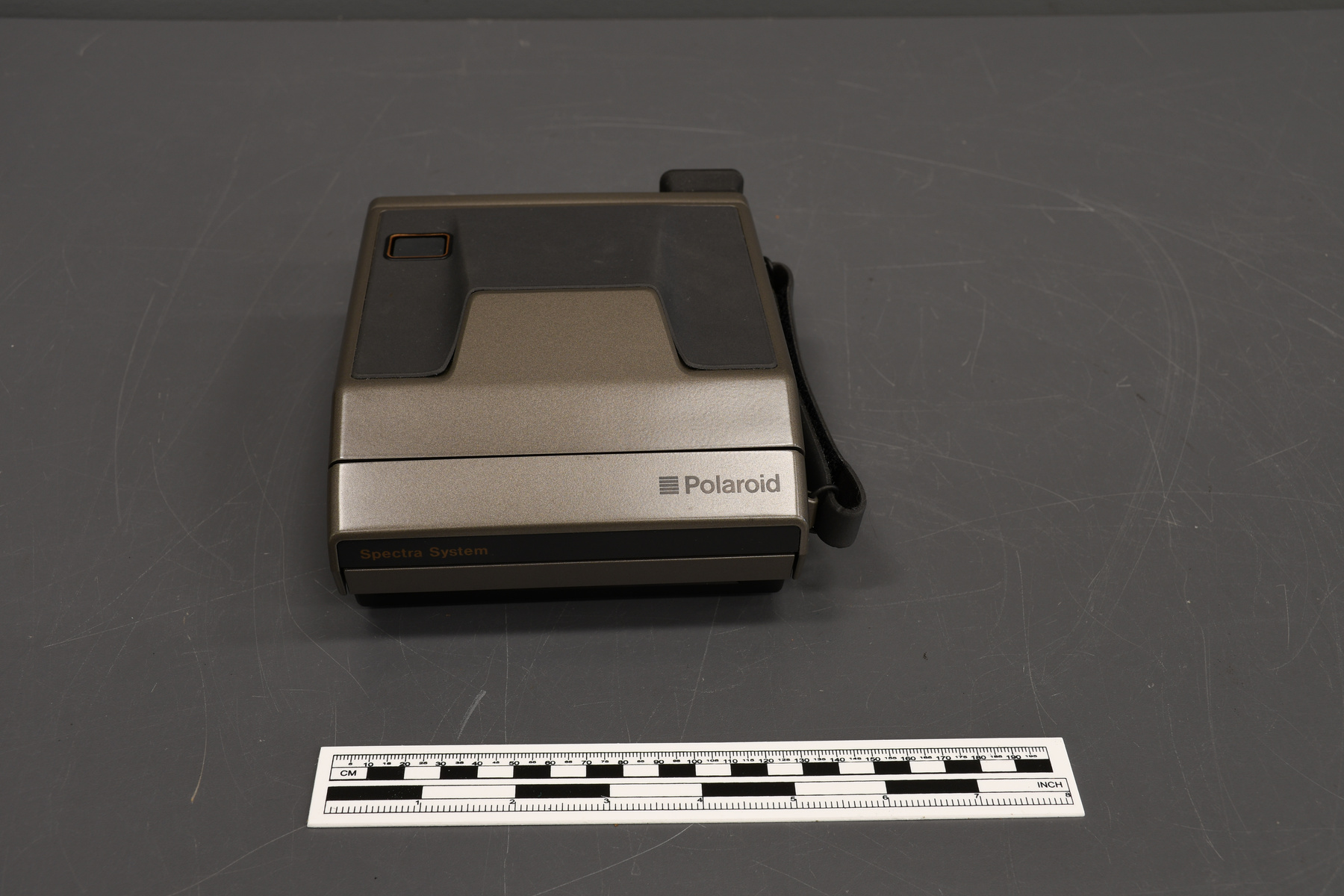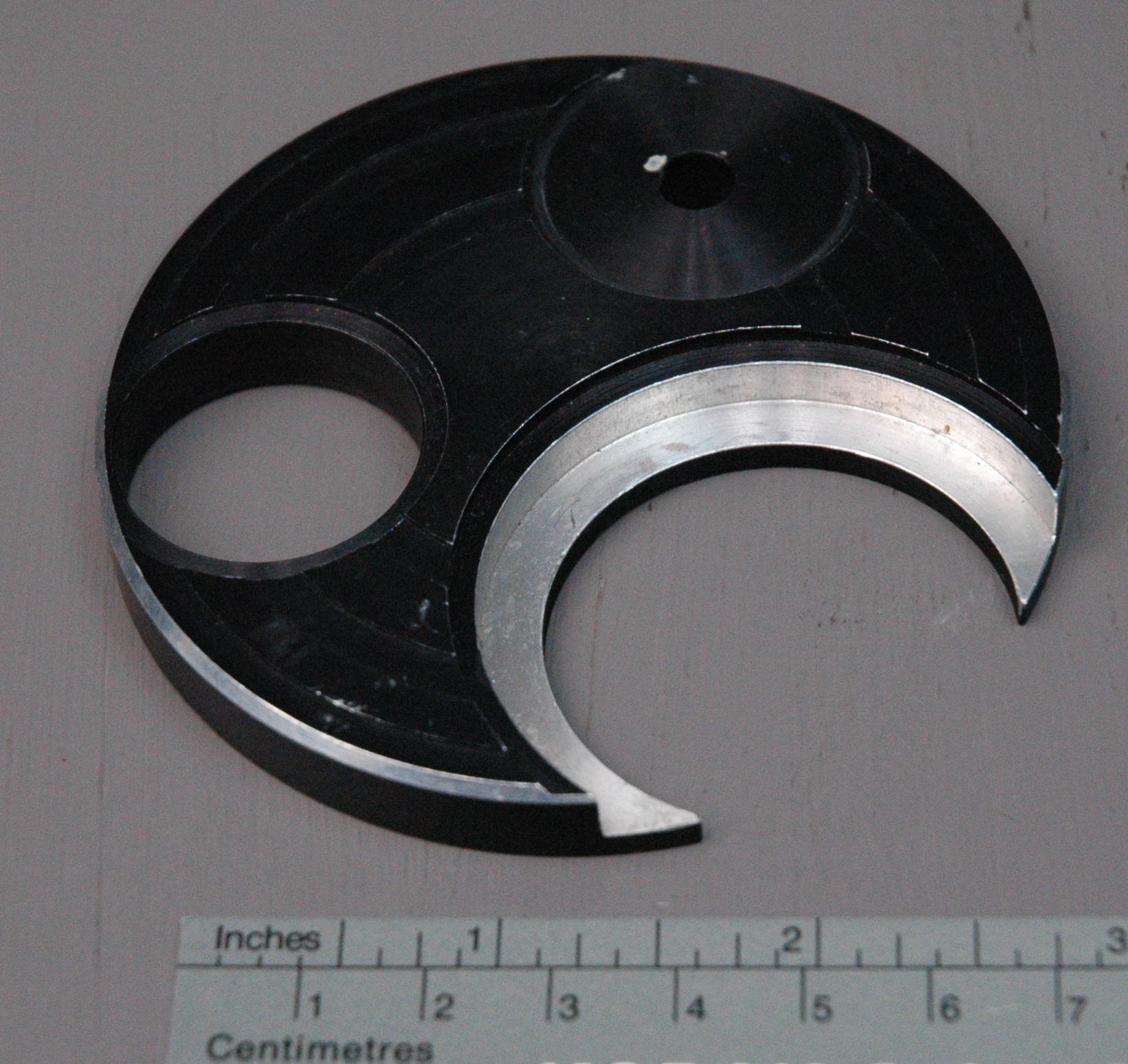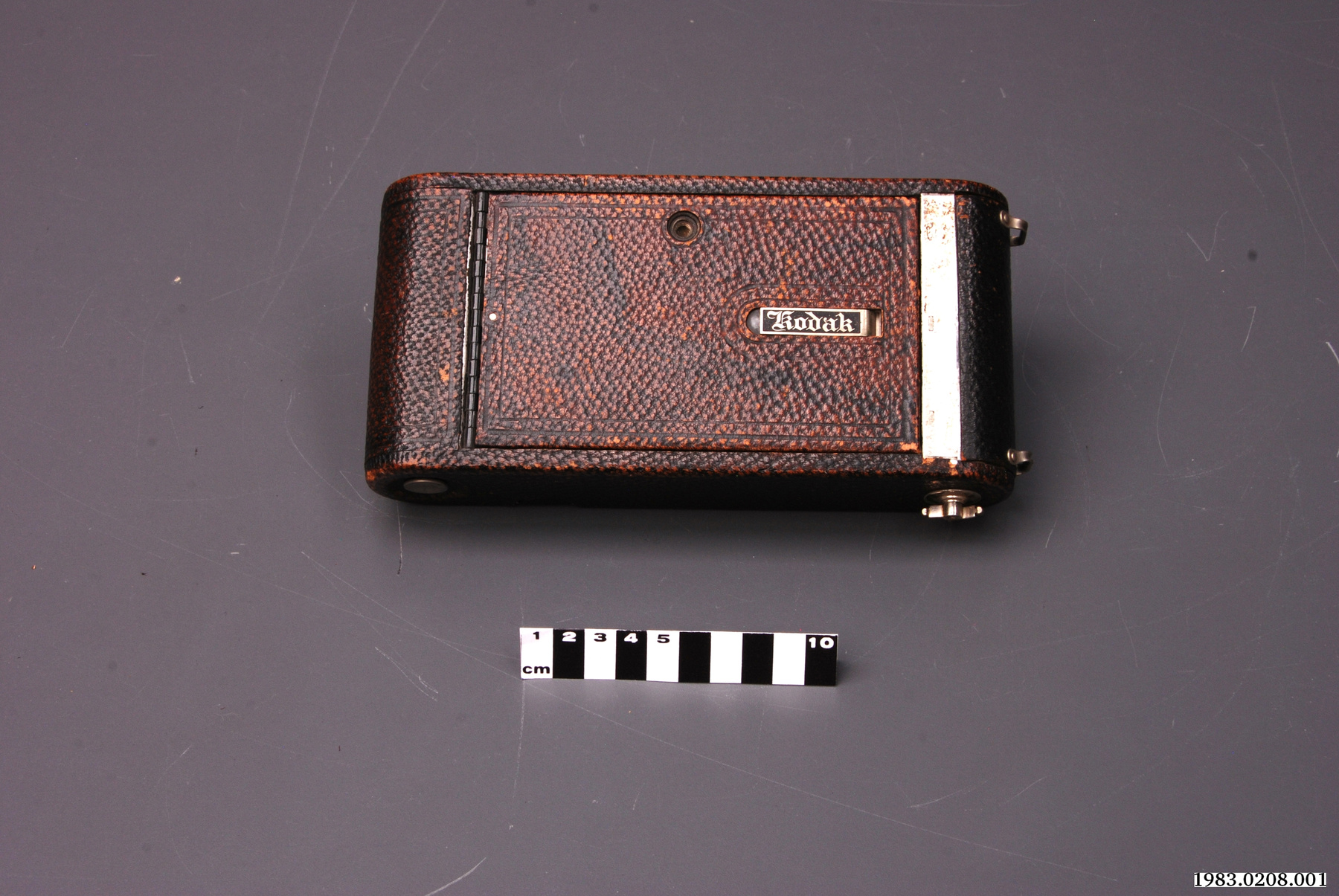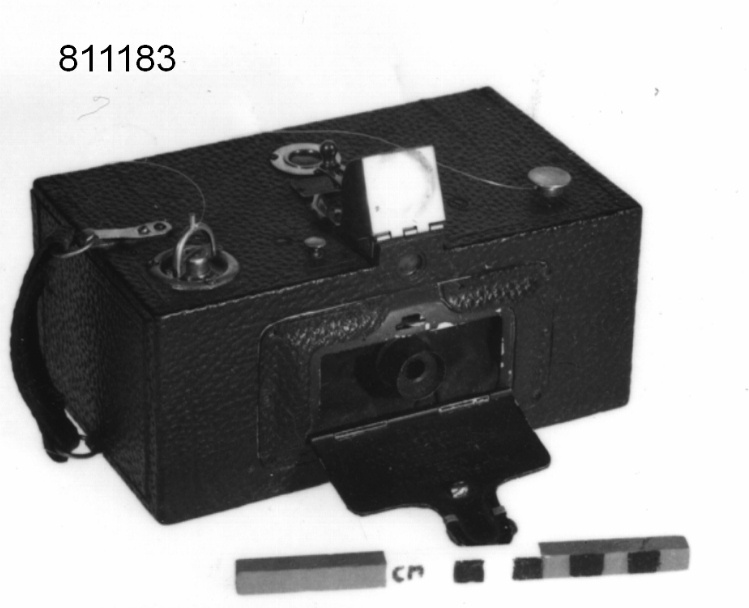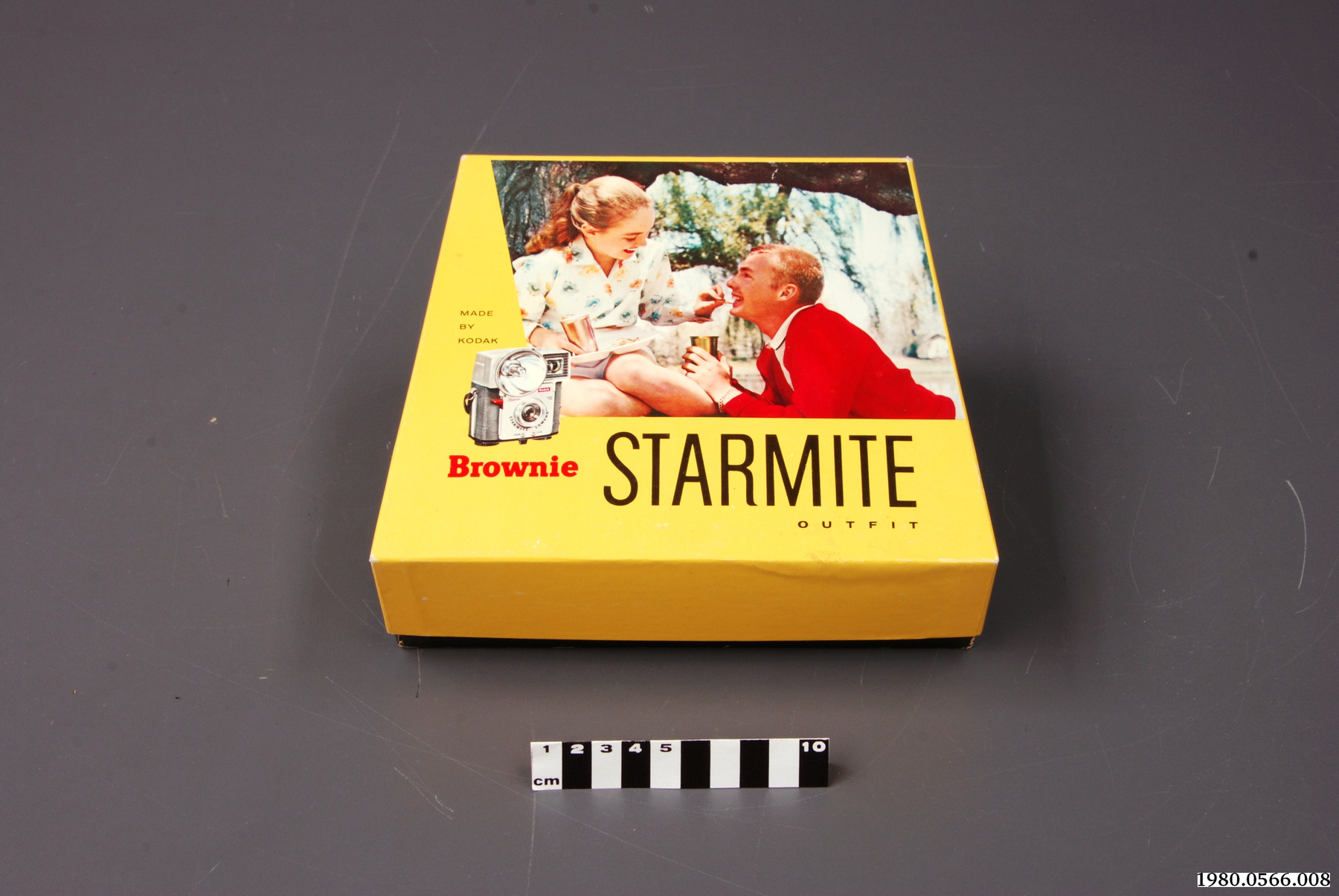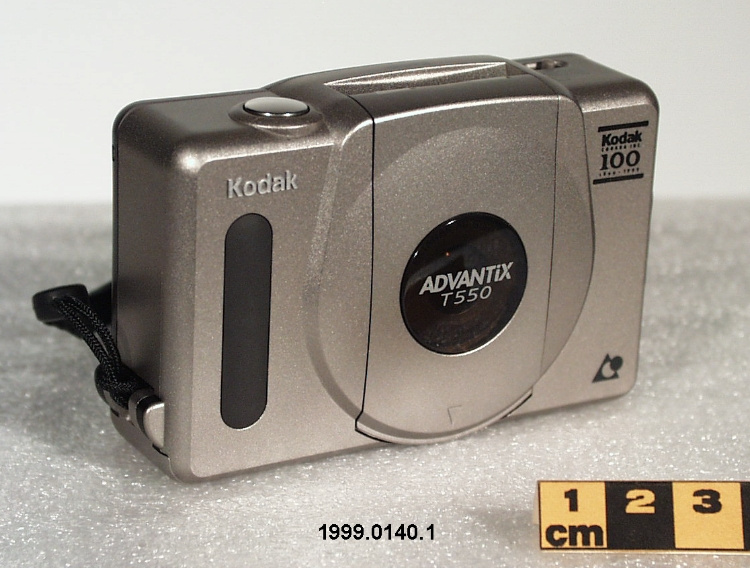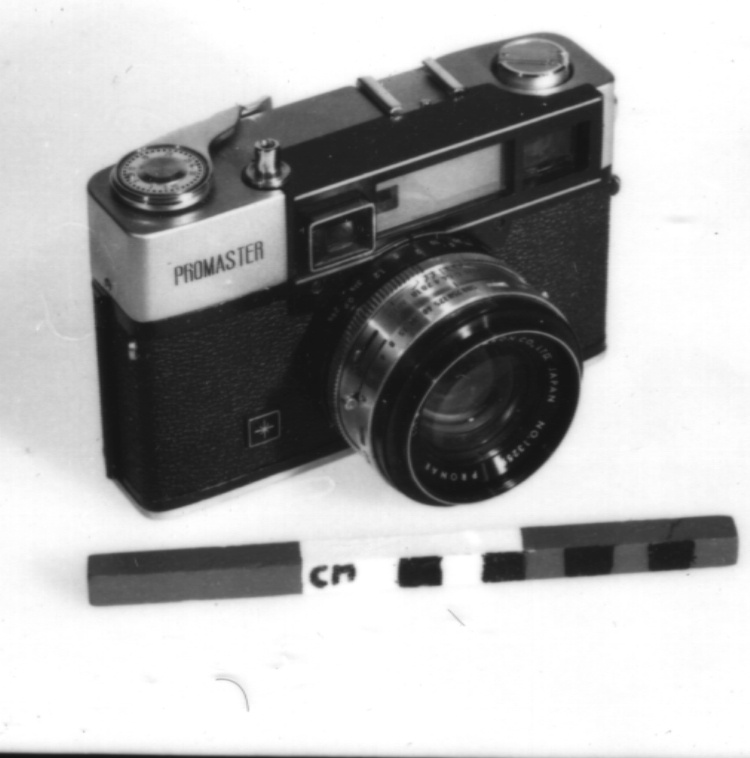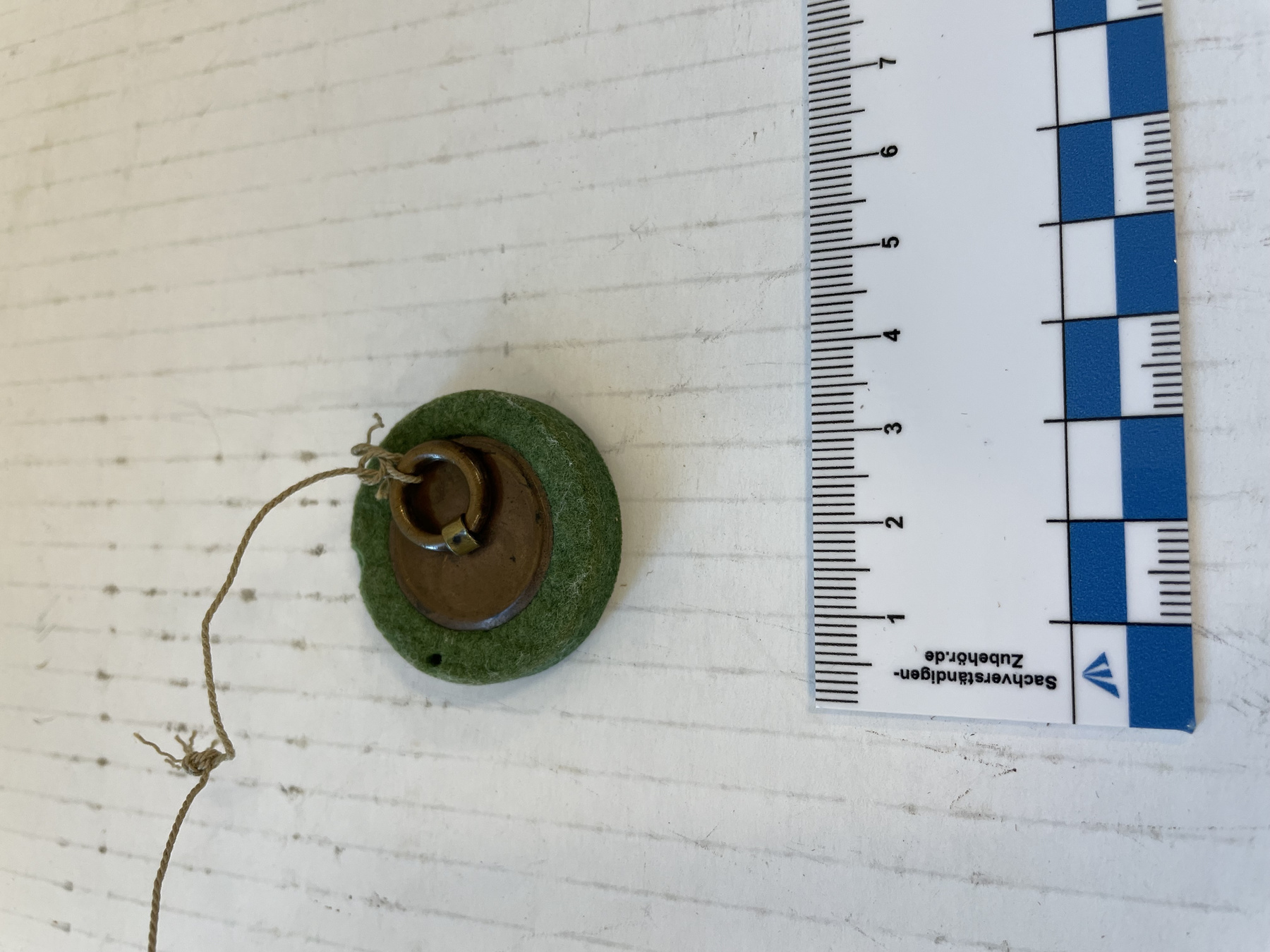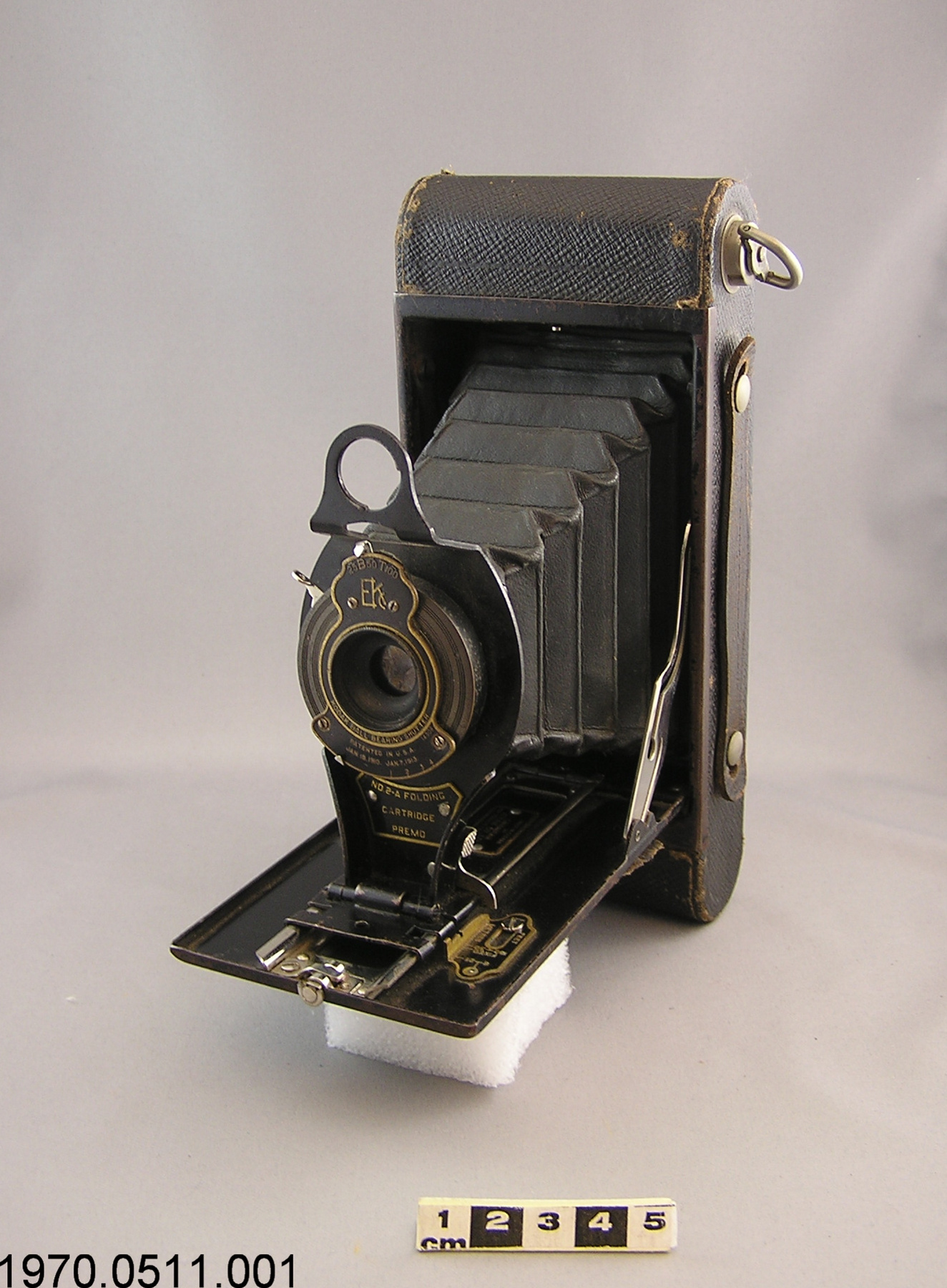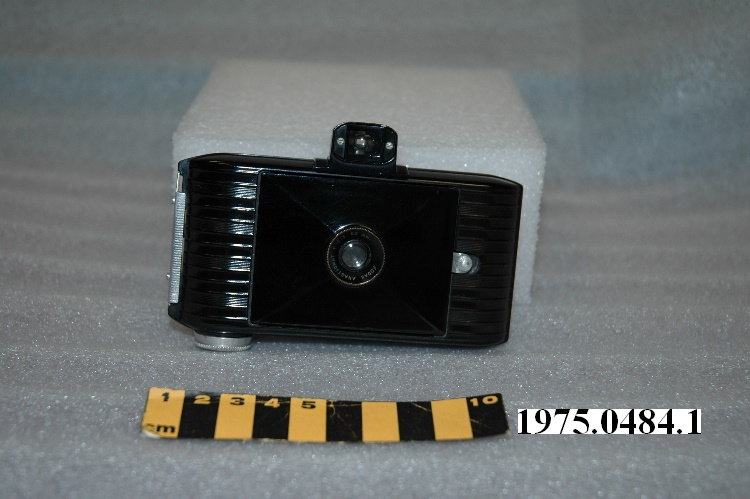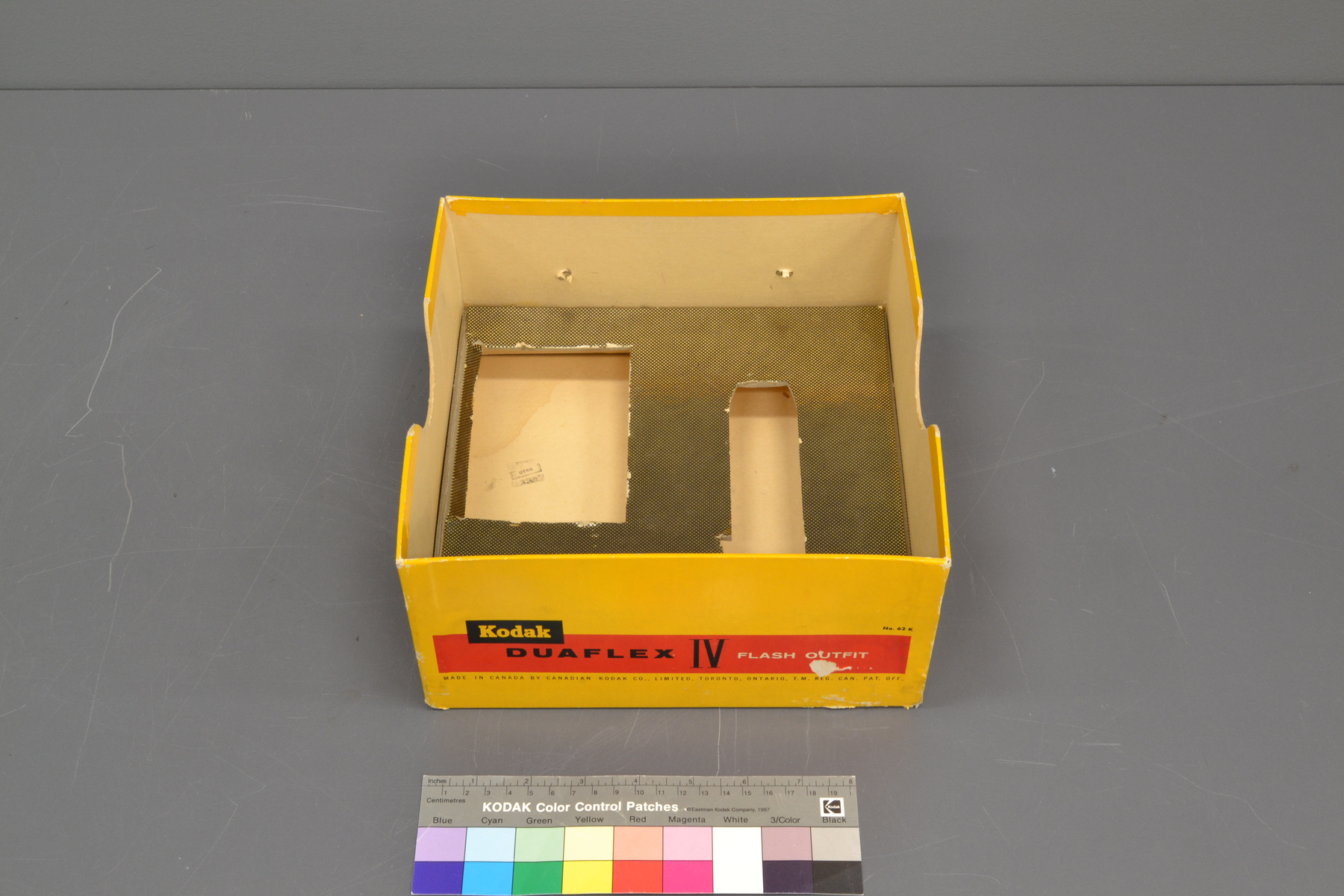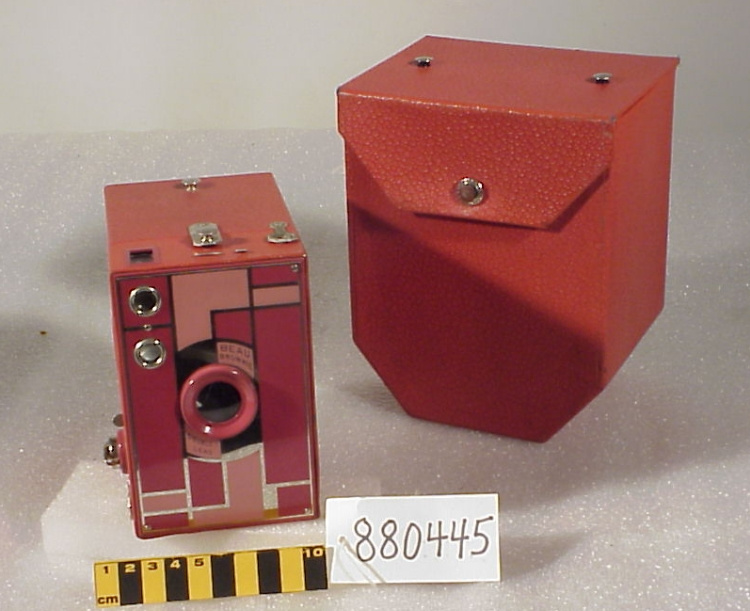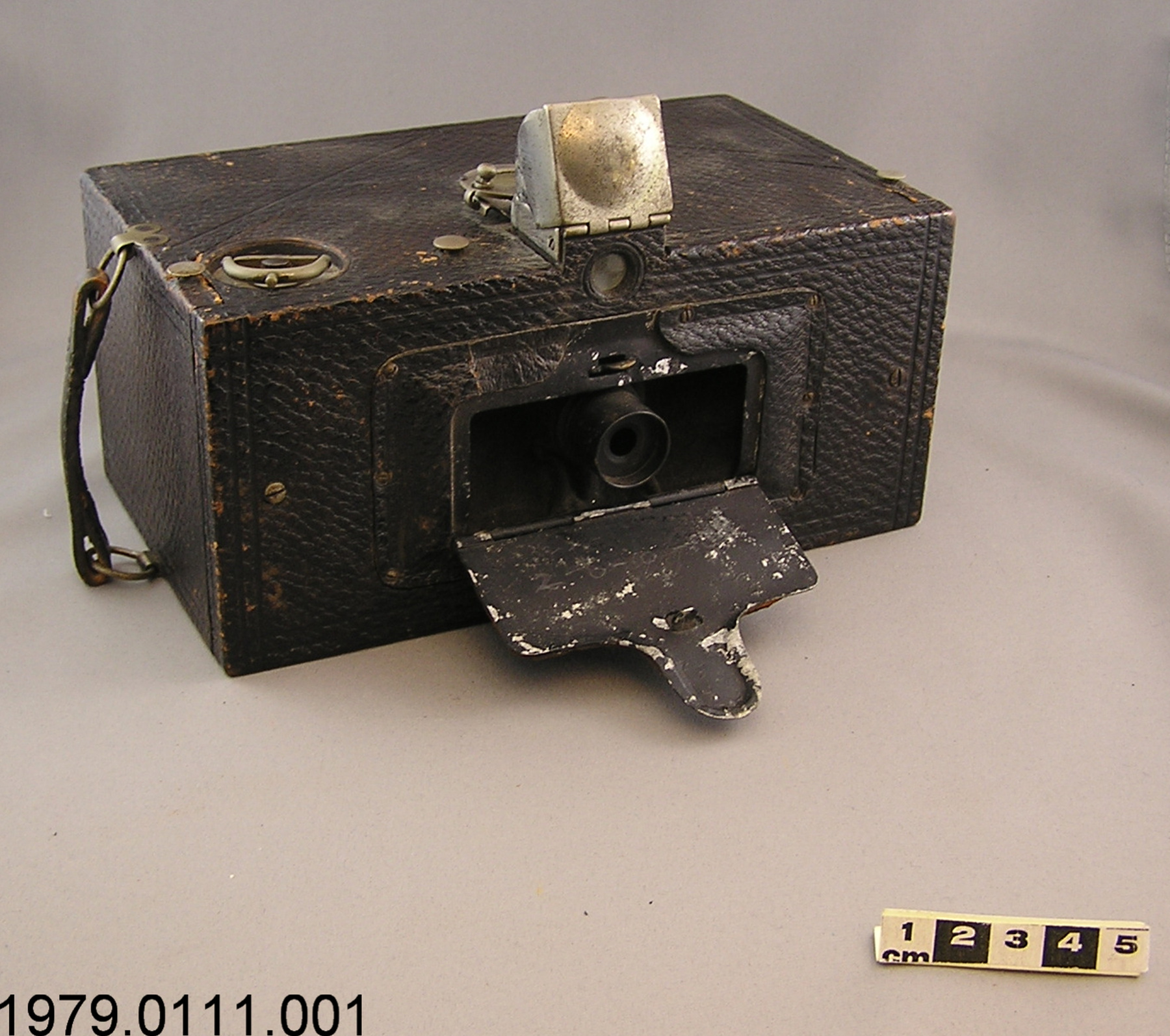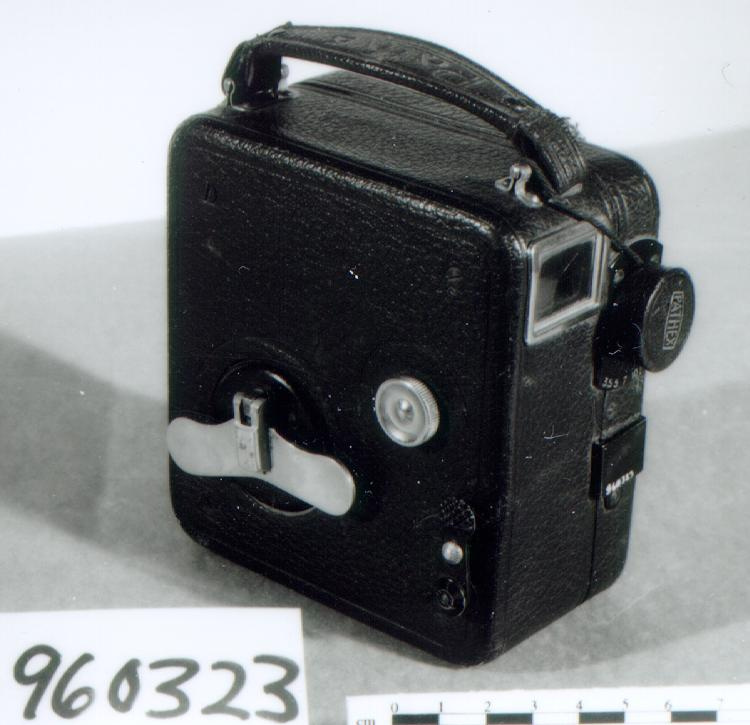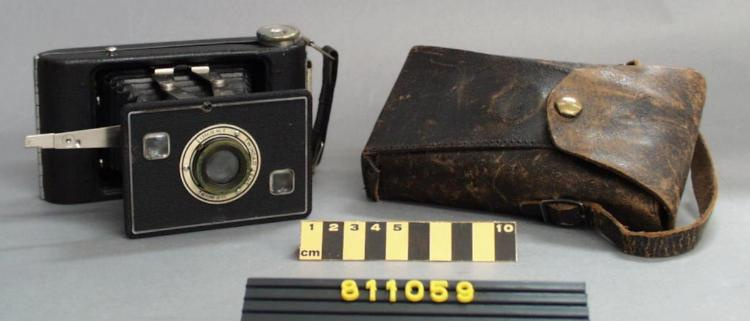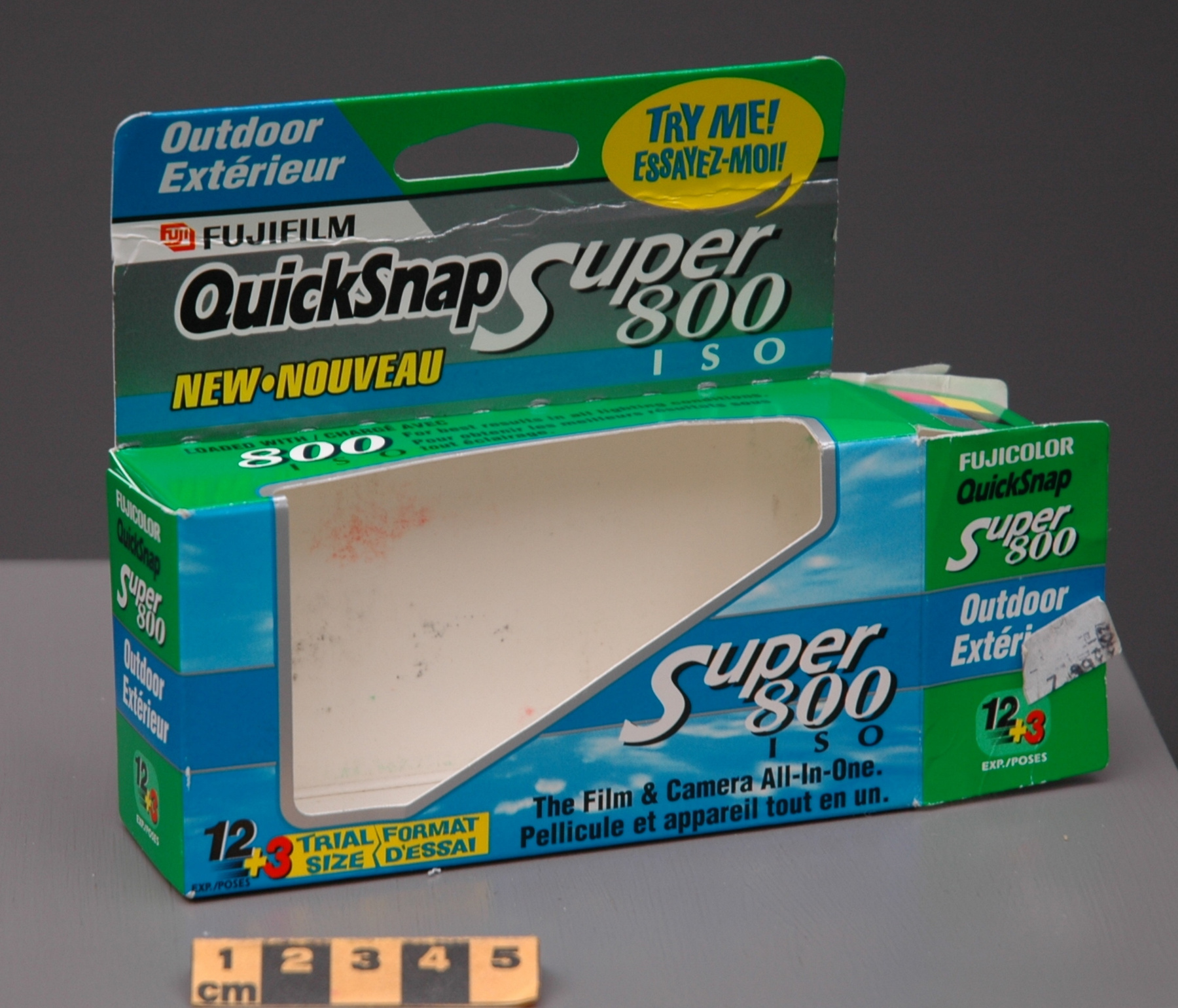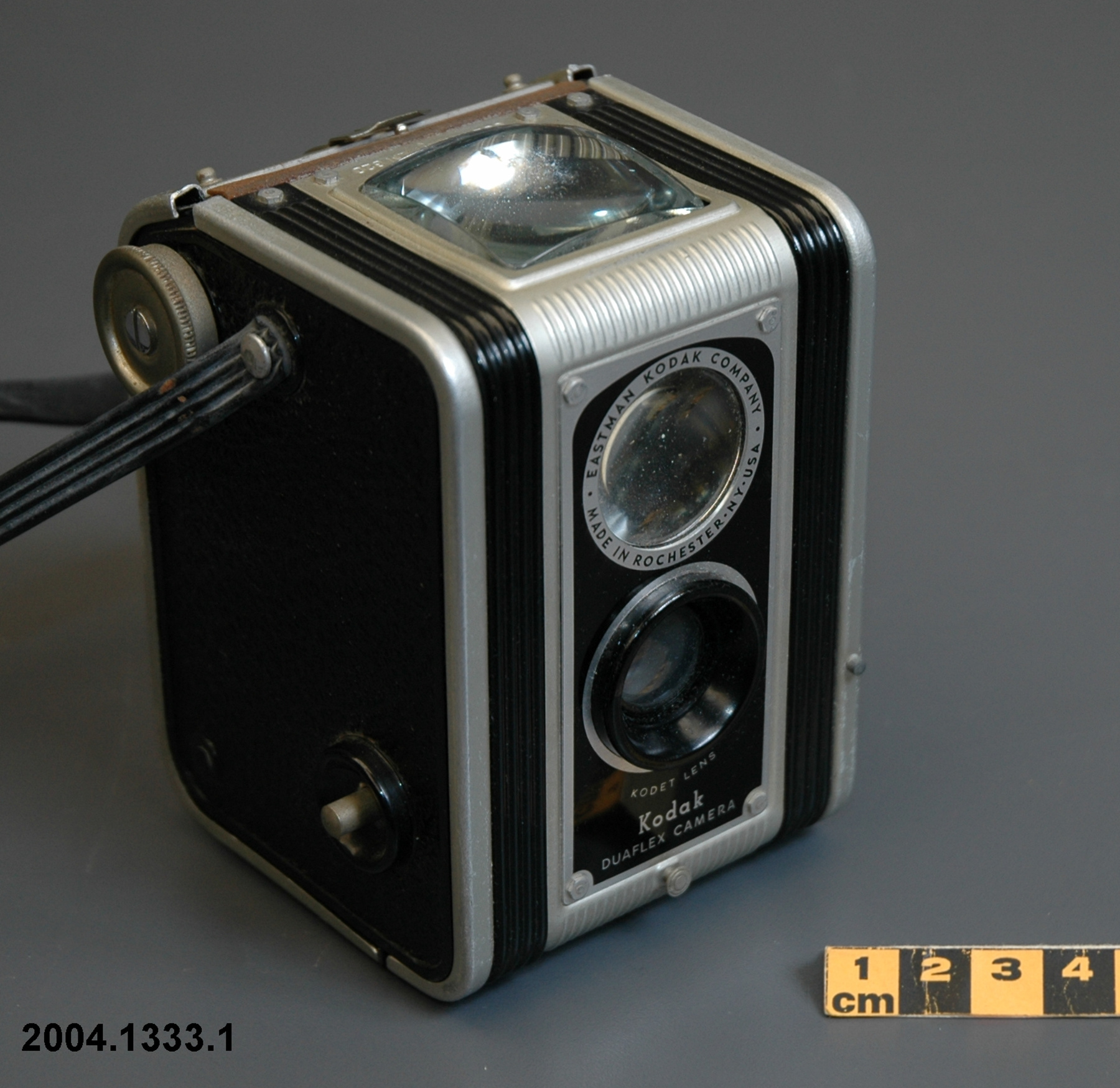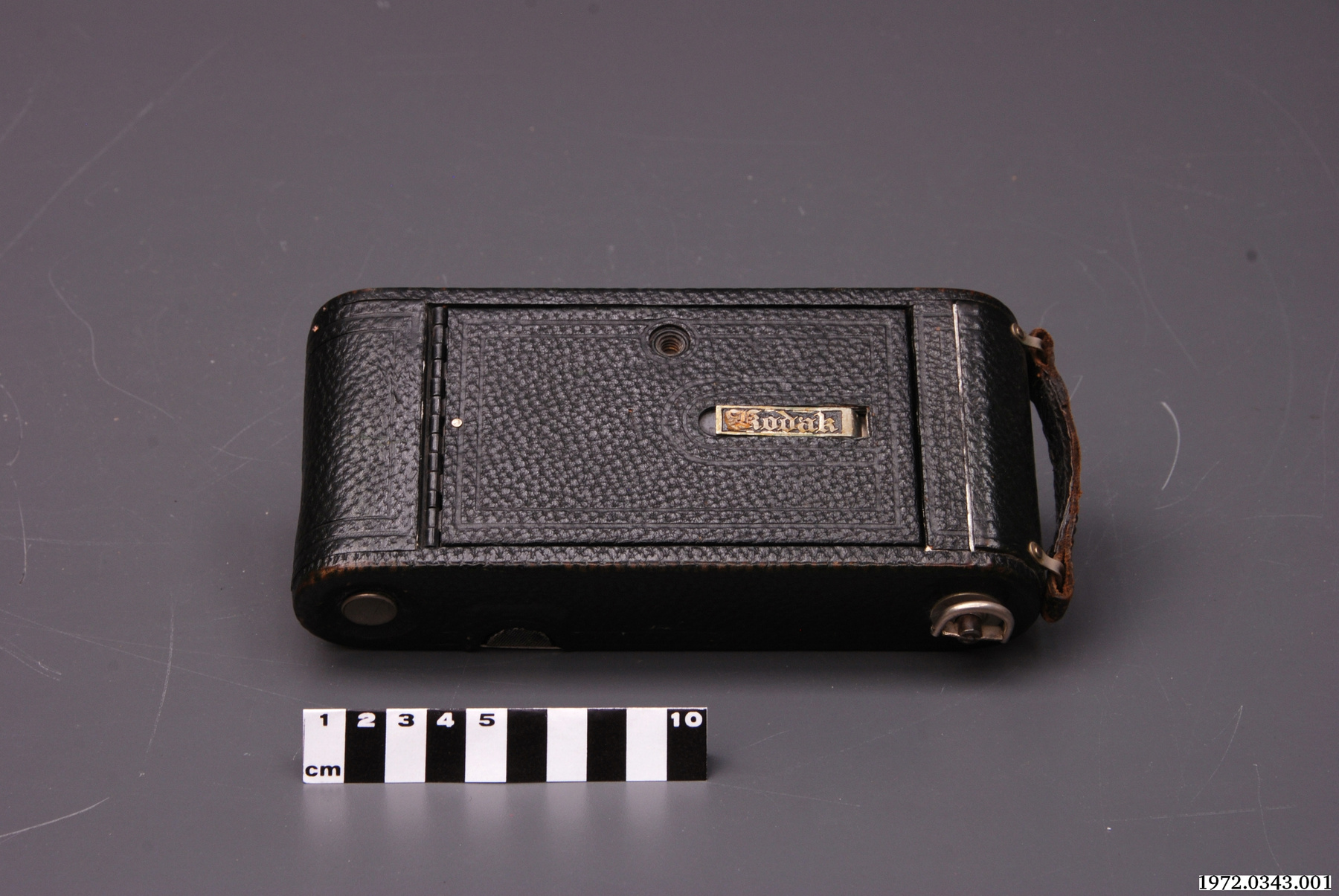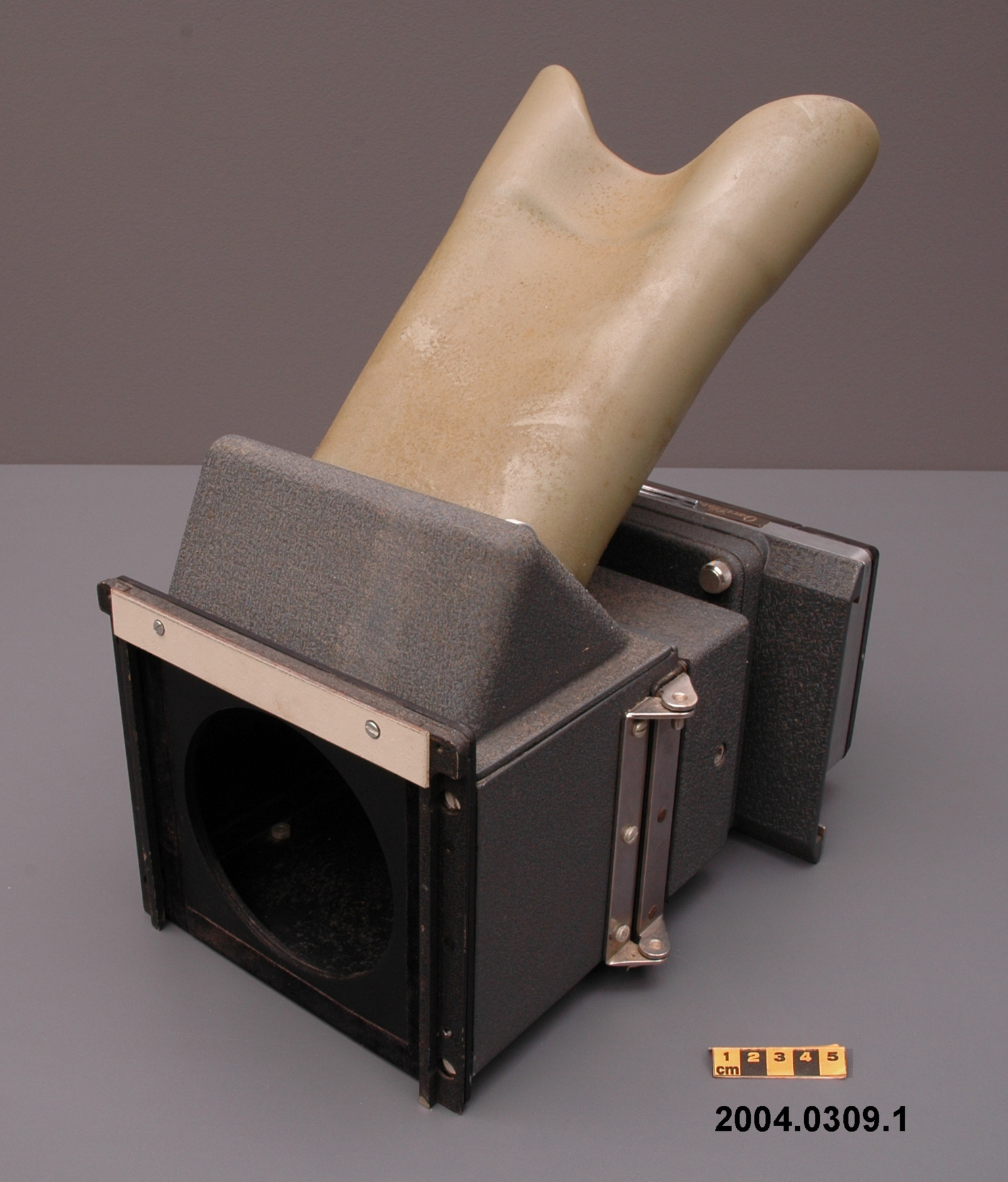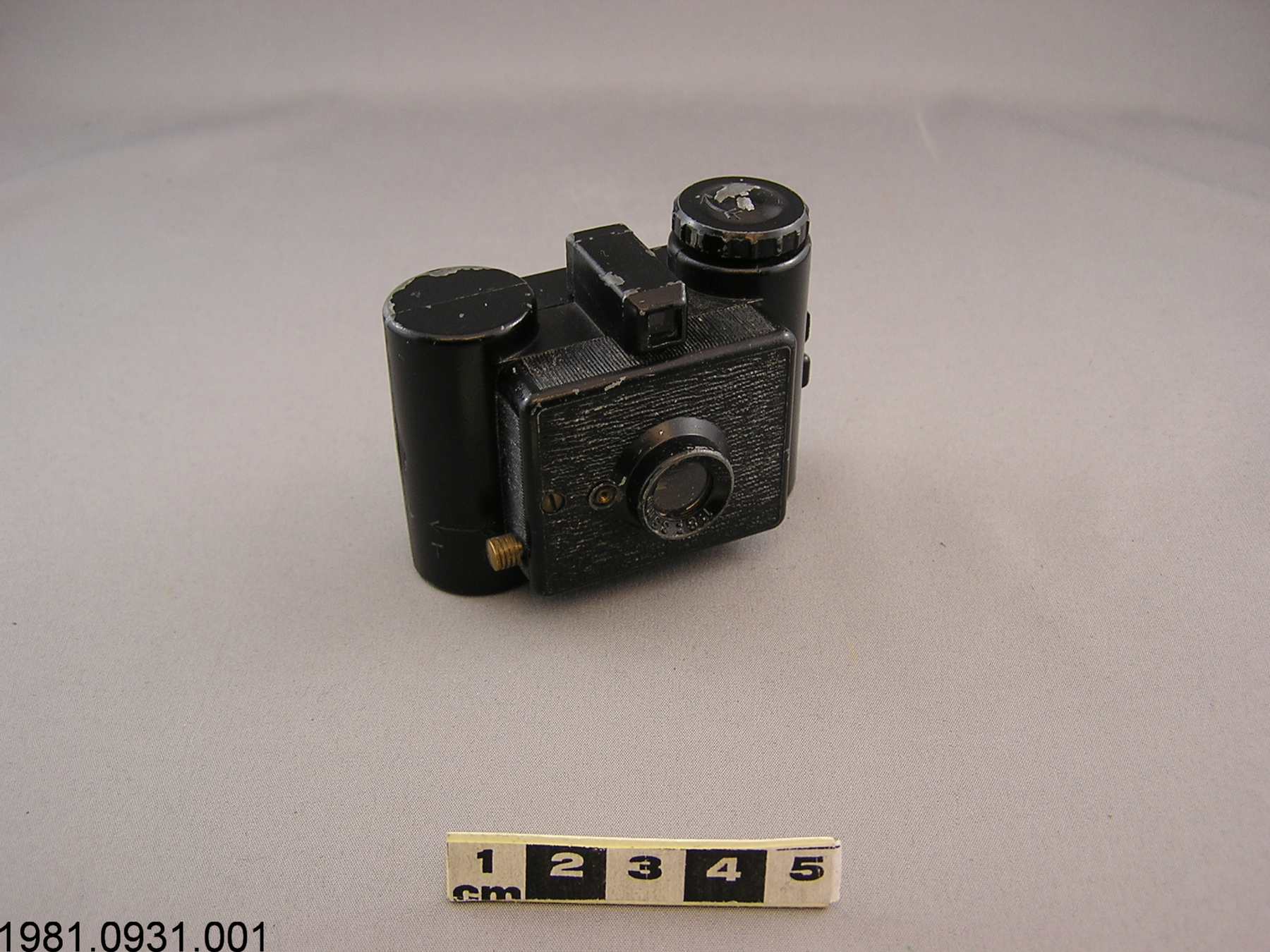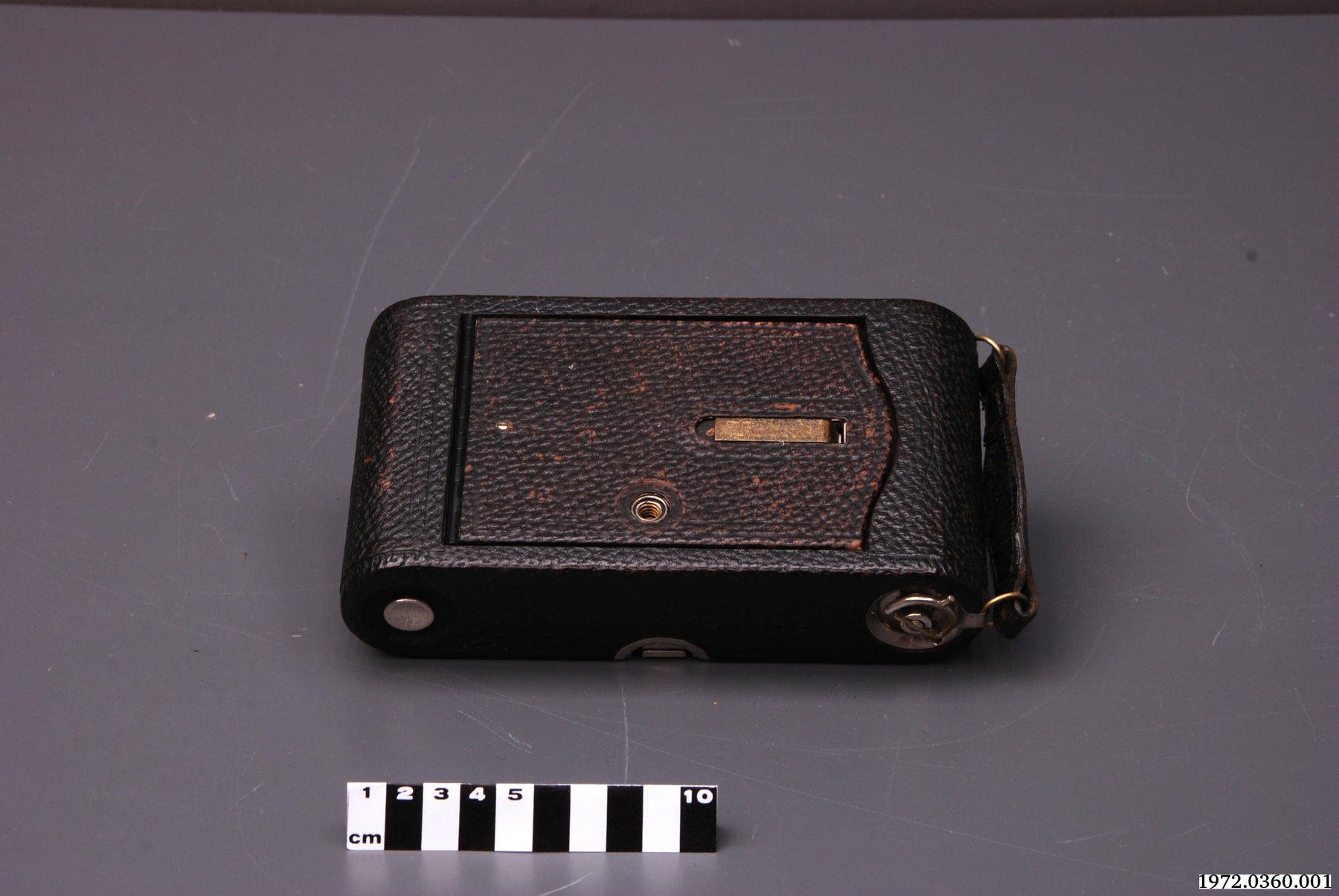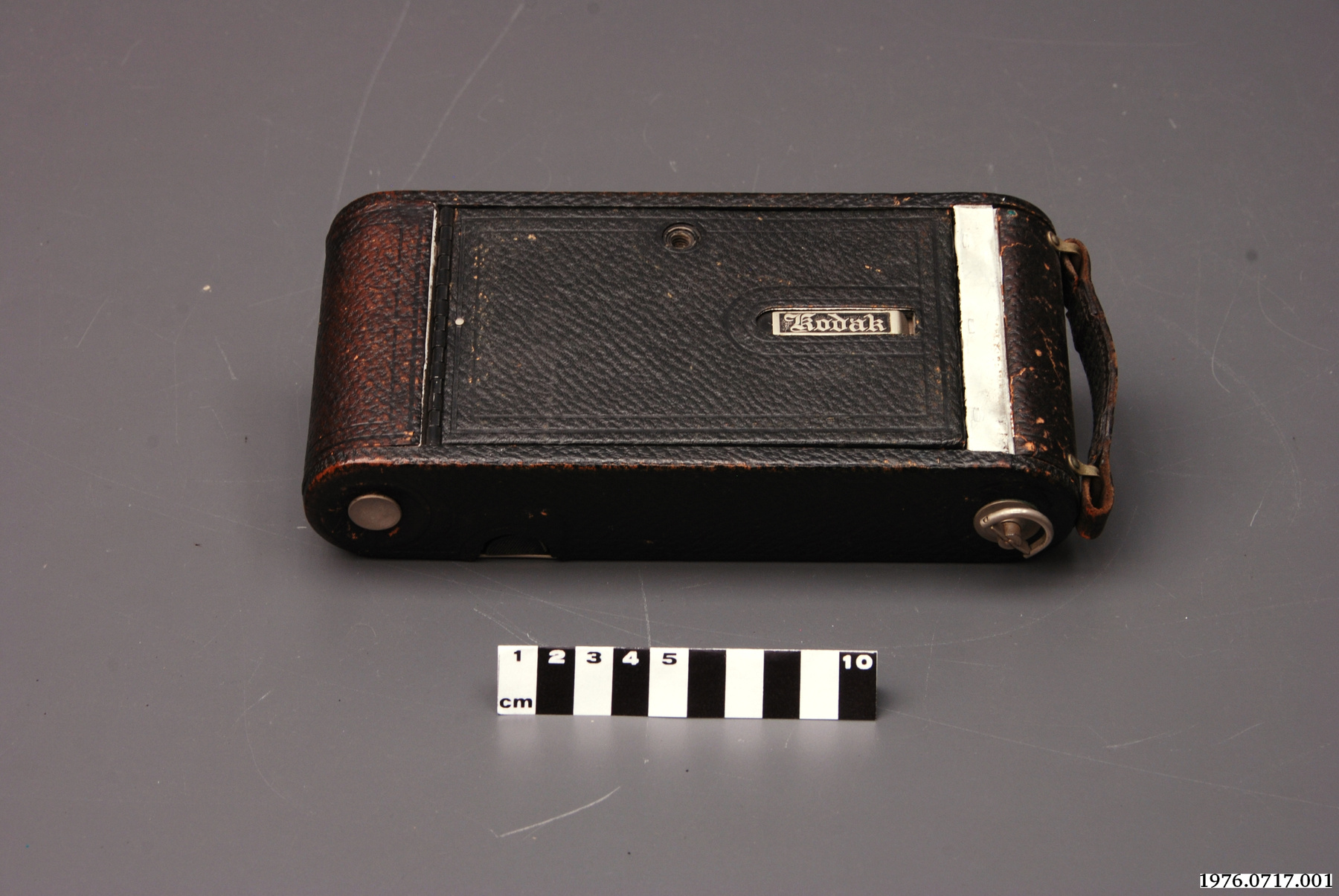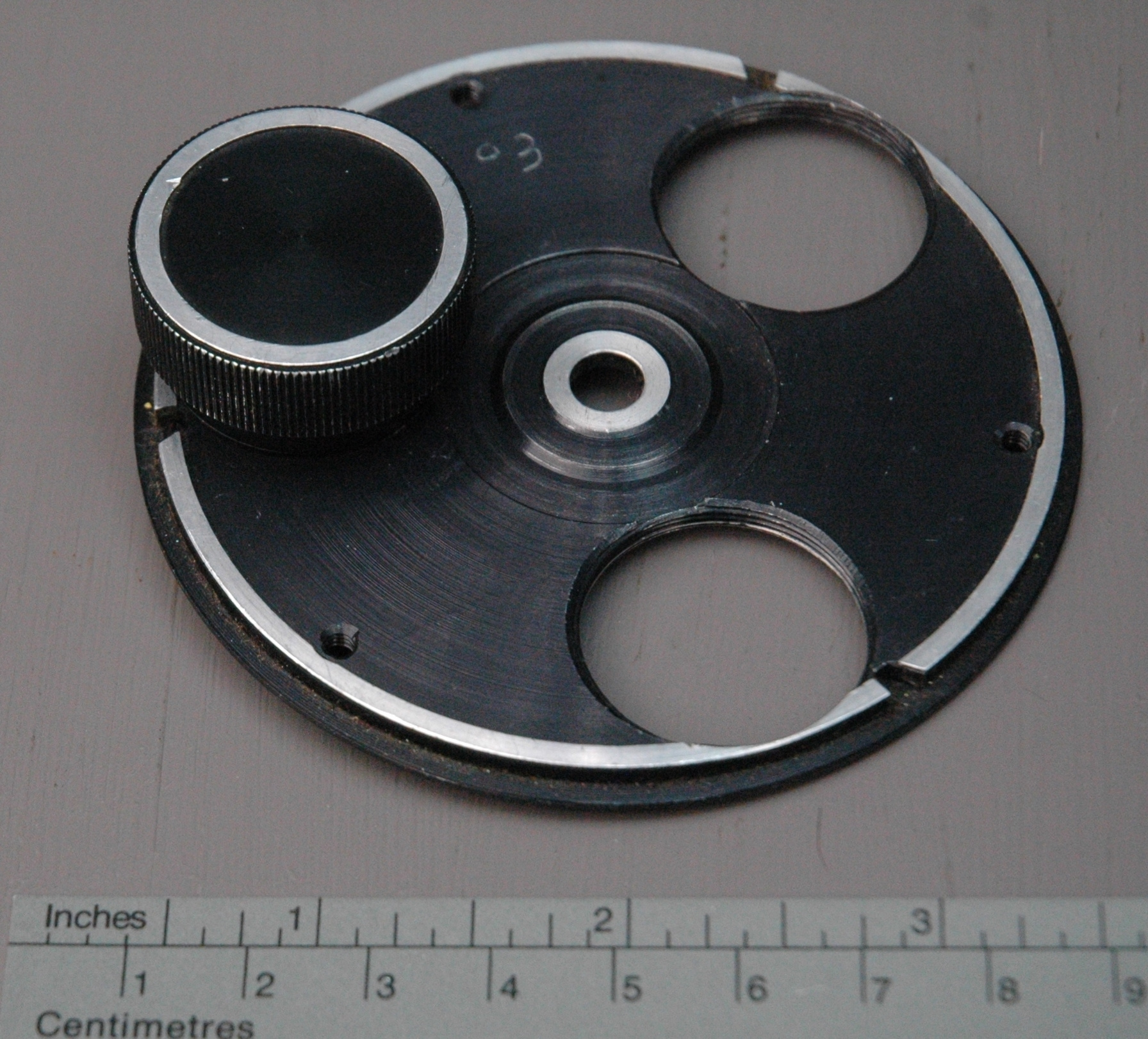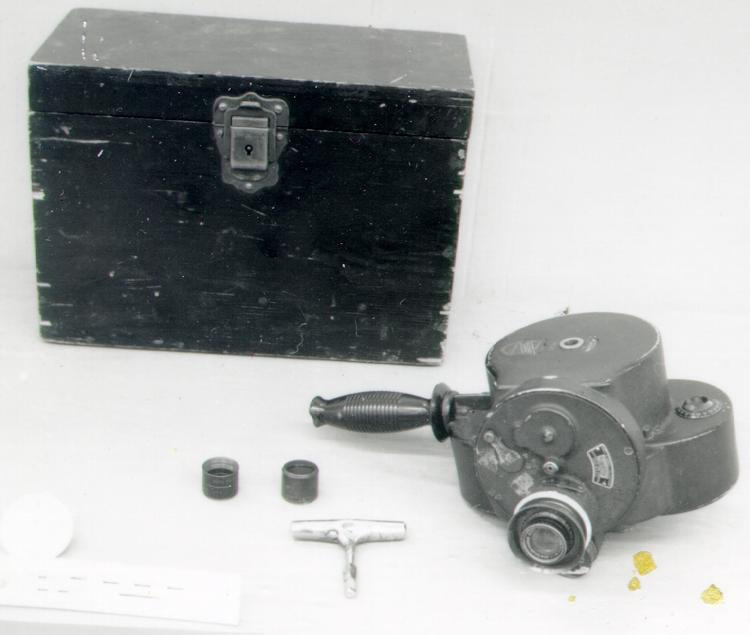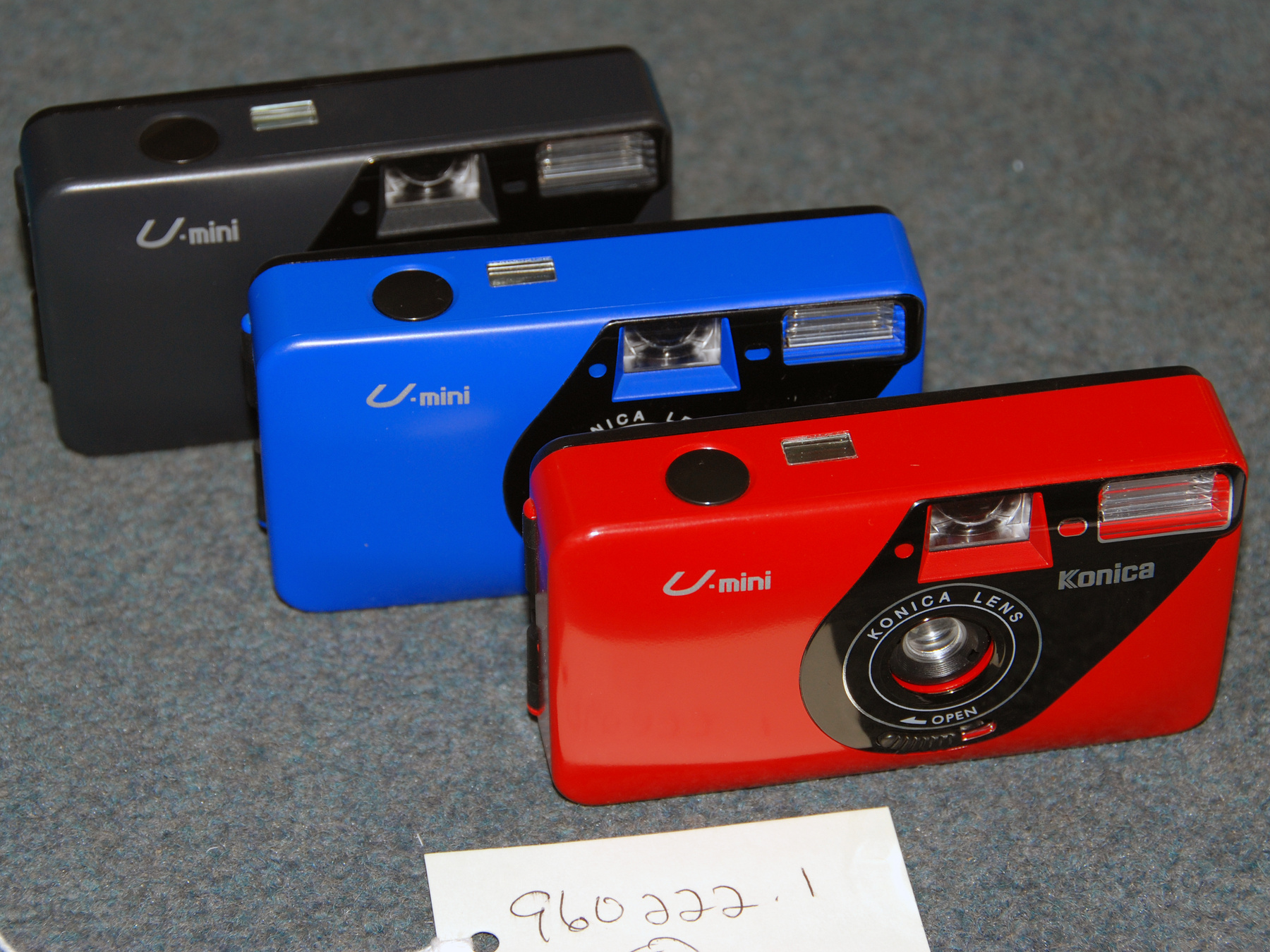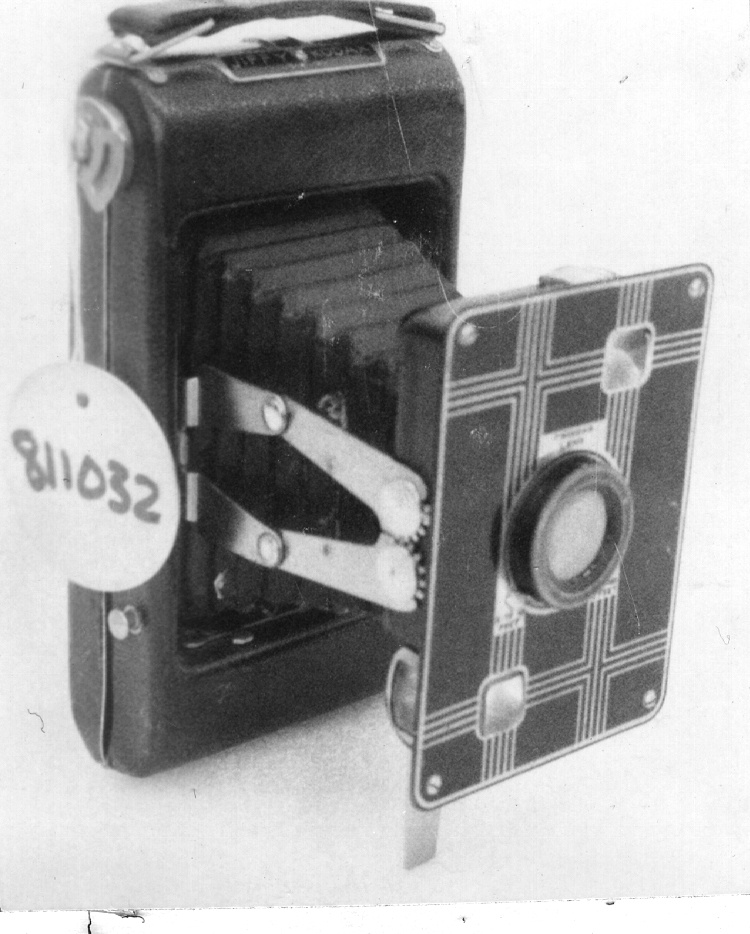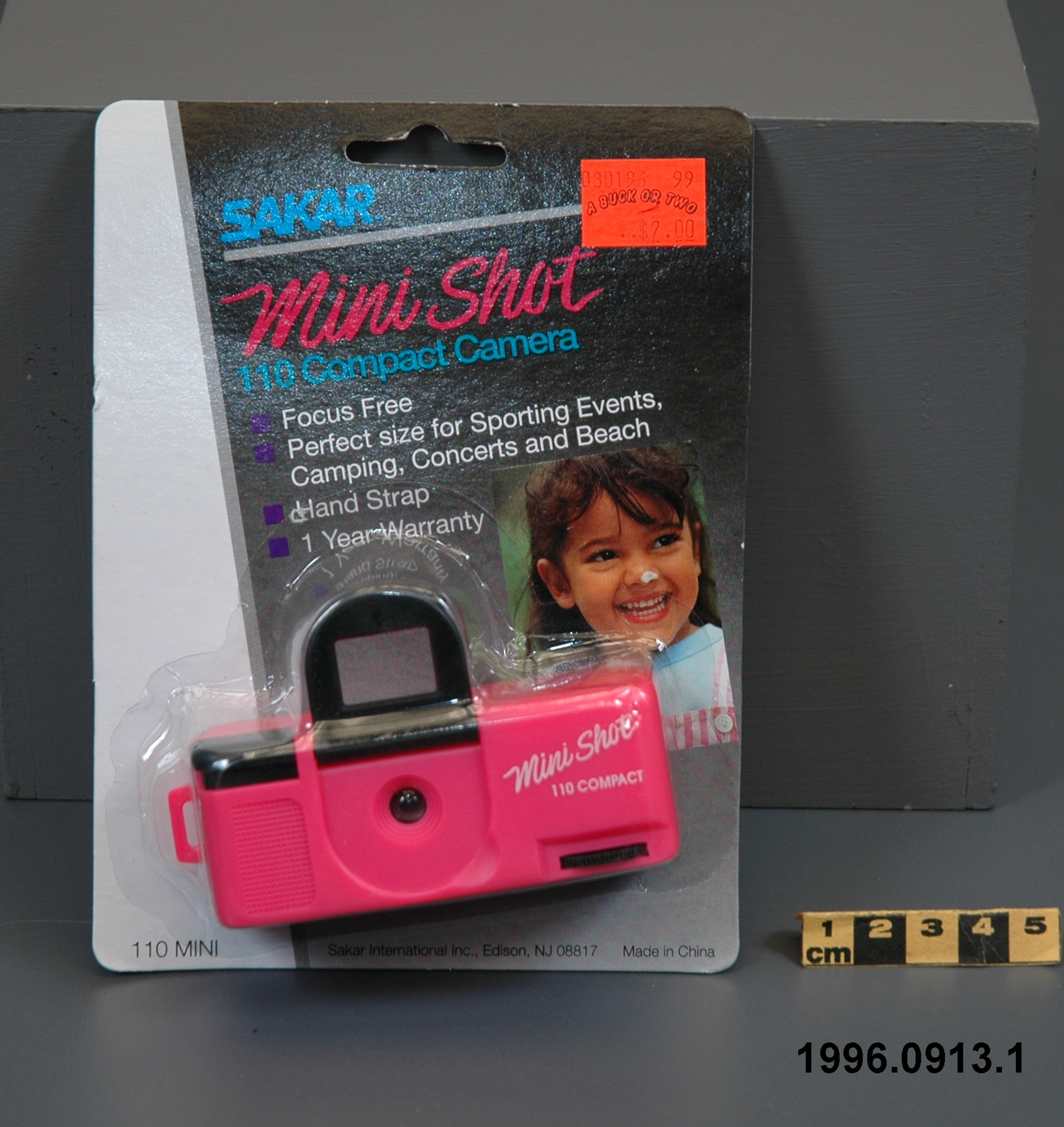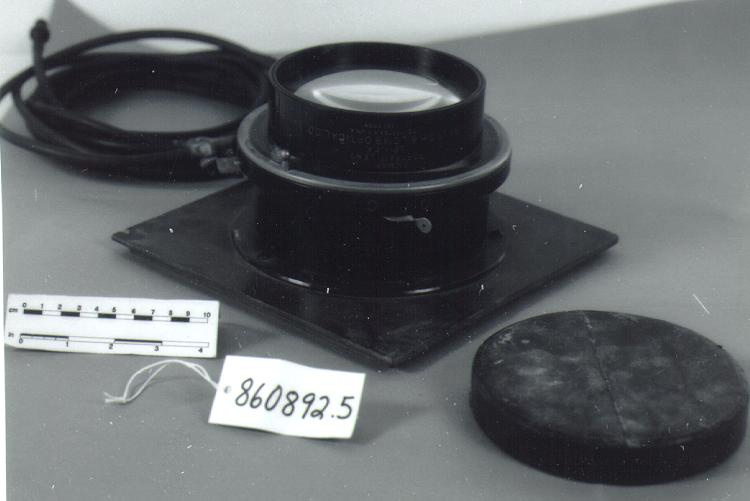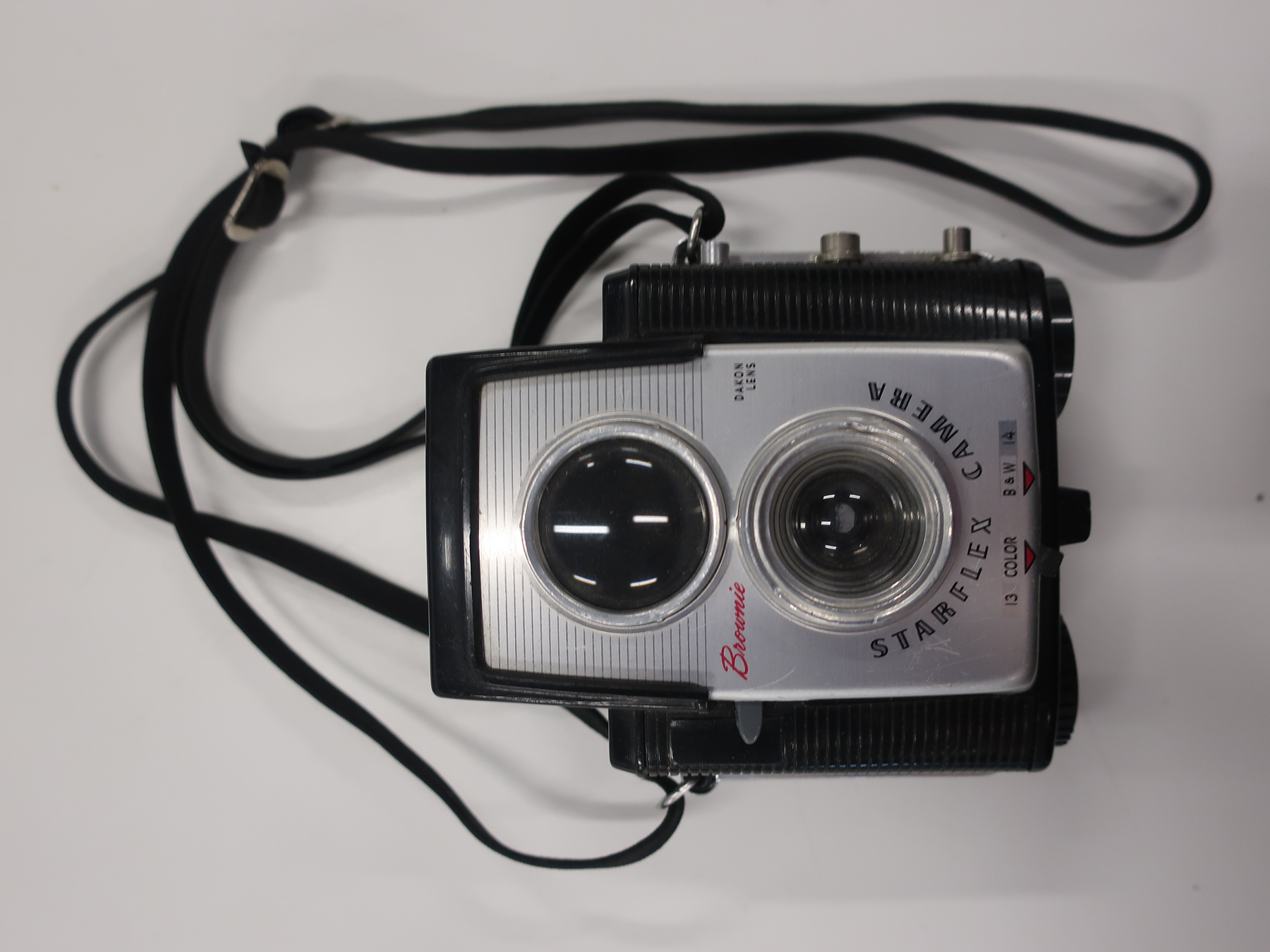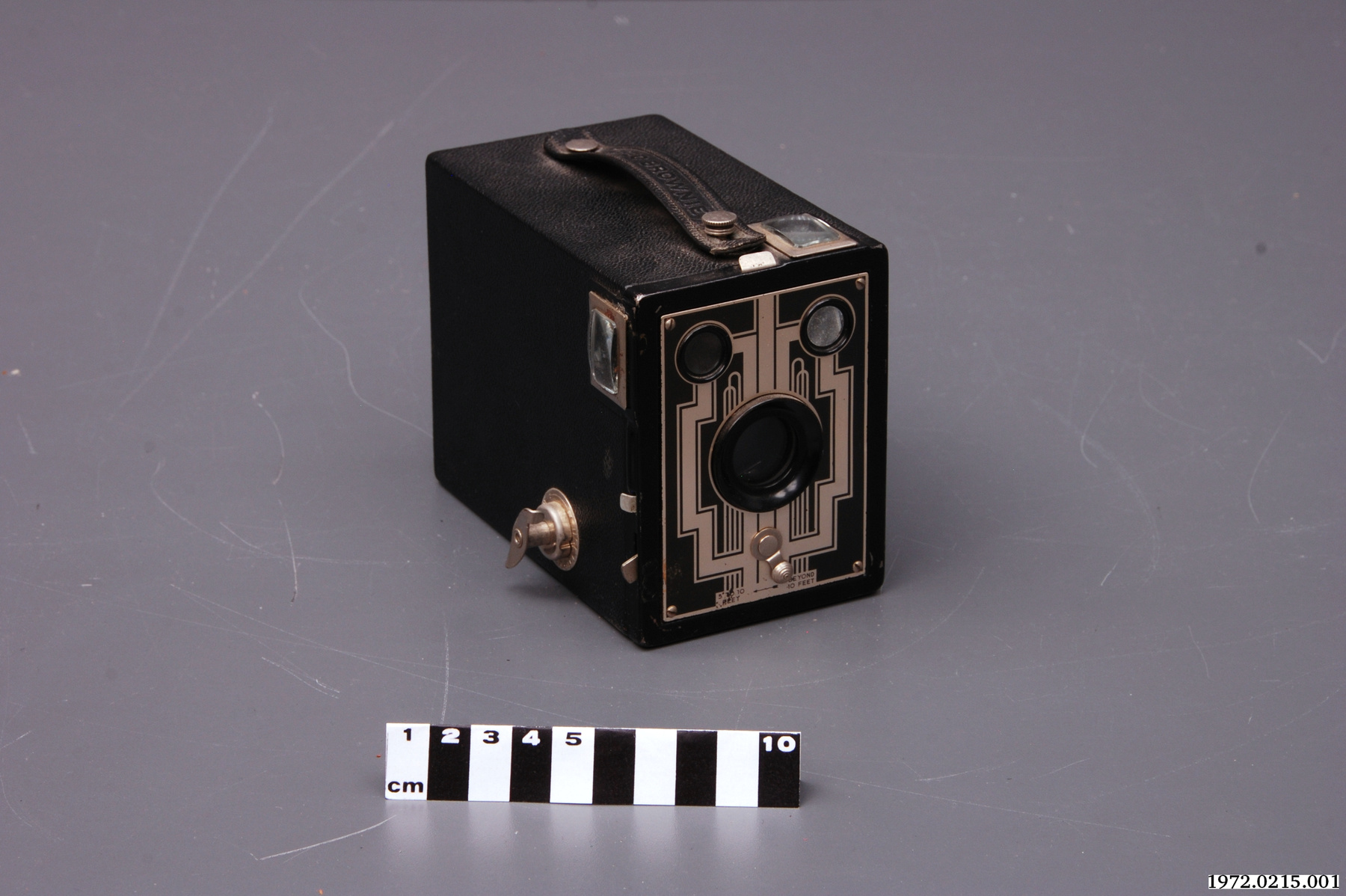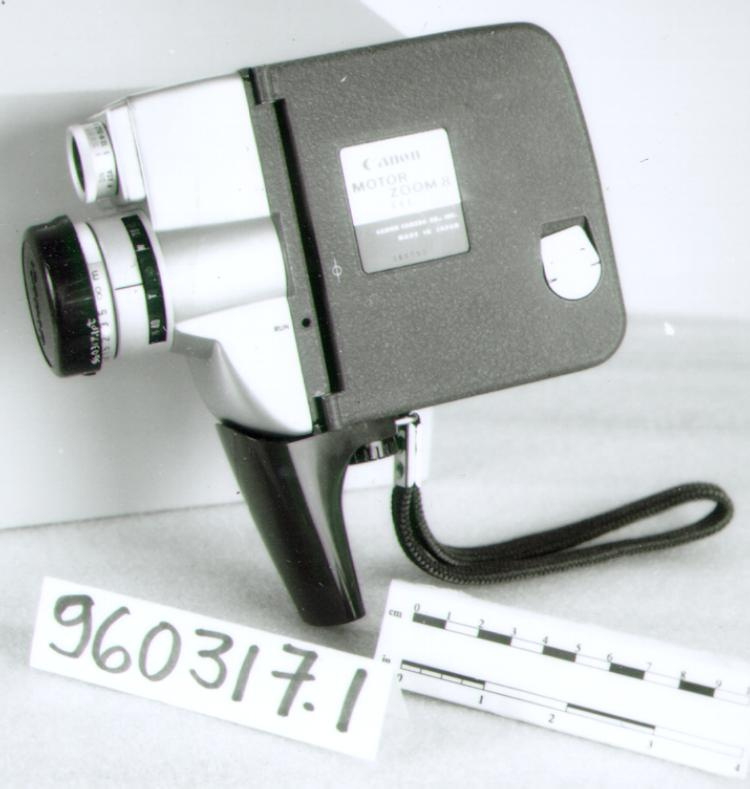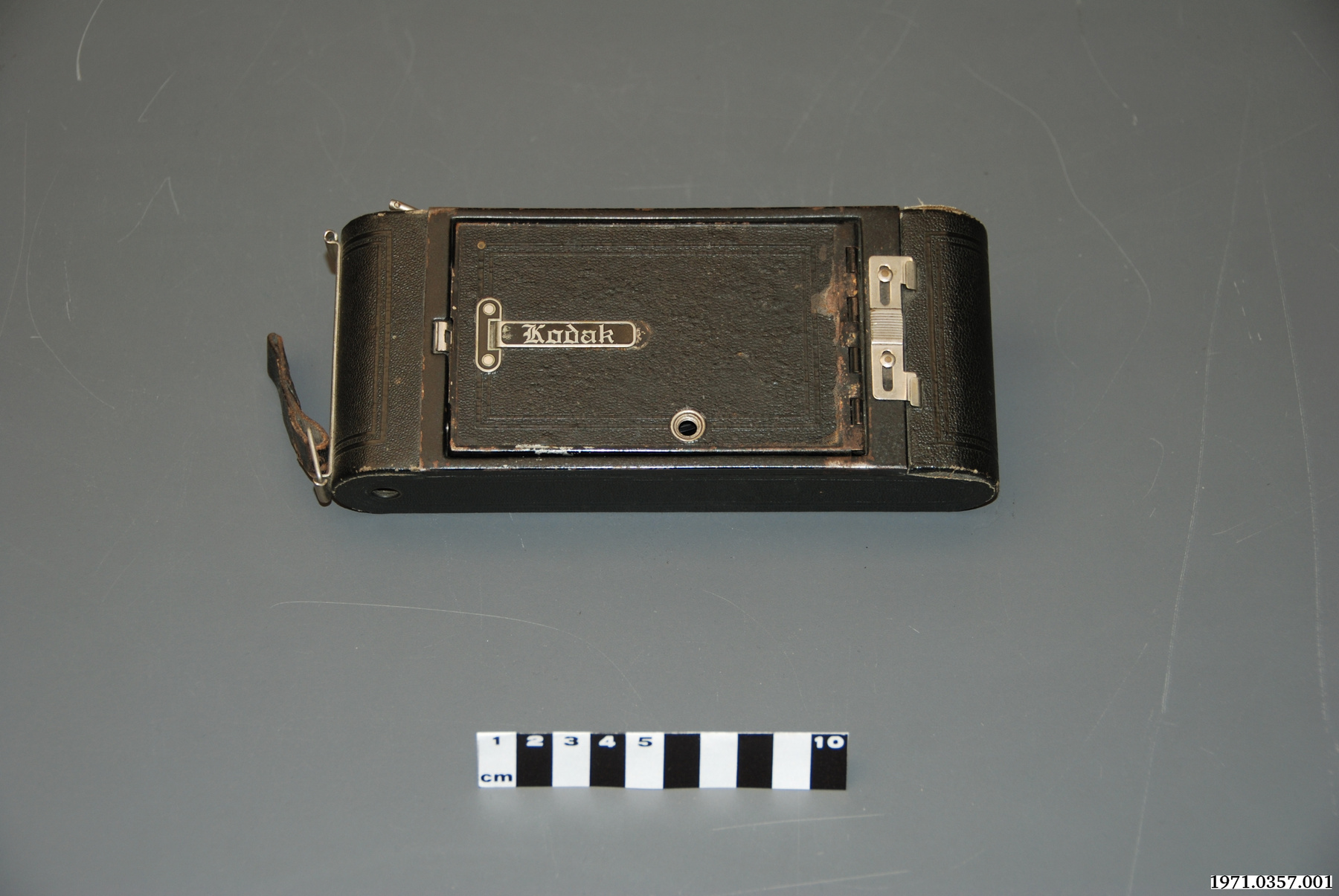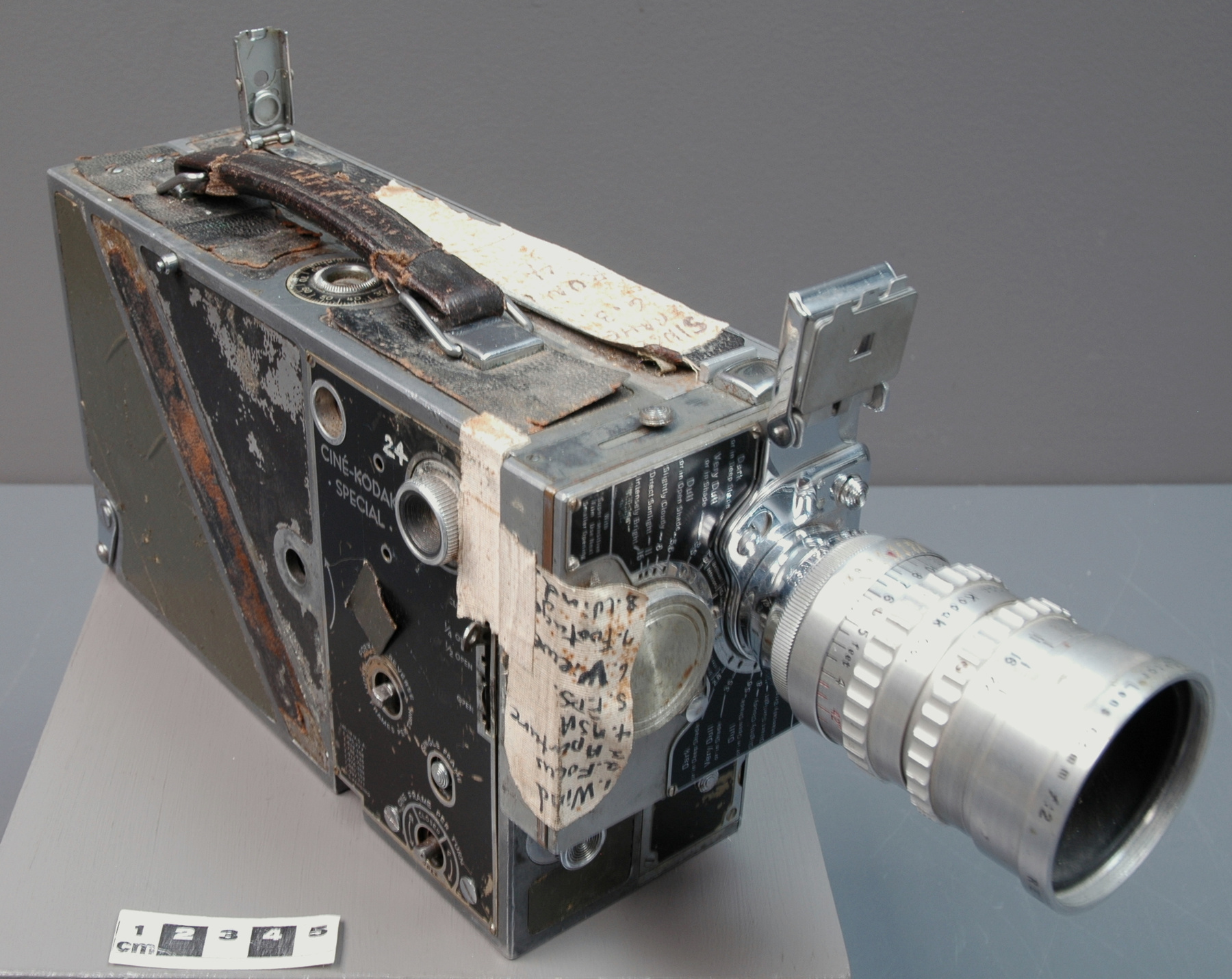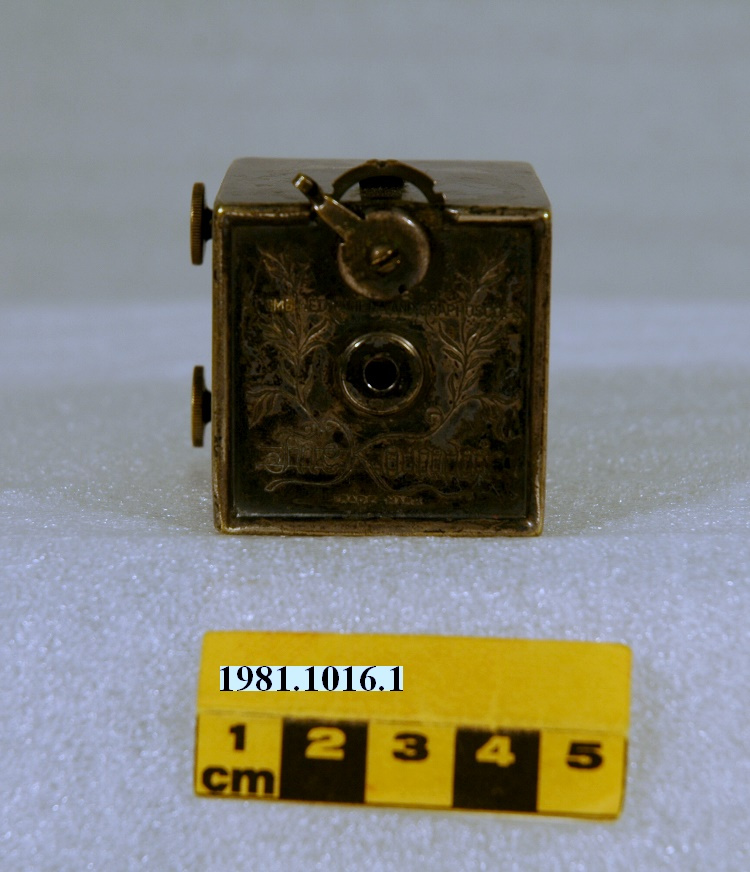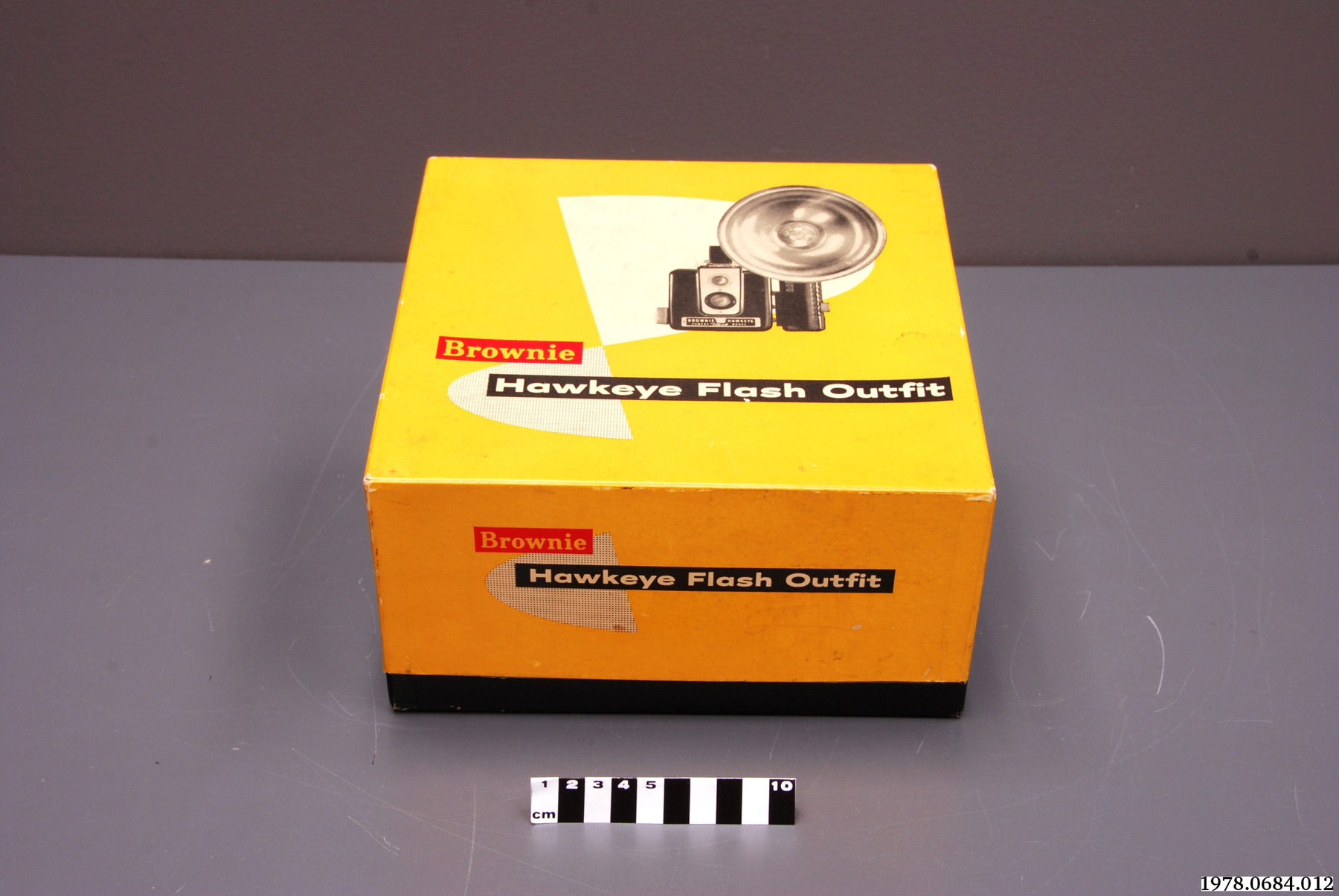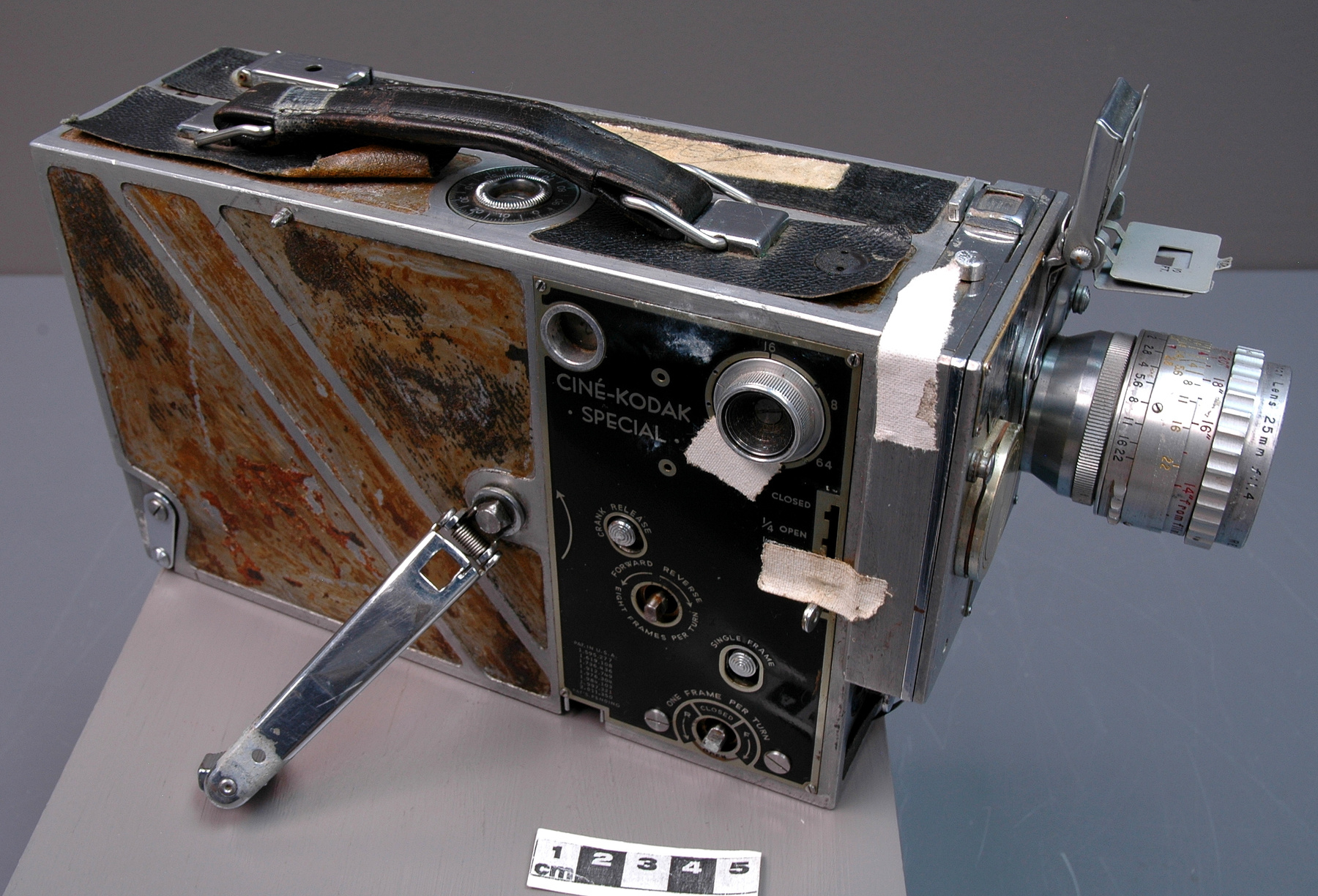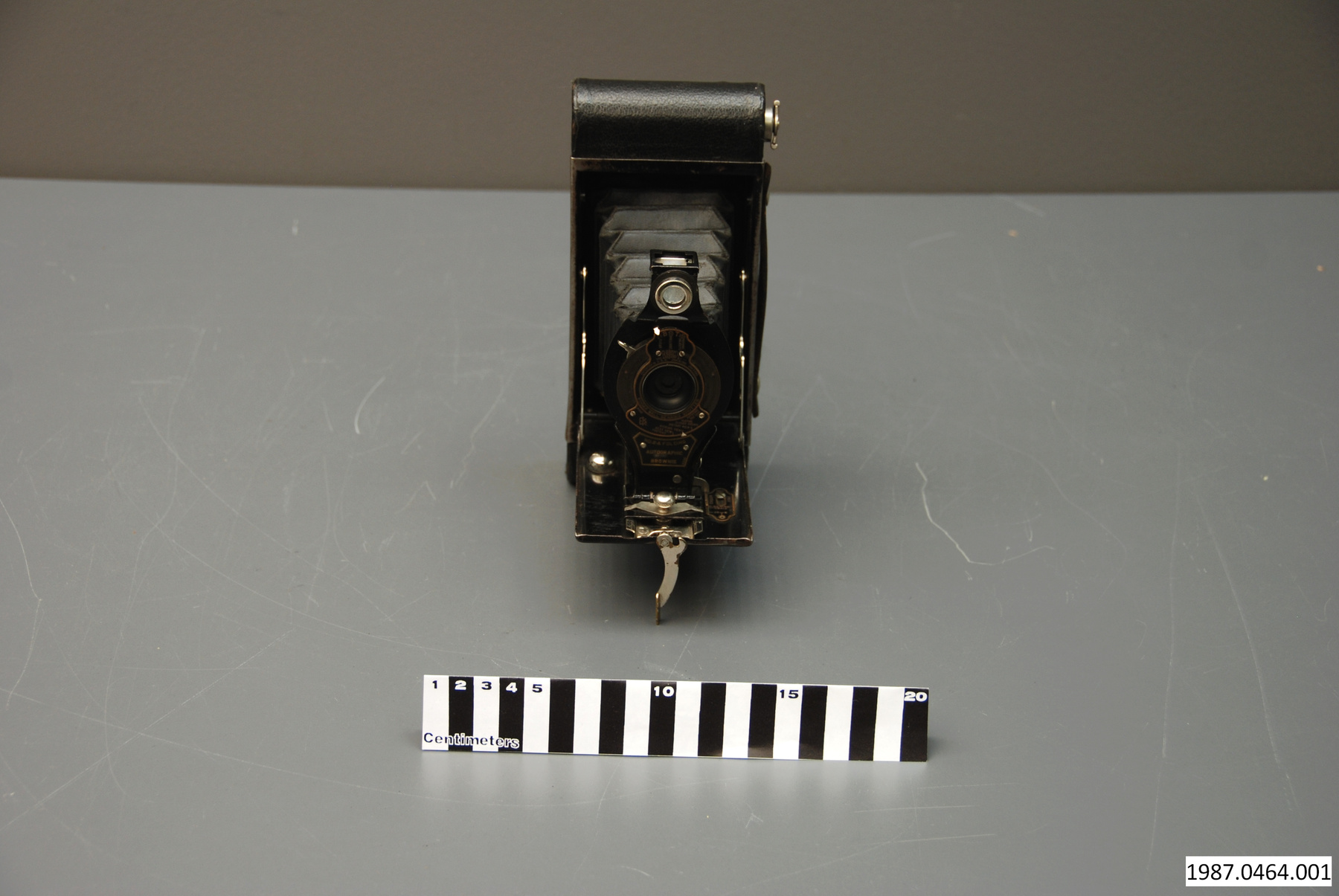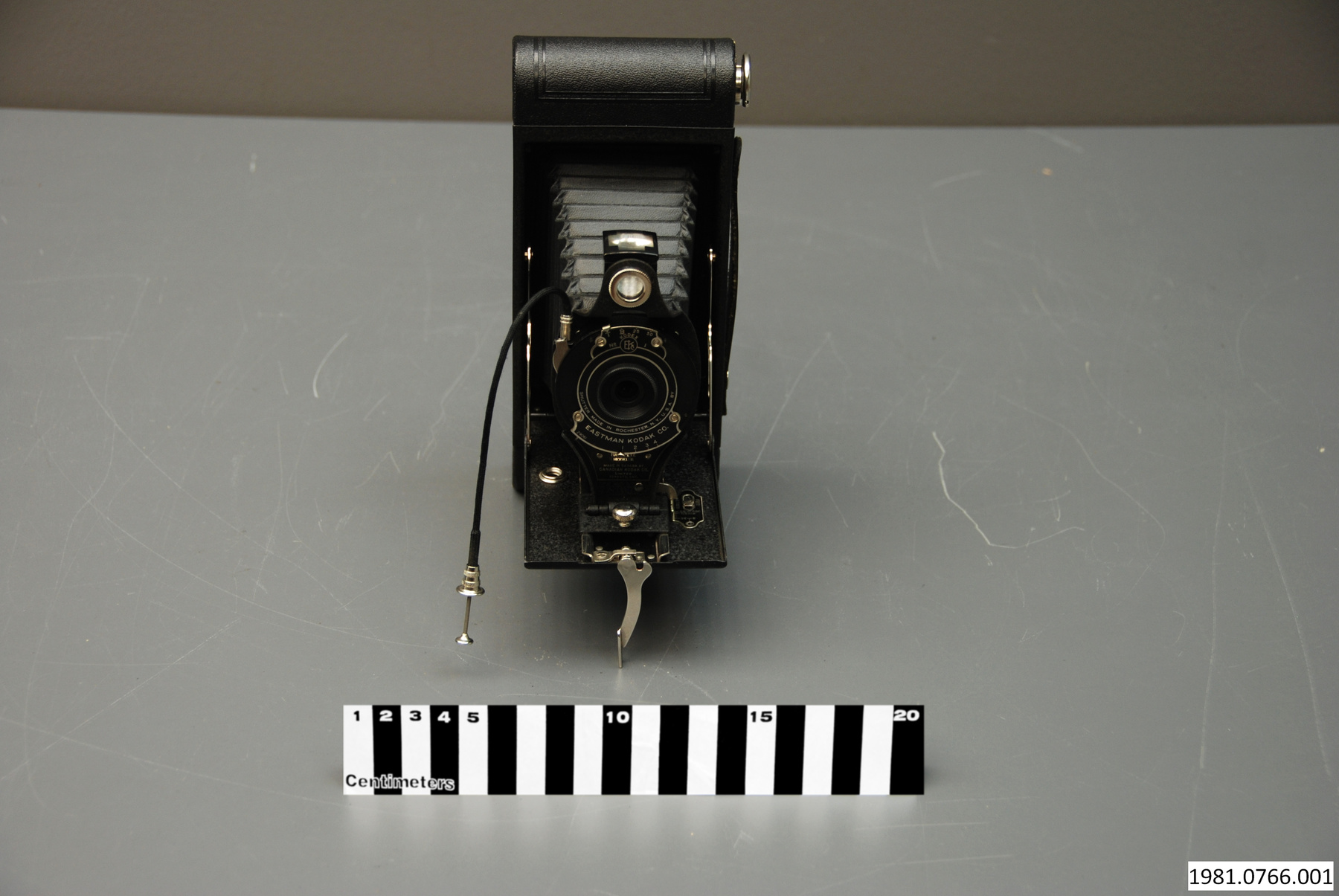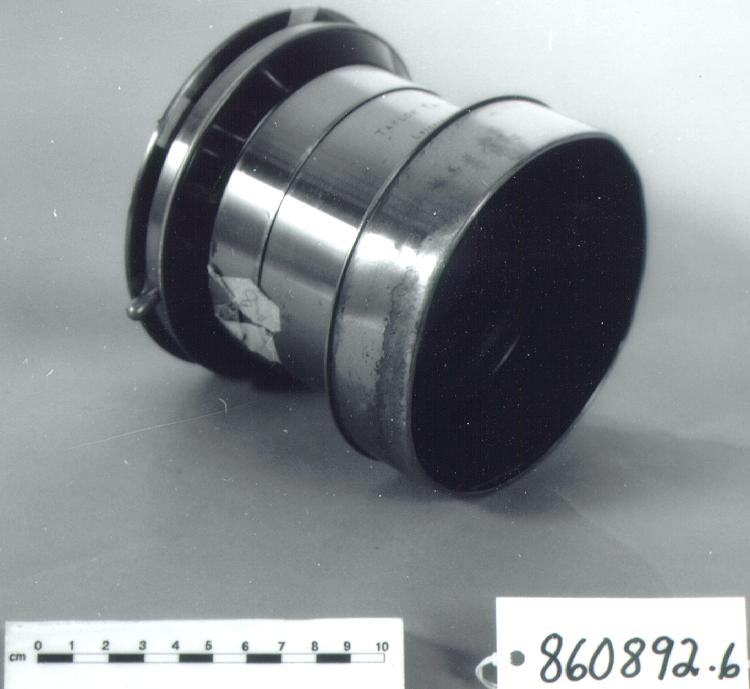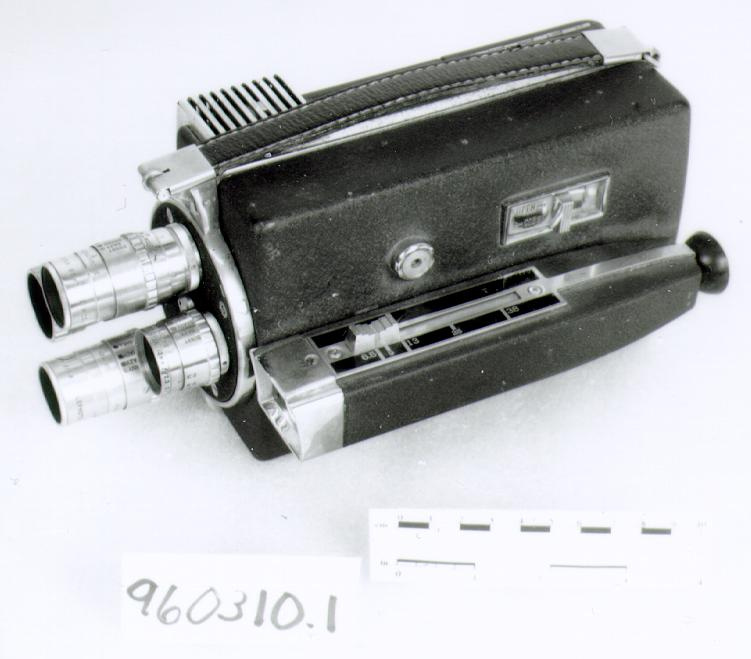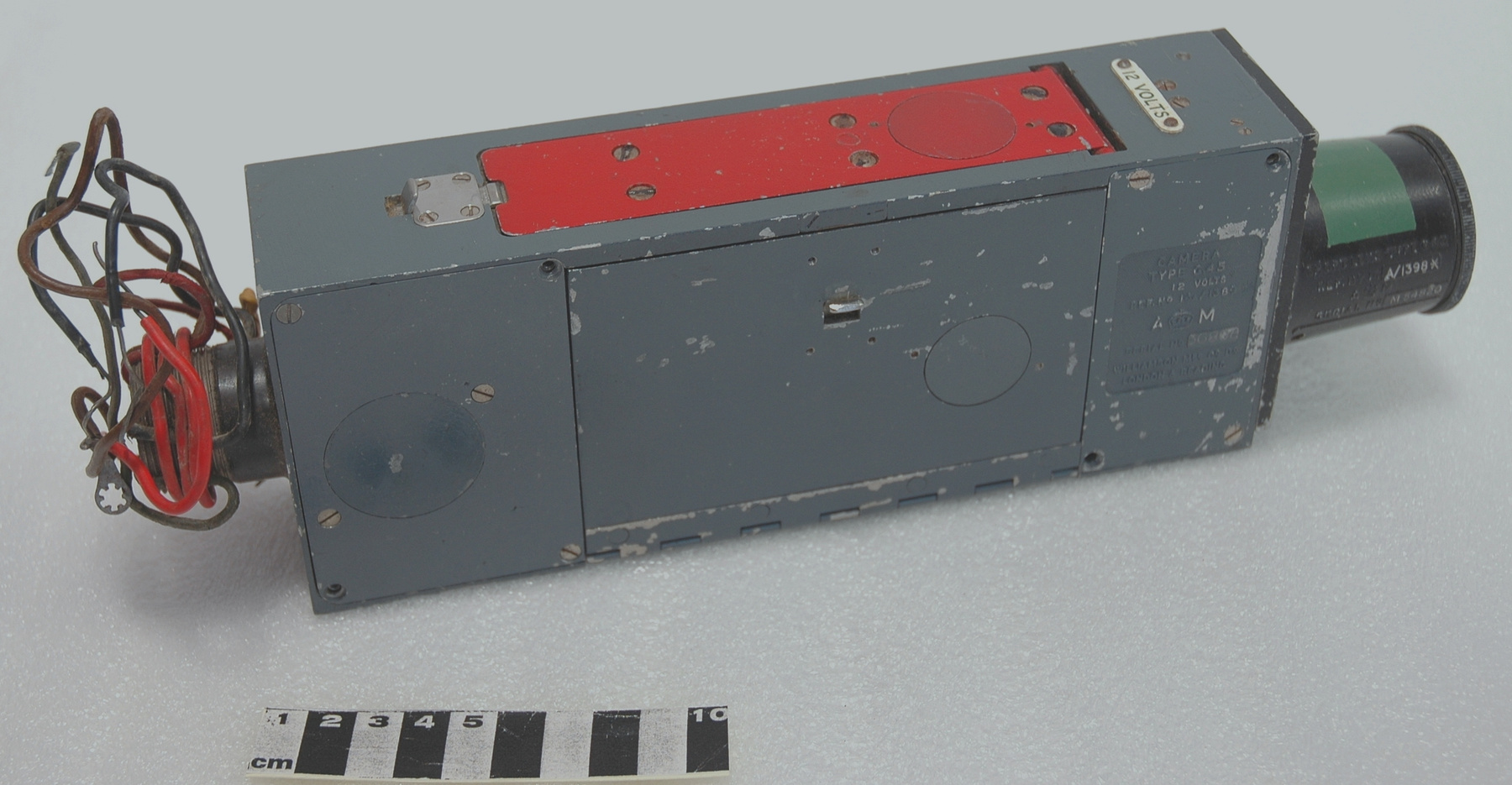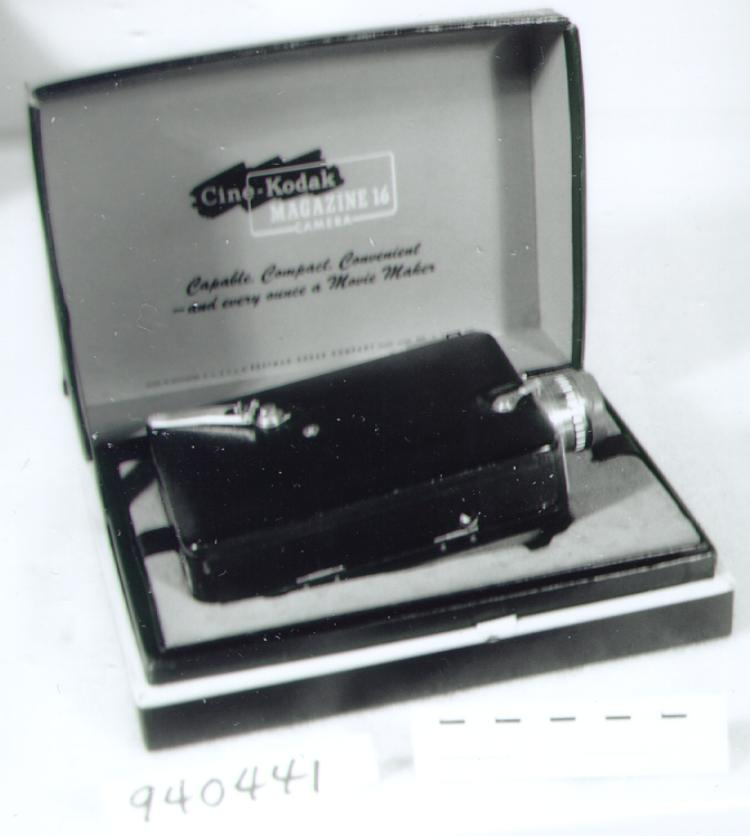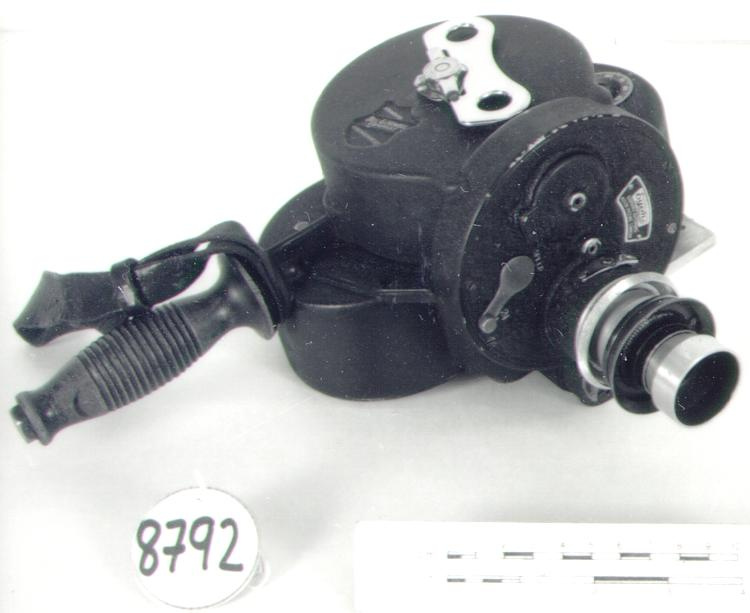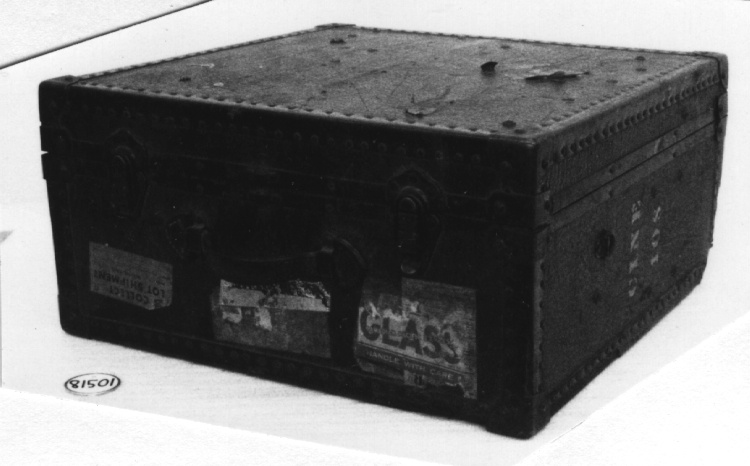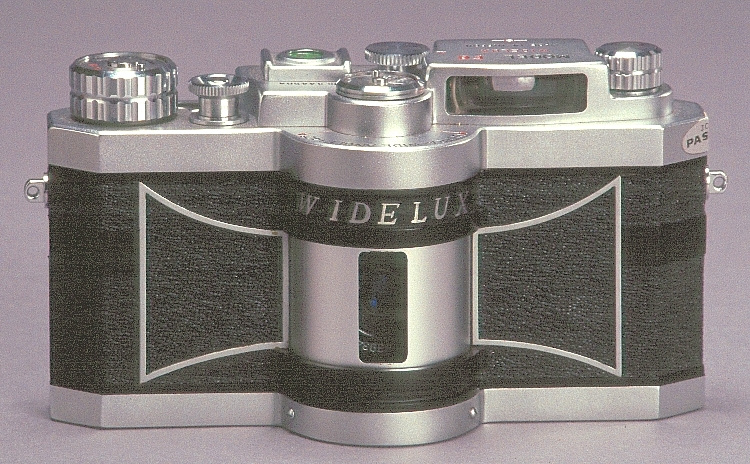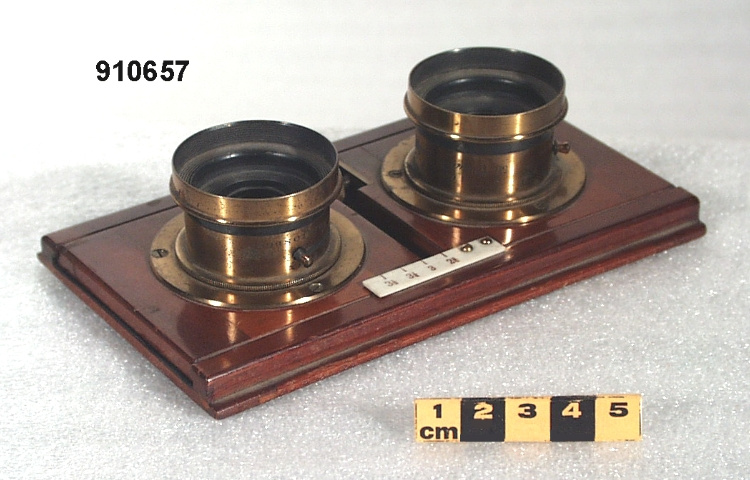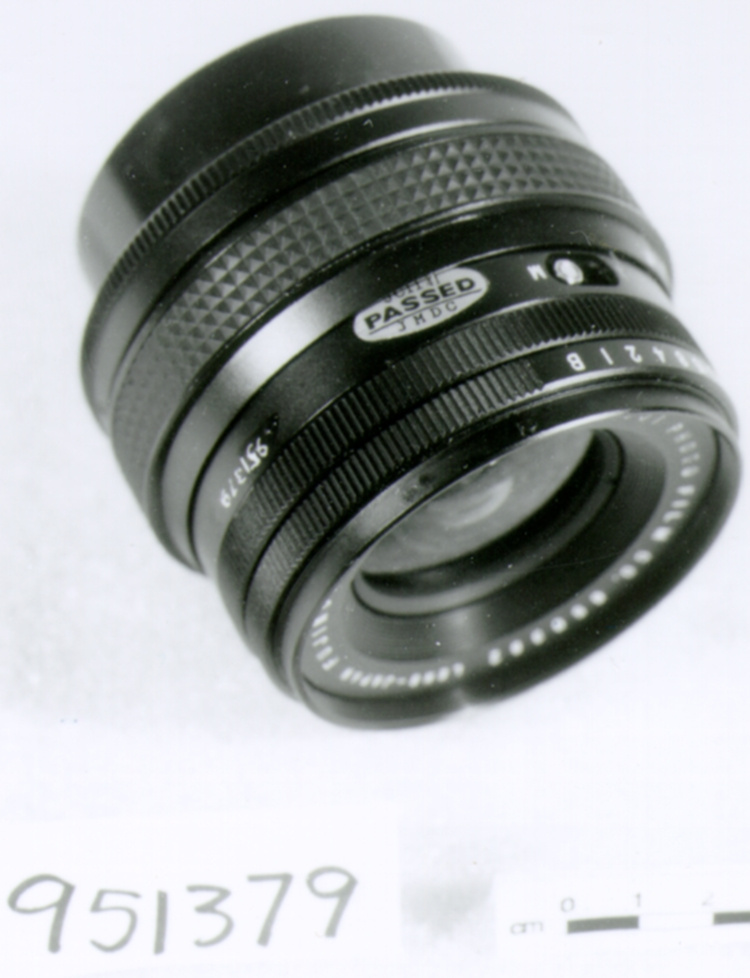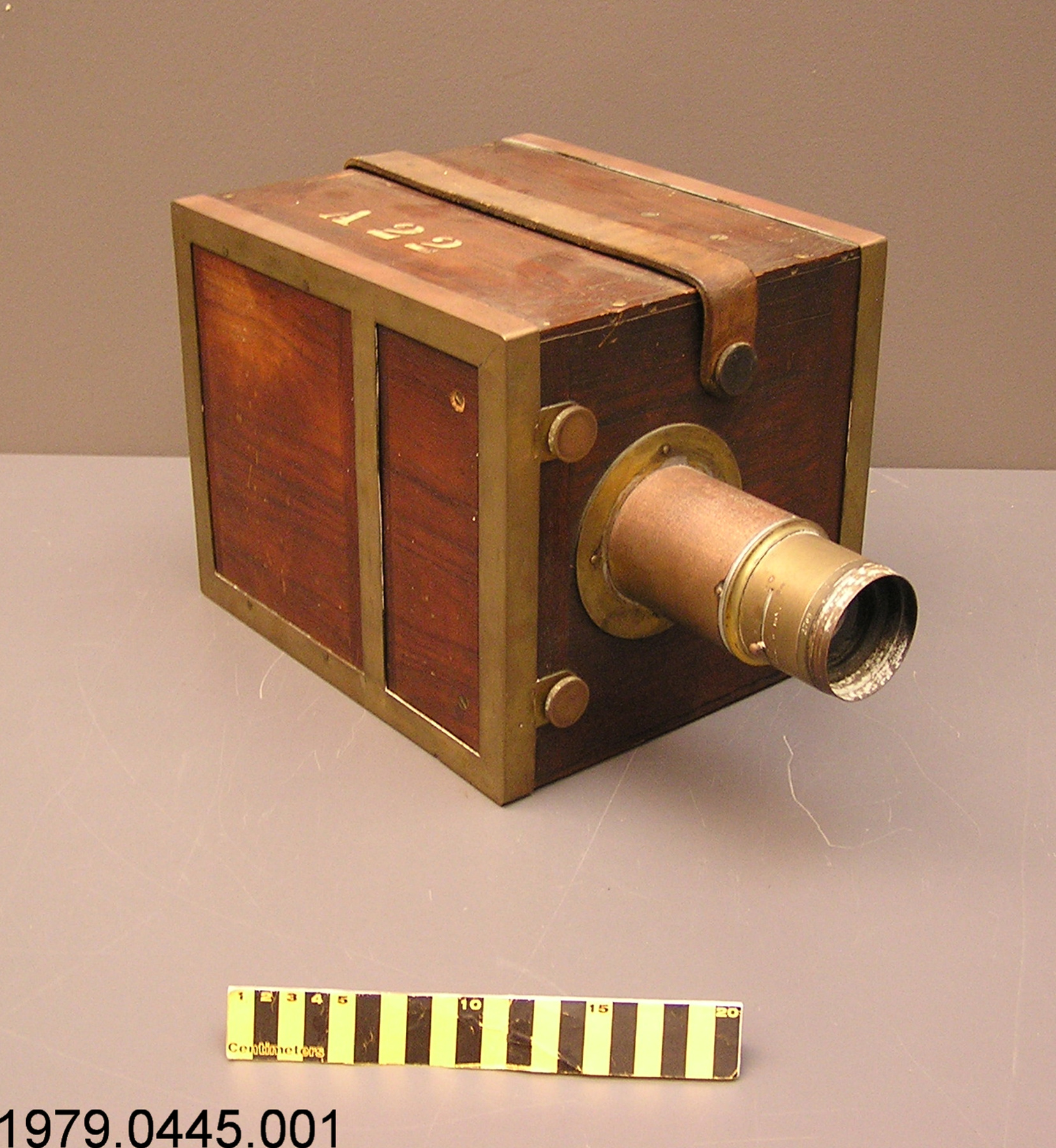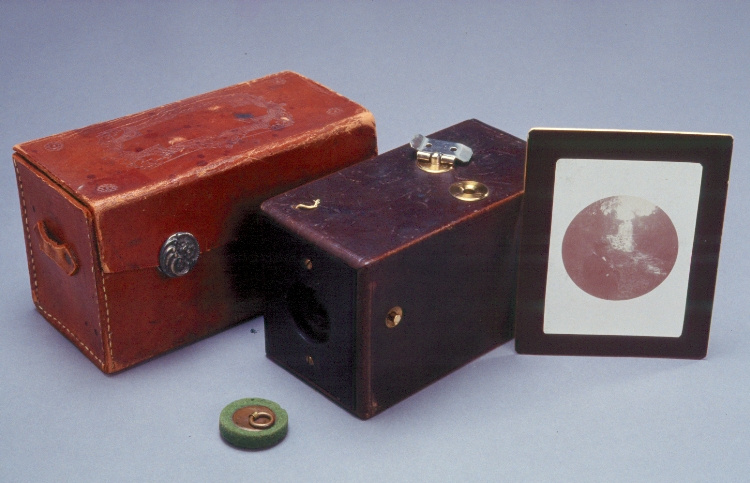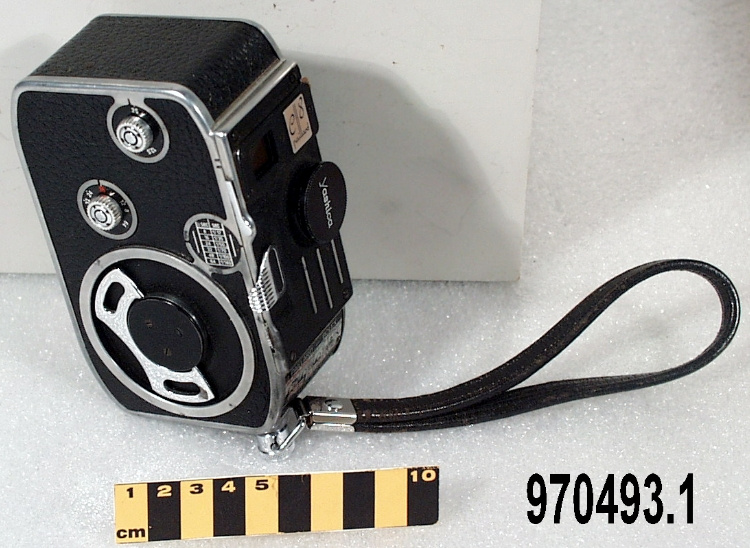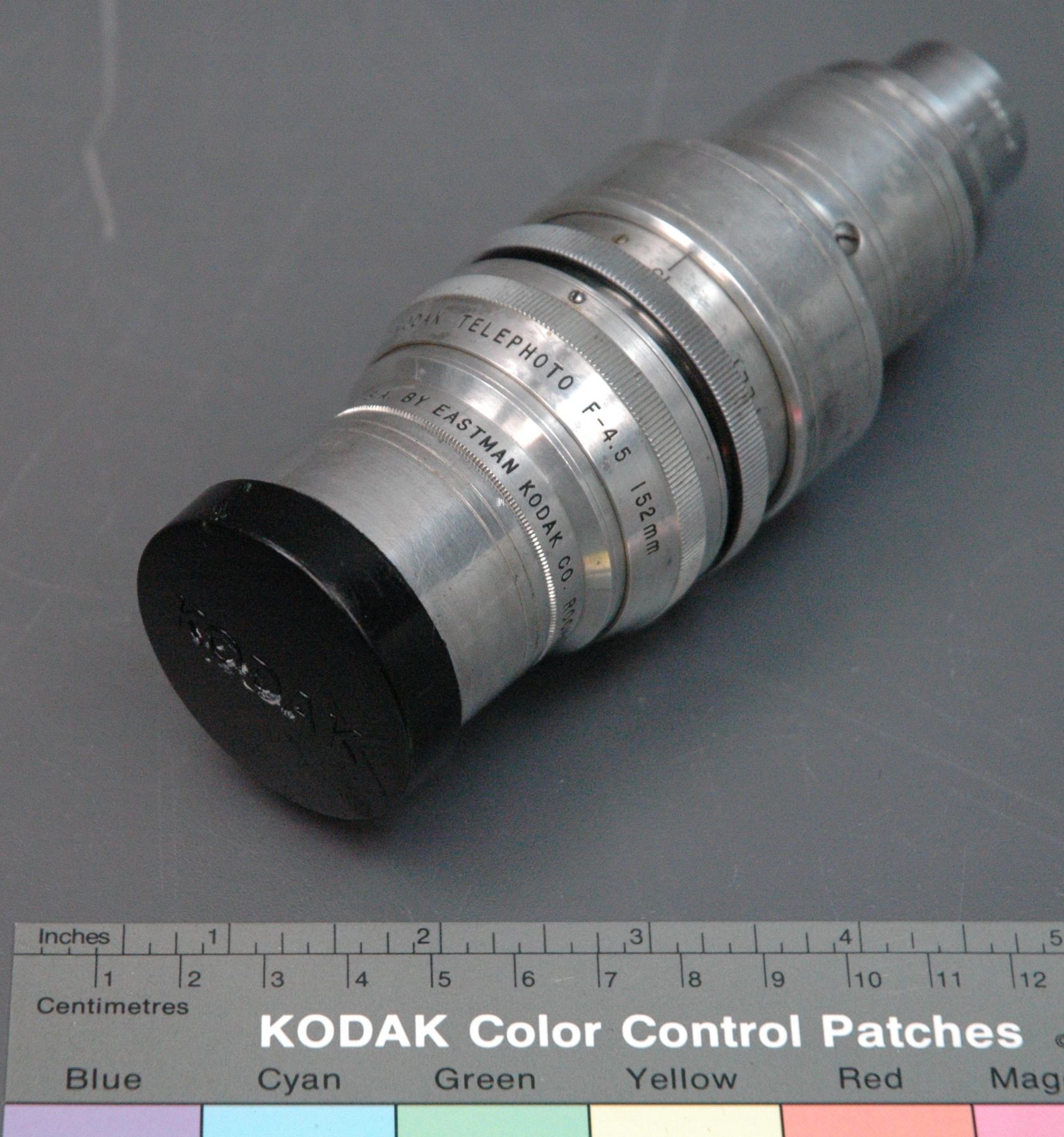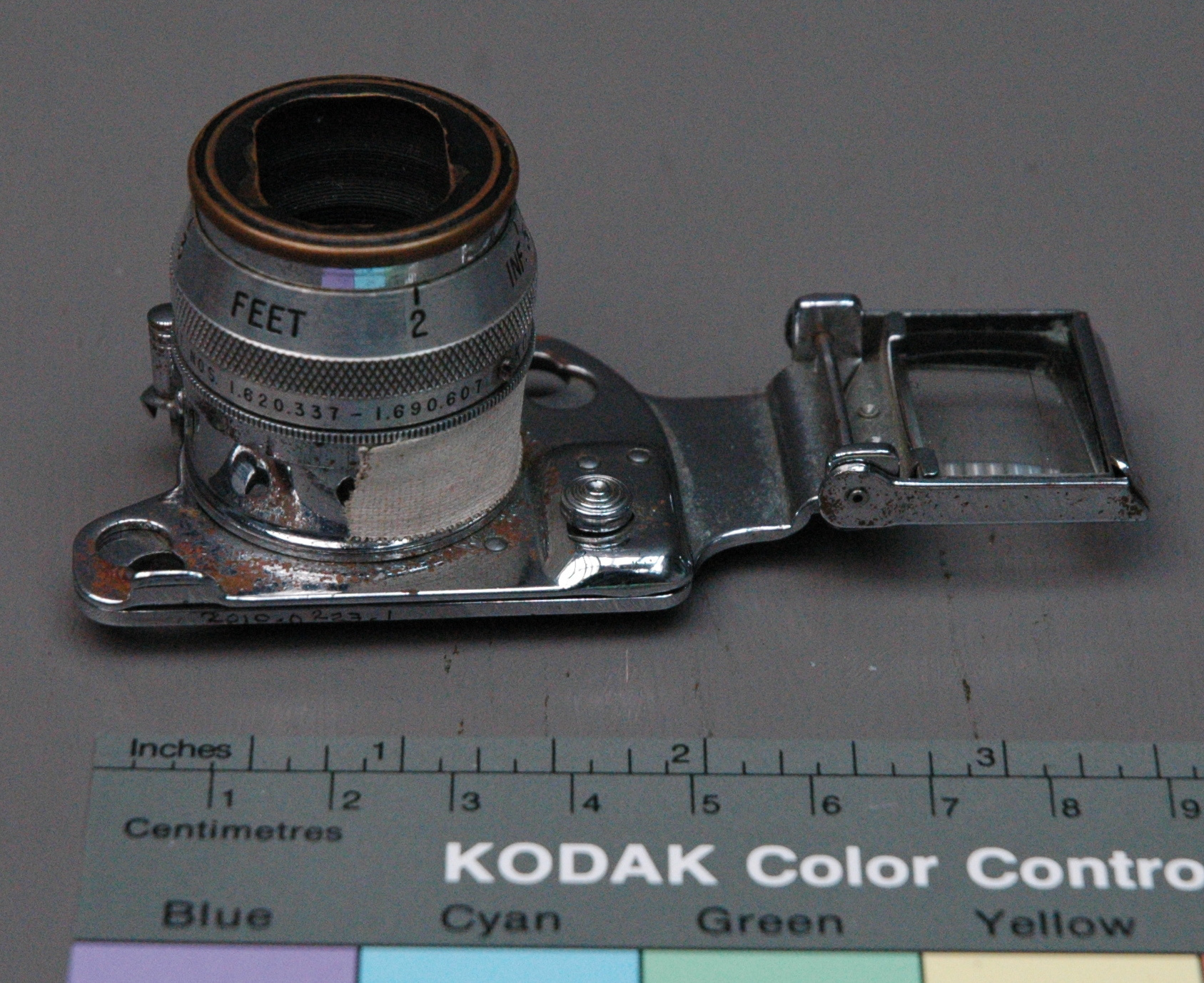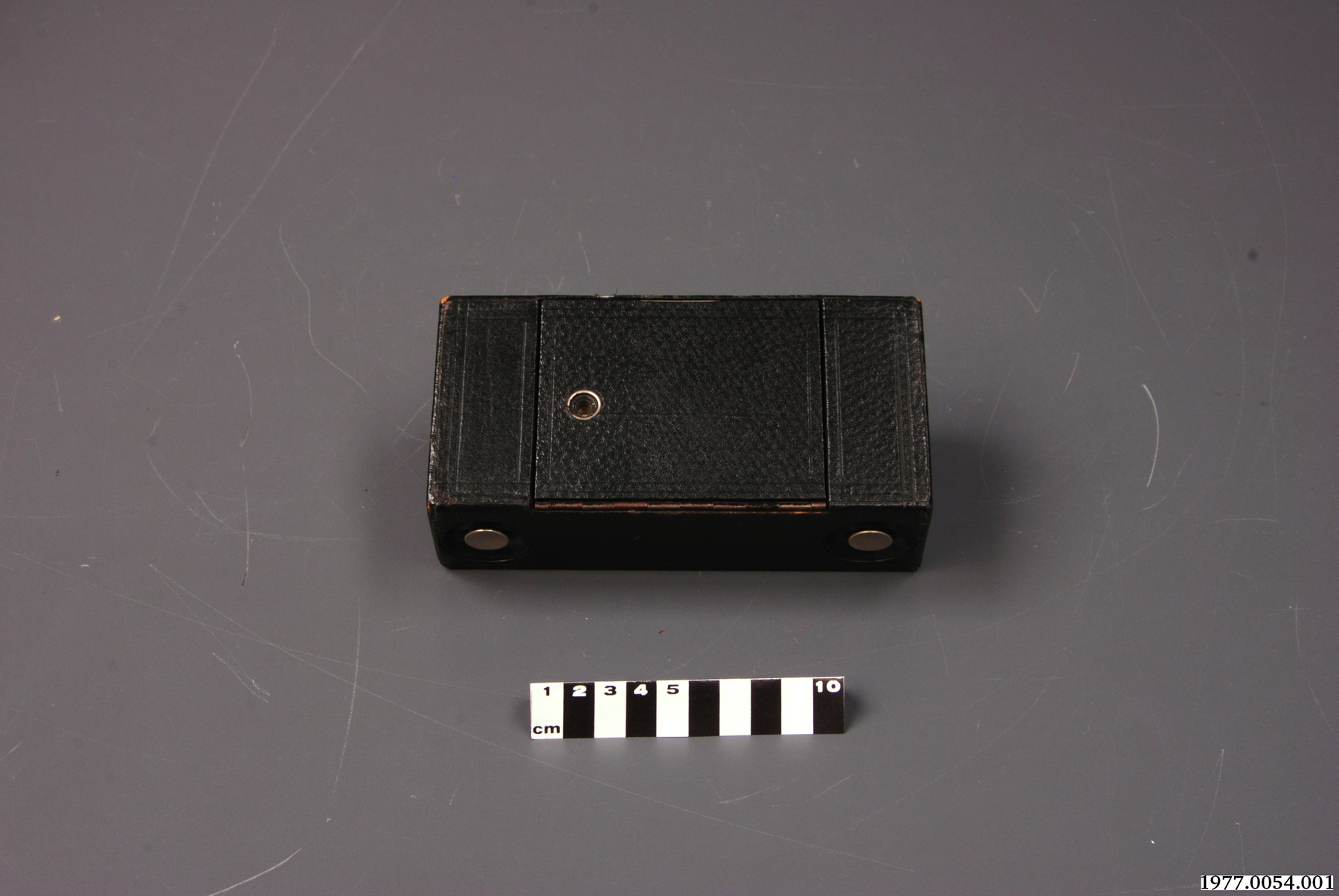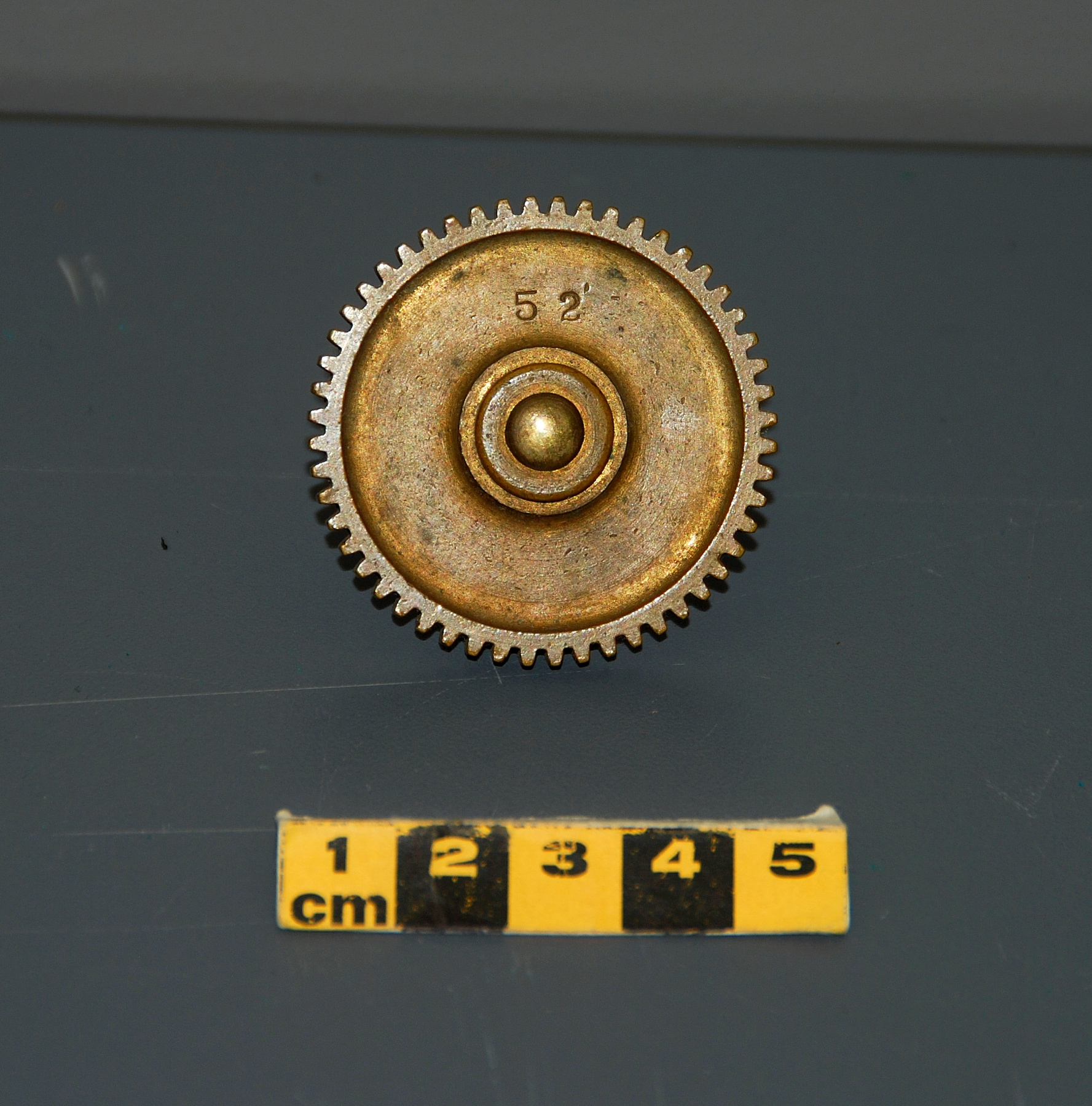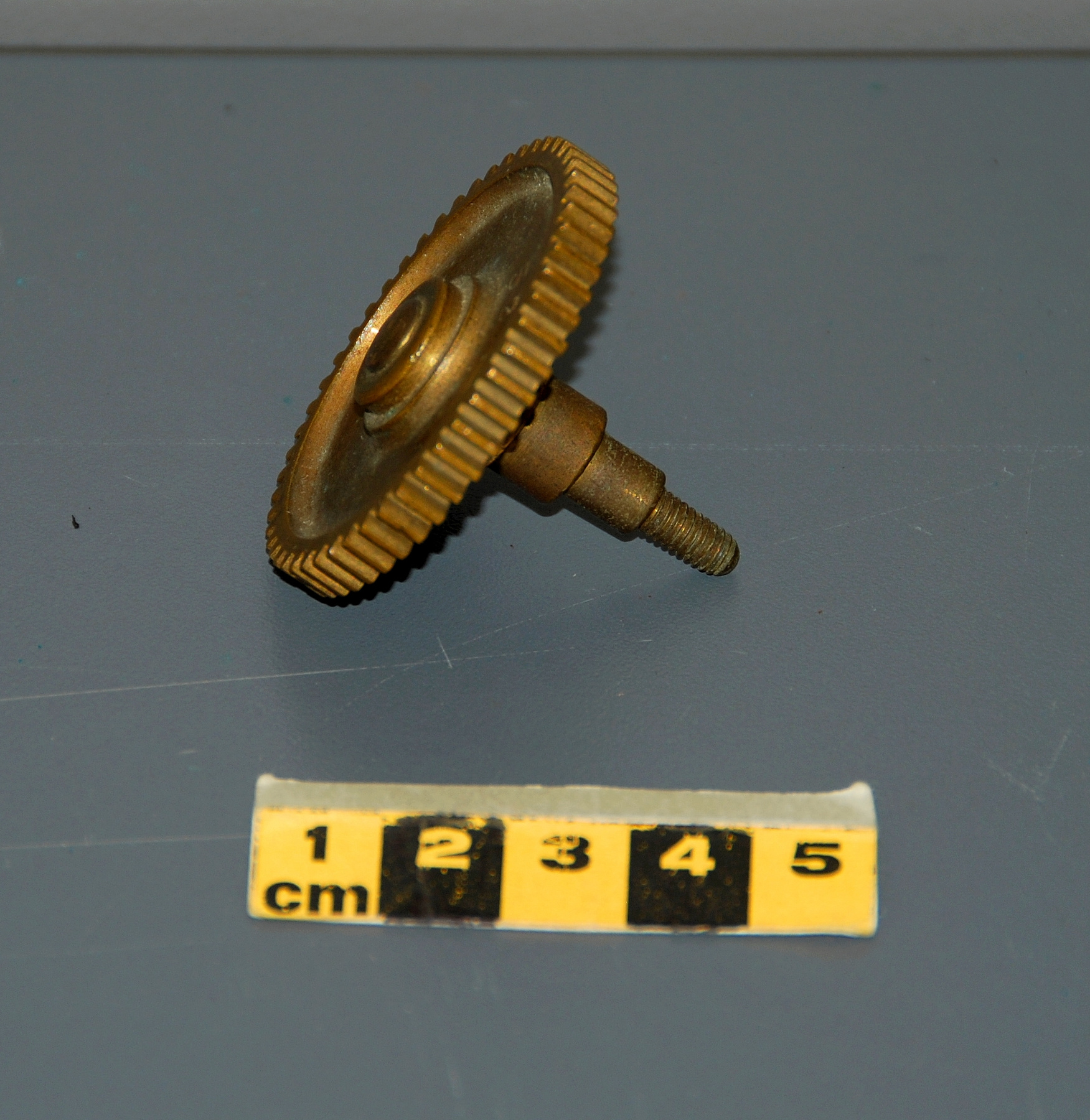Wheel, gear
Use this image
Can I reuse this image without permission? Yes
Object images on the Ingenium Collection’s portal have the following Creative Commons license:
Copyright Ingenium / CC BY-NC-ND (Attribution-NonCommercial 4.0 International (CC BY-NC 4.0)
ATTRIBUTE THIS IMAGE
Ingenium,
2013.0126.003
Permalink:
Ingenium is releasing this image under the Creative Commons licensing framework, and encourages downloading and reuse for non-commercial purposes. Please acknowledge Ingenium and cite the artifact number.
DOWNLOAD IMAGEPURCHASE THIS IMAGE
This image is free for non-commercial use.
For commercial use, please consult our Reproduction Fees and contact us to purchase the image.
- OBJECT TYPE
- camera
- DATE
- 1908–1910
- ARTIFACT NUMBER
- 2013.0126.003
- MANUFACTURER
- Unknown
- MODEL
- 52
- LOCATION
- Unknown
More Information
General Information
- Serial #
- N/A
- Part Number
- 3
- Total Parts
- 16
- AKA
- N/A
- Patents
- N/A
- General Description
- Brass gear
Dimensions
Note: These reflect the general size for storage and are not necessarily representative of the object's true dimensions.
- Length
- N/A
- Width
- N/A
- Height
- 3.7 cm
- Thickness
- N/A
- Weight
- N/A
- Diameter
- 4.35 cm
- Volume
- N/A
Lexicon
- Group
- Photography
- Category
- Still cameras
- Sub-Category
- N/A
Manufacturer
- AKA
- Unknown
- Country
- Unknown
- State/Province
- Unknown
- City
- Unknown
Context
- Country
- Canada
- State/Province
- Ontario
- Period
- Kitchener-Waterloo area
- Canada
-
Taken from Acquisition proposal, Ref #1: This Cirkut Panoramic Outfit was, according to more than one source, owned and used by Ernest Denton (1883-1957), one of the best-known panoramic photographers in the Kitchener-Waterloo area who operated the Denton Photo Studio in Berlin from about 1912 to 1955. Mr. Dolph Bogad, the donor, working at the time for Forde Studio acquired the Denton camera sometime in the 1970’s. The Grace Schmidt Room of Local History Digital Collection, Kitchener Public Library has two photos of what is believed to be this Denton camera in their archives (P009947, P009948). However, it is noteworthy to single out two Canadians, John Robert Connon and William James Johnston who contributed to the development of the Cirkut Panoramic camera. John Connon (1862-1931), a photographer from Elora, in the county of Wellington, Ontario obtained on August 21, 1888 patent no. 30,143 for «certain new and useful improvements in photographic instruments … to arrange a photographic instrument by which a continuous panoramic view … may be produced». His first panoramic photo, using a cycloramic-type camera was of the town of Elora in 1887. The “Connons of Elora” are well documented in the Wellington County Museum and Archives with object, iconographic, and archival records. For future investigation, the Connon Family Fonds at Library Archives Canada would indicate a possible reference to correspondence between Connon and George Eastman. In addition, references were found of the C.P. Stirn “Wonder Panoramic Camera” designed by J.R. Connon. In 2007, the Royal Canadian Mint issued a $30 silver coin commemorating Connon for his invention of the panoramic camera. William J. Johnston (1856–1941) was born Canadian in Portsmouth, Ontario, and travelled to Wyoming as a young man. He is in the US about 1870 to 1905 where he obtained two patents for panoramic cameras: 1. Patent no. 776,403 on November 29, 1904 for having invented «certain new and useful improvements in panoramic cameras». Noteworthy in this Cirkut Outfit, is the patent stamp on the inside of the panoramic attachment “PATENTED NOV. 29, 1904, USA AND FOREIGN” effectively confirming Johnston’s patent, and Canadian content; and 2. Patent no. 780,351, obtained January 17, 1905 for a «Camera Revolving Apparatus» for improvements of his first design. Johnston is one of the principals in the Rochester Panoramic Camera Co. at the same time as David A. Reavill, a lawyer with no apparent technical background but credited with a patent for the first commercially manufactured No. 10 model Cirkut panoramic camera. Johnston moves back to Canada in 1905 following the demise of this company. In 1907 he founds the Panoramic Camera Company of Canada in Toronto where he sets up and photographs groups such as the University of Toronto, the Quebec Tercentennial, and Regimental battalions going over-seas during WW I to name a few. In addition, Johnston has connections with two notable panoramic photo collections: the Library Archives Canada Andrew Merrilees Collection of 360,000 negatives and prints that are much credited to the work of the Panoramic Camera Company of Canada, and the W.M. Thompson Freeland Panoramas discovered in 2003, whose “Negative Copyright, Canada 1910 by Panoramic Camera Company of Can”, suggests according to Landsdale (PHSC), that W.J. Johnston was likely the original creator of the Freeland Panorama negatives. The Freeland Panoramas, one Winter and one Summer scene (below) of Niagara Falls from the Canadian side measure 18 feet long by 28 inches wide and bear the inscription “Largest One-Piece-One-Exposure Photo-Enlargement In The World”. William J. Johnston dies almost penniless in a Toronto rooming house in 1941. - Function
-
Camera rotates on the tripod head to take long photographs. Gear wheel used with the film box. - Technical
-
Taken from Acquisition proposal, Ref #1: This No. 8 Century Cirkut Panoramic Outfit is adaptable in one of two modes: i. with the panoramic attachment for panoramic photos 3600 that use film 8-inches wide and any length up to 8 feet; and ii. for use as a regular hand camera by removing the panoramic back and installing the revolving back plate camera ground glass back. Long rotation cameras such as this Cirkut Outfit advance the film past the slit shutter as the camera itself is rotated about its axis. The earliest panoramas were Daguerrotype panoramas from inventors and innovators such as Joseph Puchberger who patented a panoramic camera in the early 1840’s. Large and expensive, Daguerrotype panoramas were succeeded by the wet-plate collodion process which stitched together anywhere from two to twelve albumen prints to form a panoramic image in the style used in the 1860’s by American Civil War photographer George Barnard. It was however the invention of flexible rolled film (paper in 1884, plastic in 1889) by George Eastman that revolutionized panoramic photography, enabling the manufacturing of panoramic cameras by innovators such as Connon, Johnston, Reavill and others. Connon “cycloramic panoramic camera”, likely the first to use flexible film, consisted of a mechanism which pivoted the camera upon the optical axis of the lens to allow the film to be in the focal plane of the lens as the instrument revolves, thereby capturing scenes with a field of view well in excess of 180o. “The object of the (Connon) invention is to arrange a photographic instrument by which a continuous panoramic view of any scene within a circle or portion of a circle may be produced; and it consists, essentially, in pivoting the photographic instrument on the optical centre or axis of the lens, and so arranging the sensitive film that as the instrument revolves the said film shall be presented to the focus of the lens exactly as required to receive the image formed by the lens, substantially as hereinafter more particularly explained .” In addition, Connon Sr. (1832-1899) is credited by his son: “with designing in 1881 what was later called a roll-holder, a device for putting gelatine emulsion onto a strip of film rather than onto glass plates. The roll-holder, however, was patented by an American inventor a few years later. ” At this writing it is unknown if the speed control on the panoramic back attachment is a fan type or governor type. Along with the serial number, which ever speed control is used could narrow or confirm a date of production. - Area Notes
-
Unknown
Details
- Markings
- Incised on top of gear is "52".
- Missing
- N/A
- Finish
- Brass gear with a threaded shaft.
- Decoration
- N/A
CITE THIS OBJECT
If you choose to share our information about this collection object, please cite:
Unknown Manufacturer, Wheel, gear, between 1908–1910, Artifact no. 2013.0126, Ingenium – Canada’s Museums of Science and Innovation, http://collection.ingeniumcanada.org/en/item/2013.0126.003/
FEEDBACK
Submit a question or comment about this artifact.
More Like This
